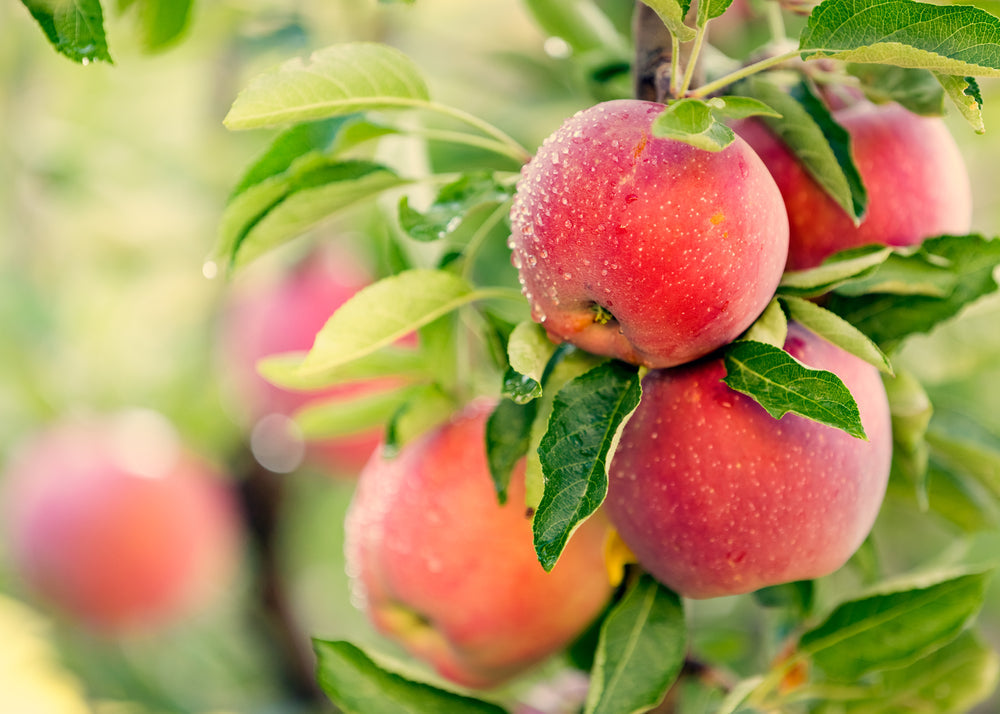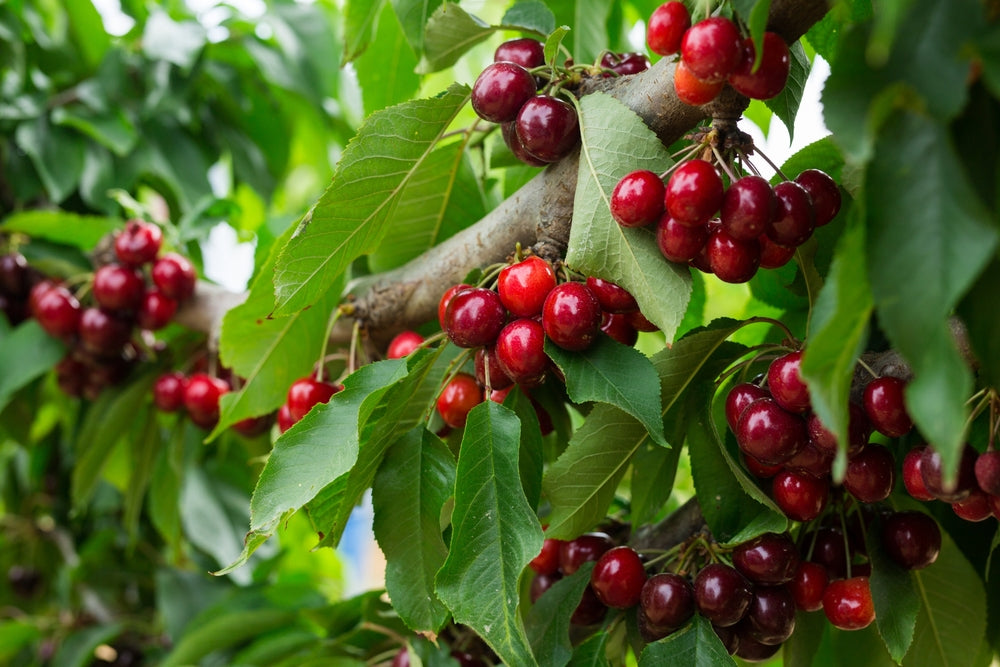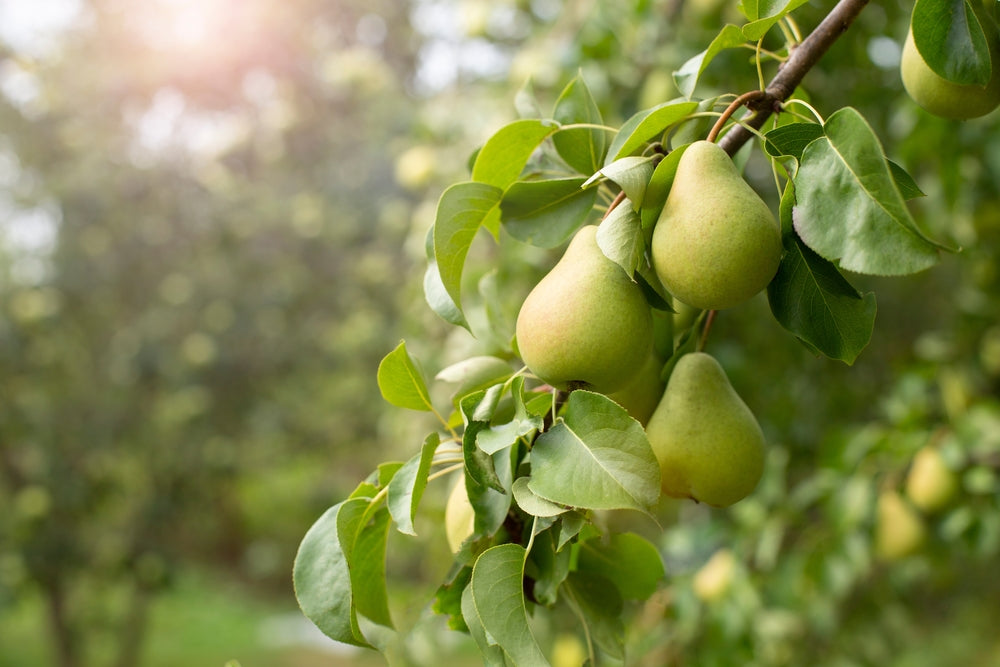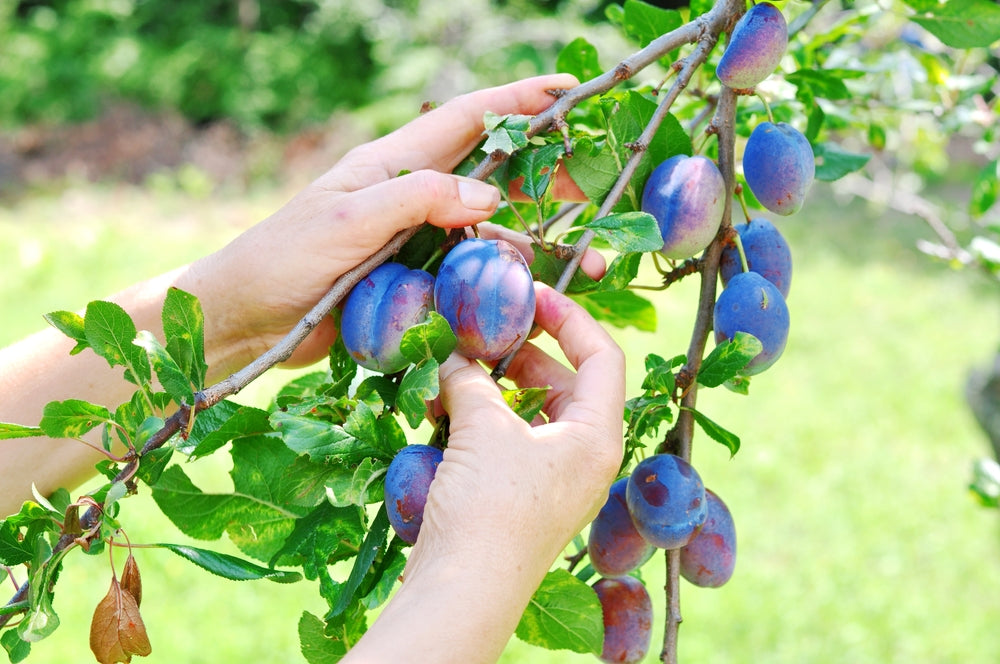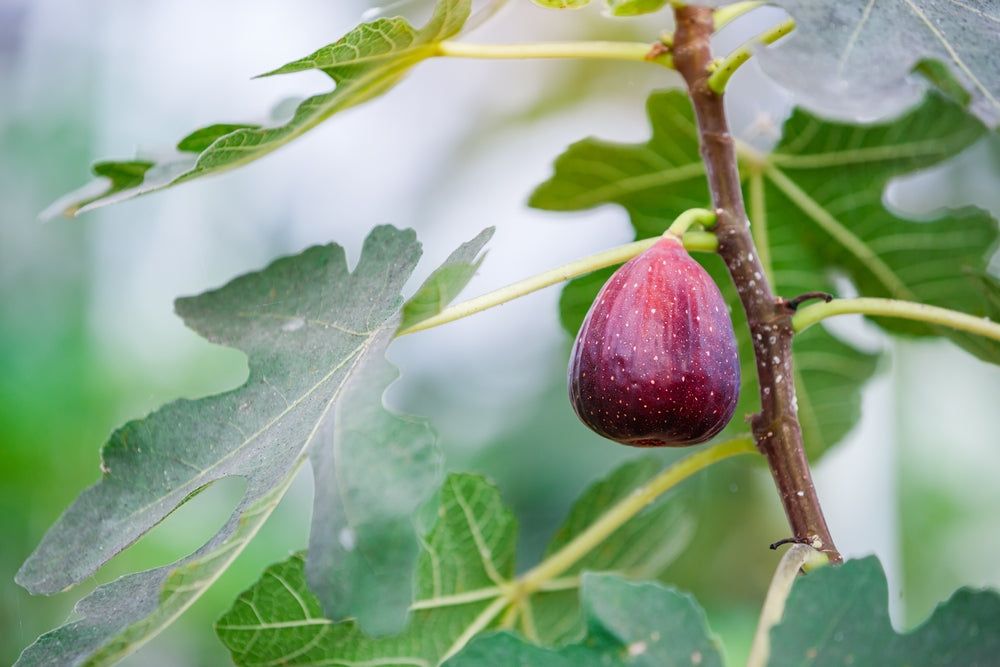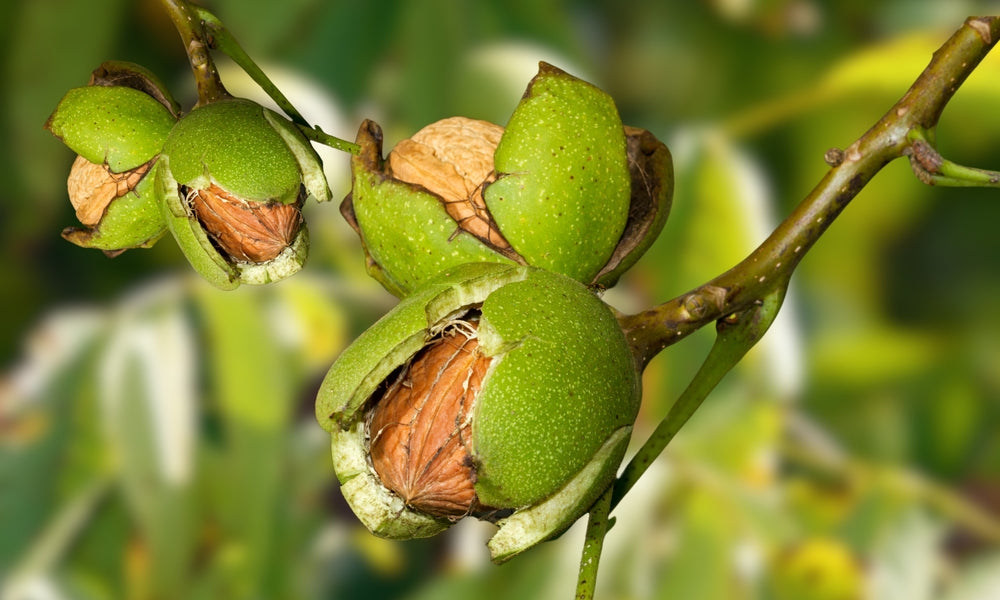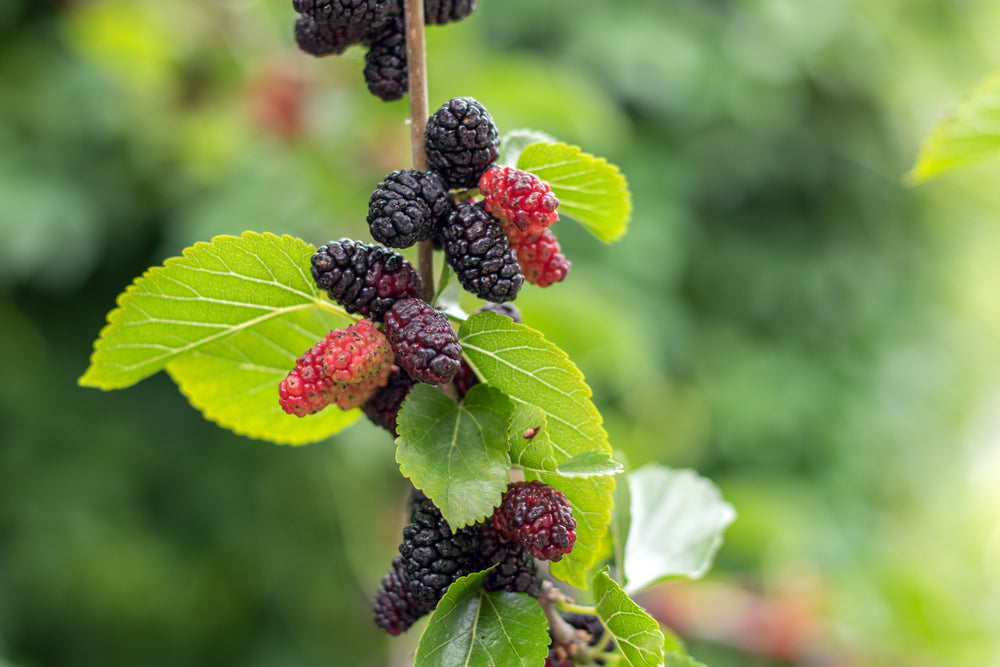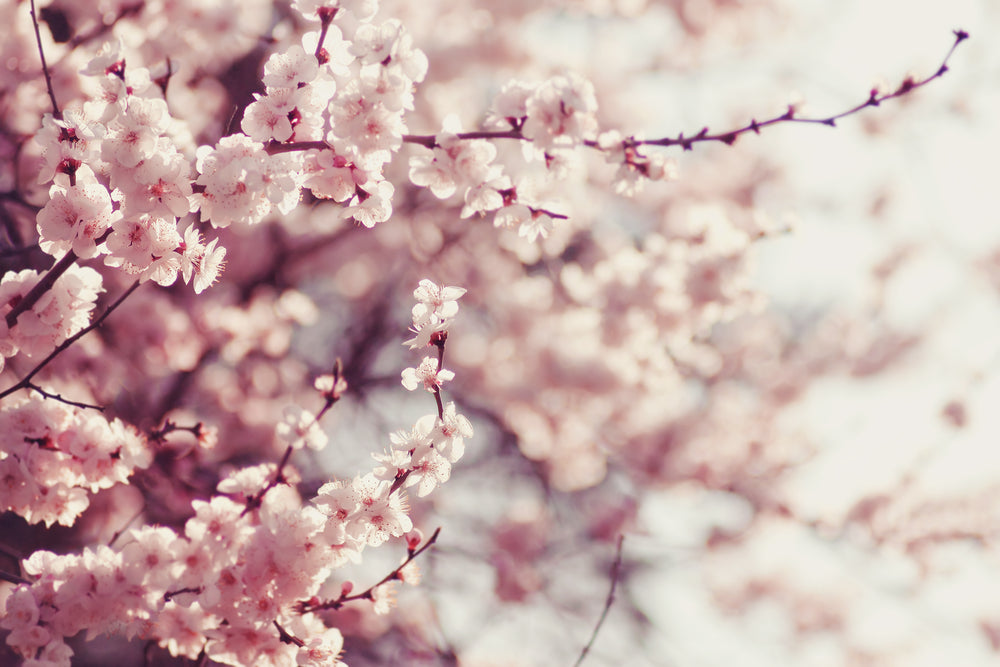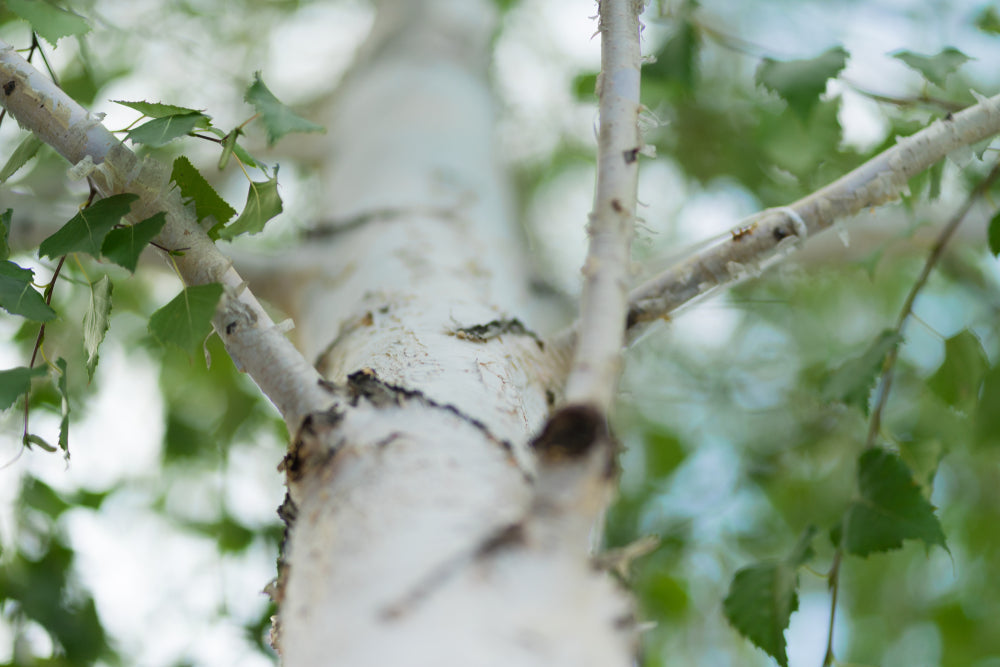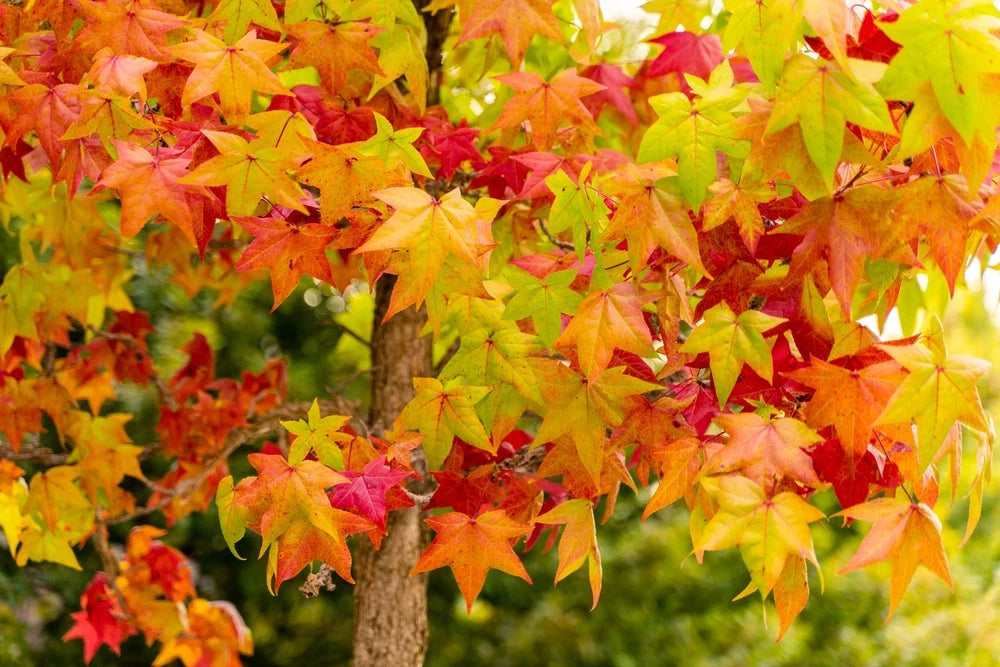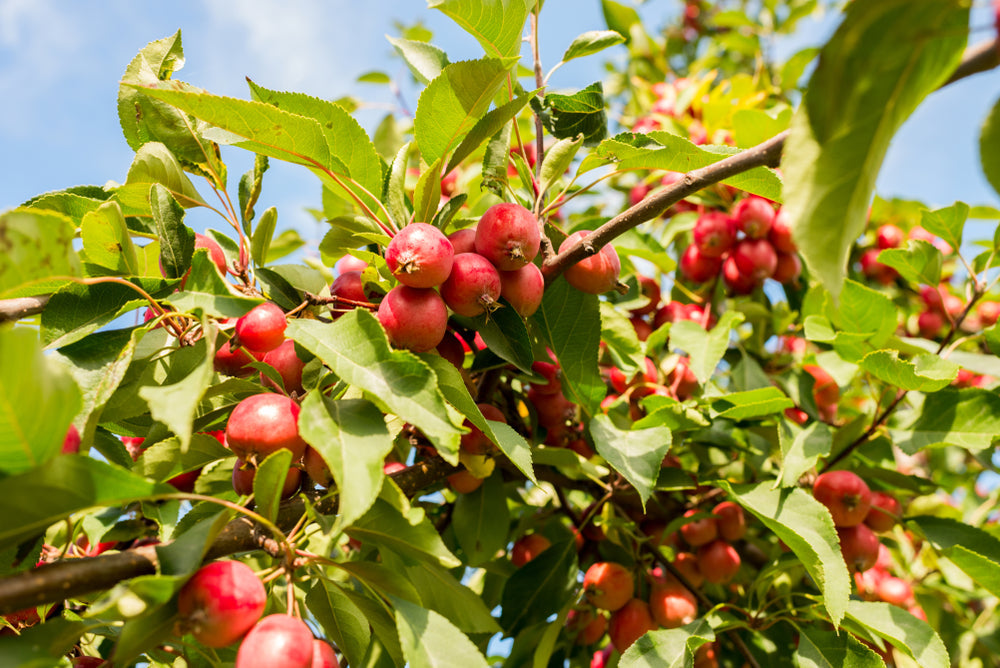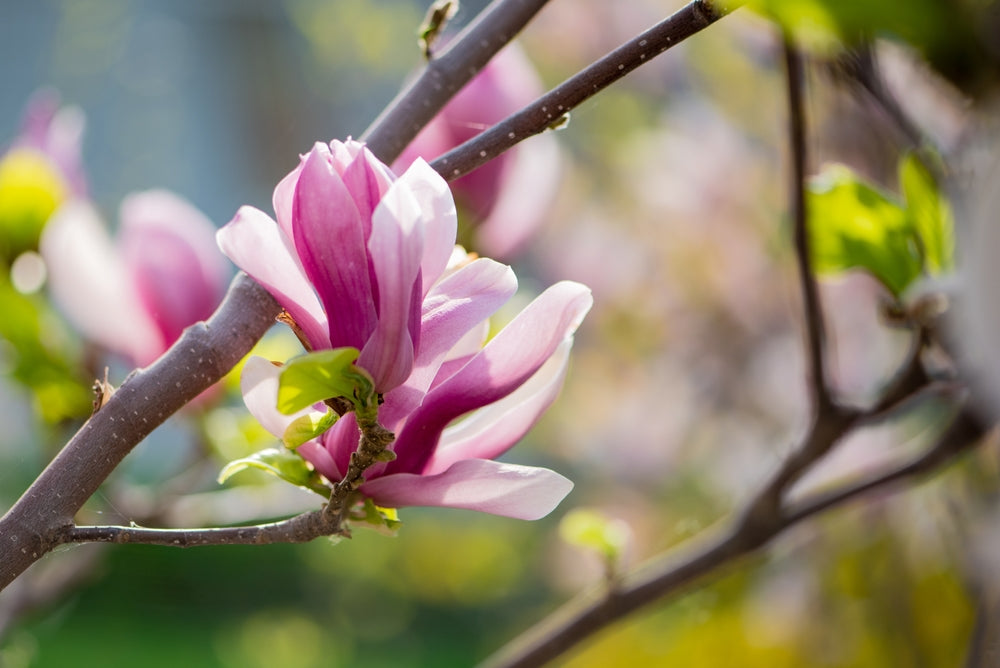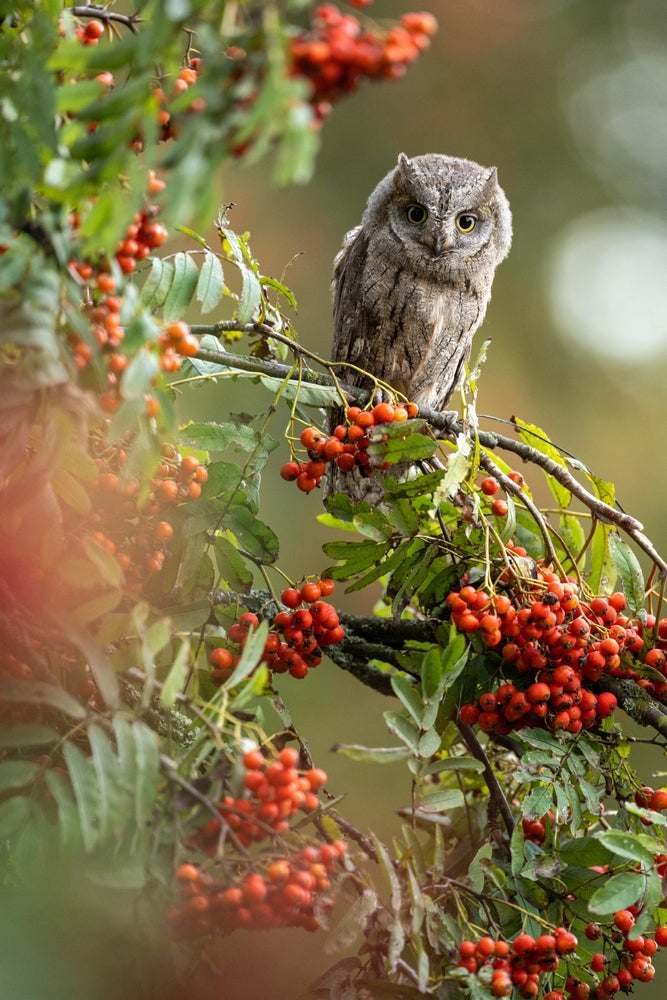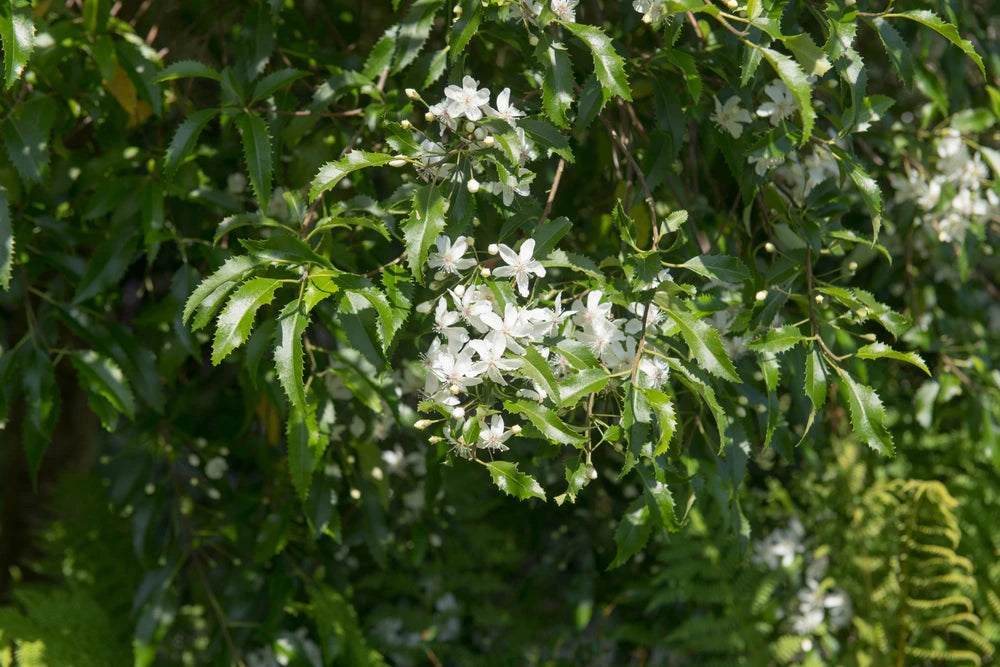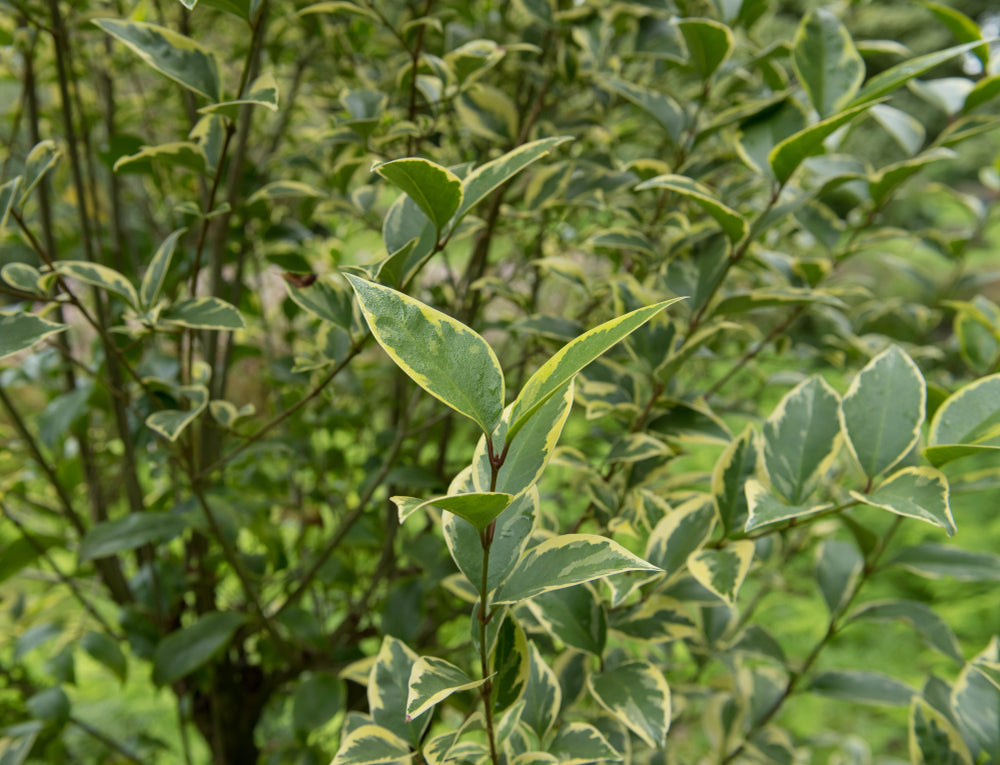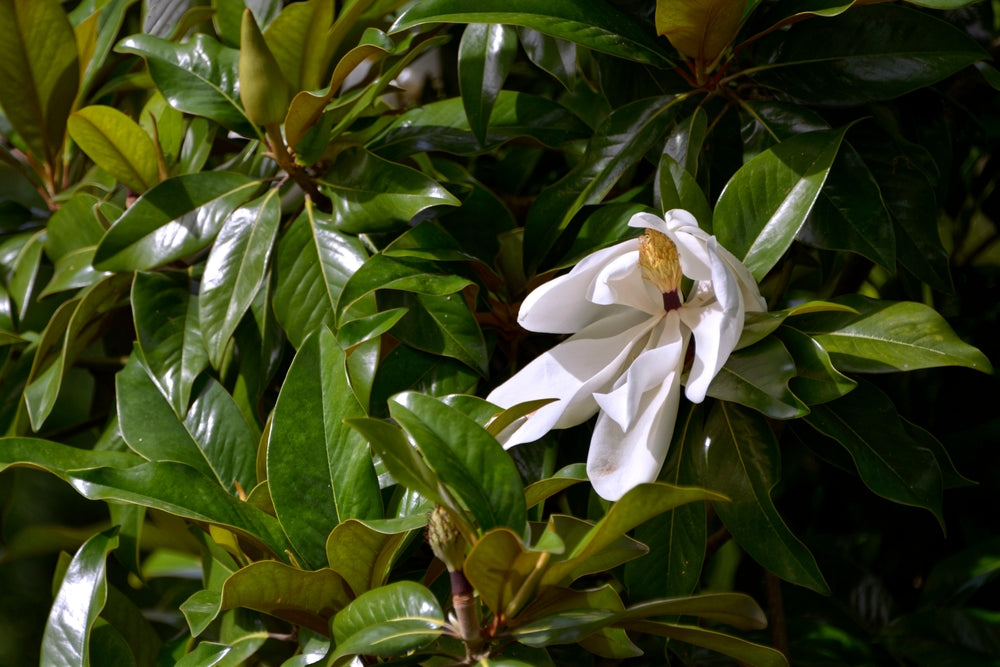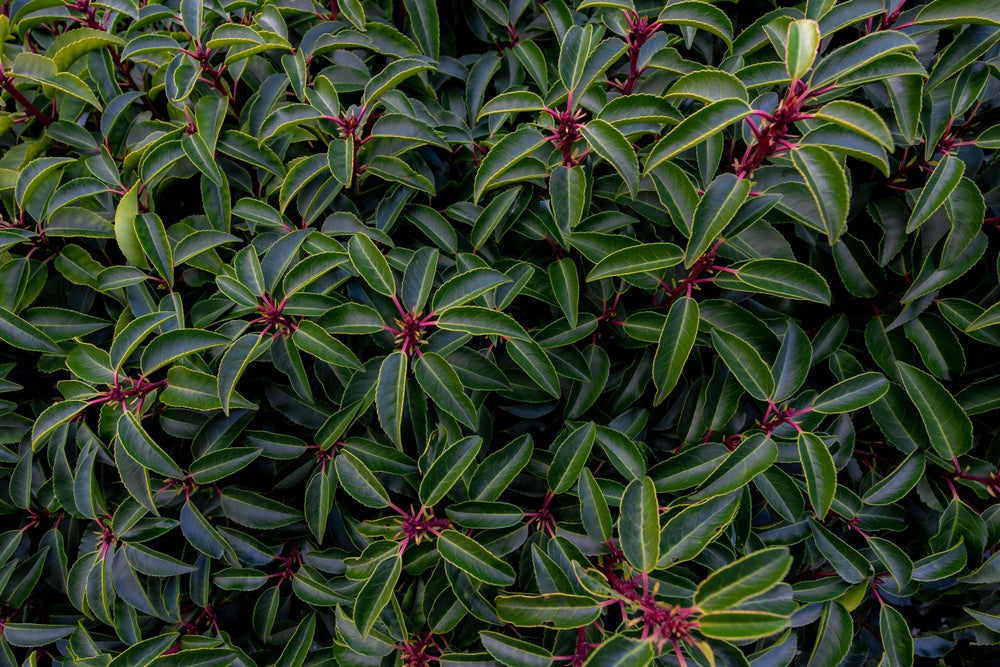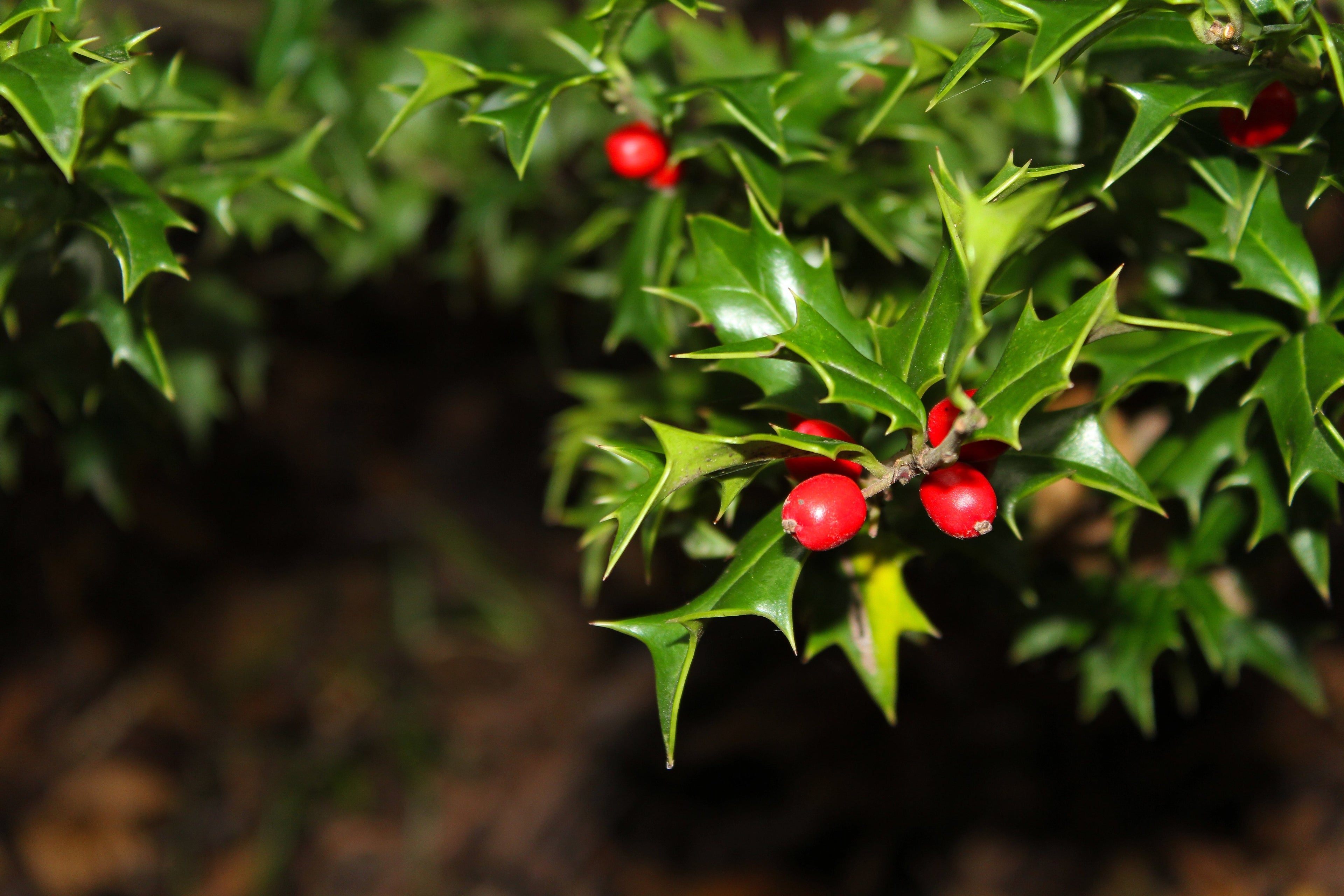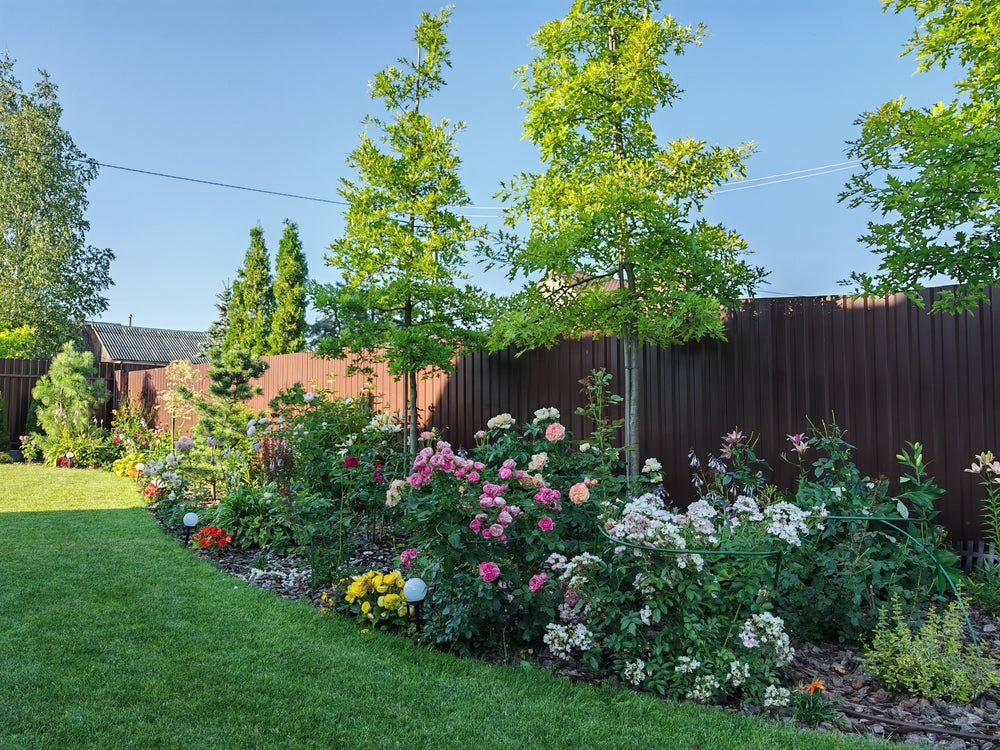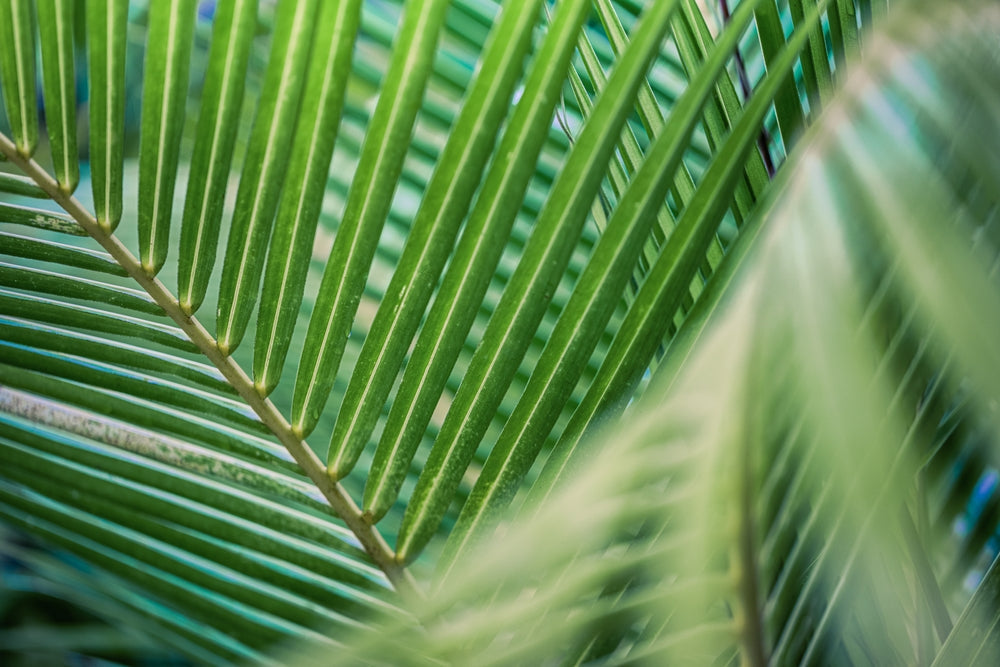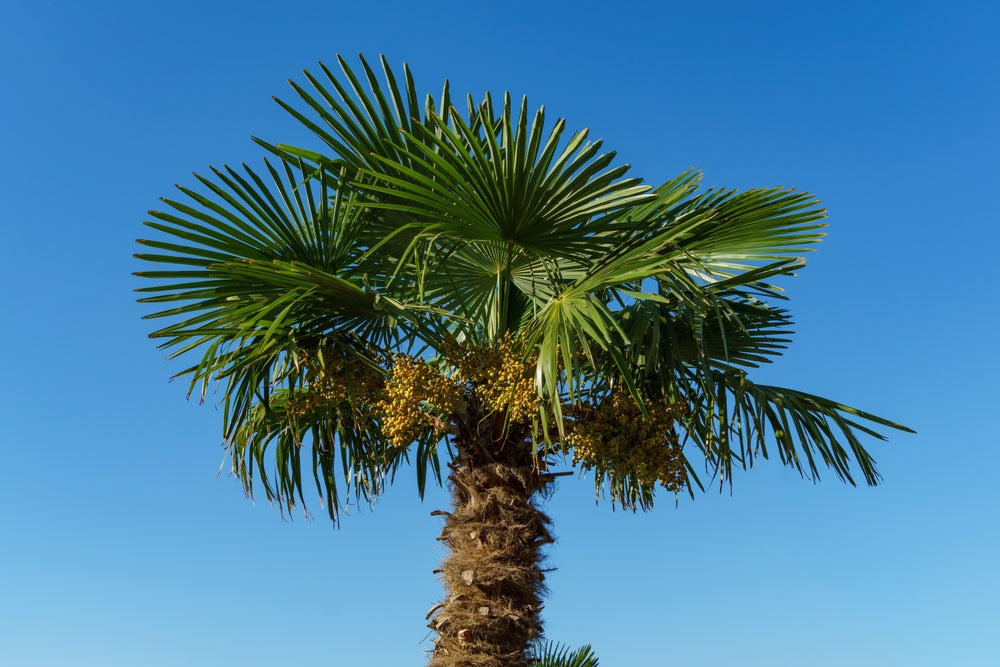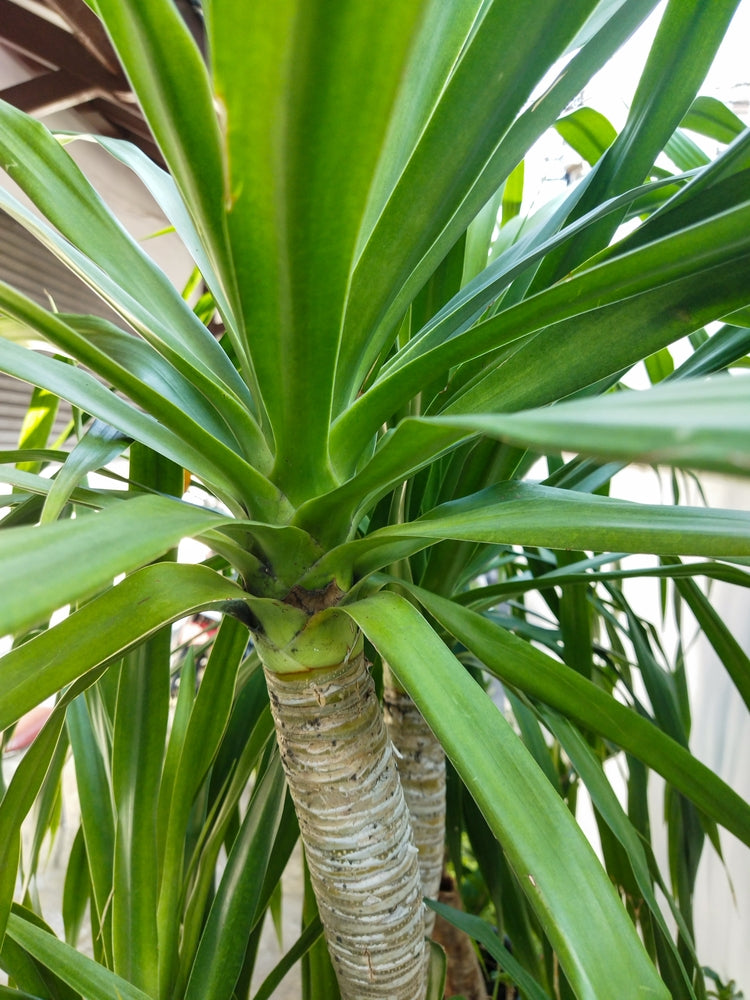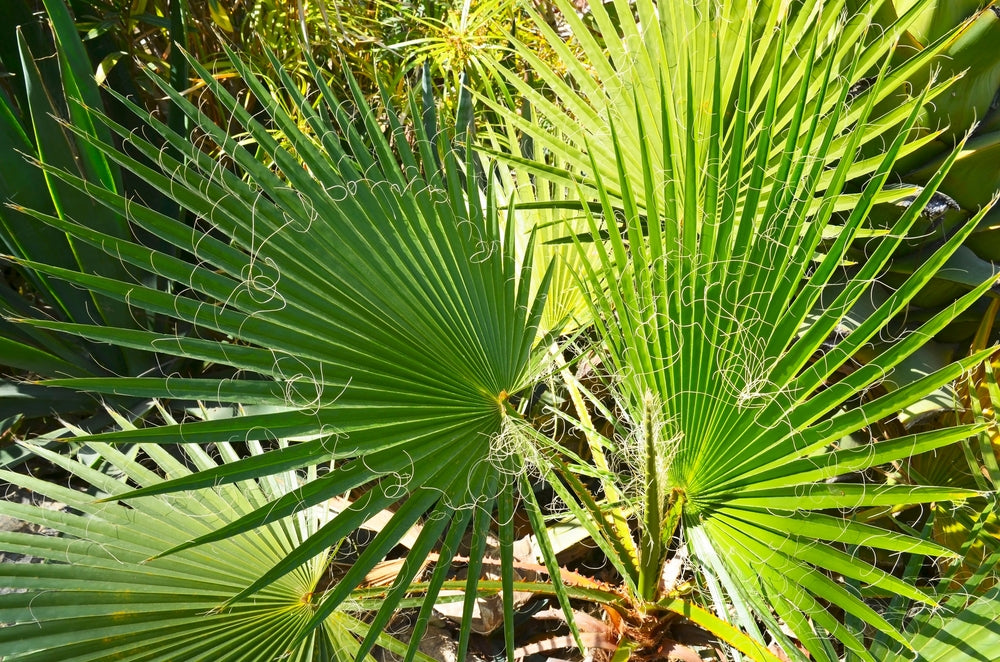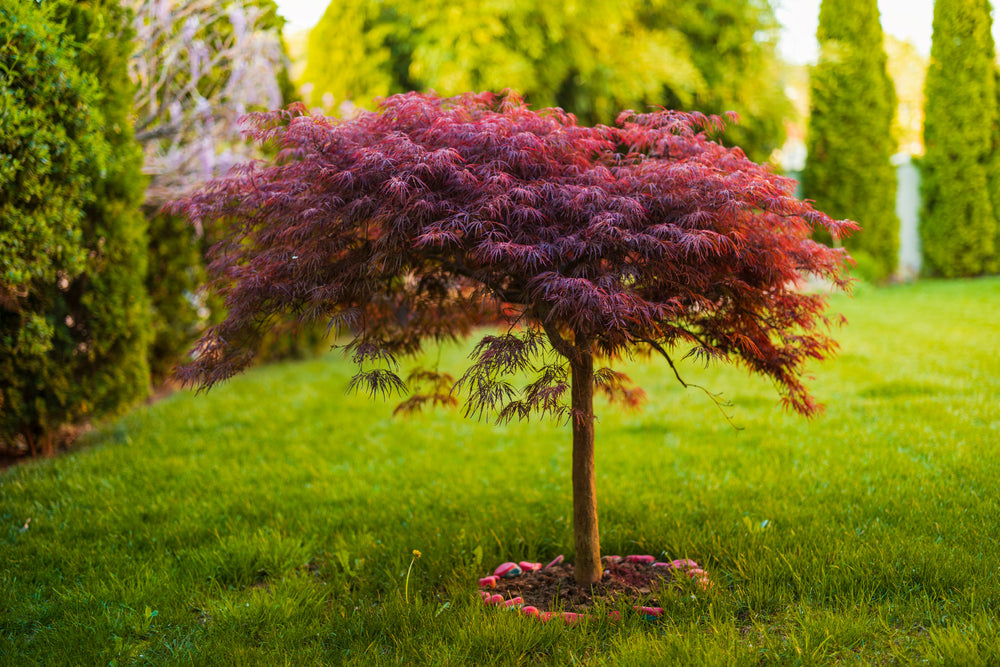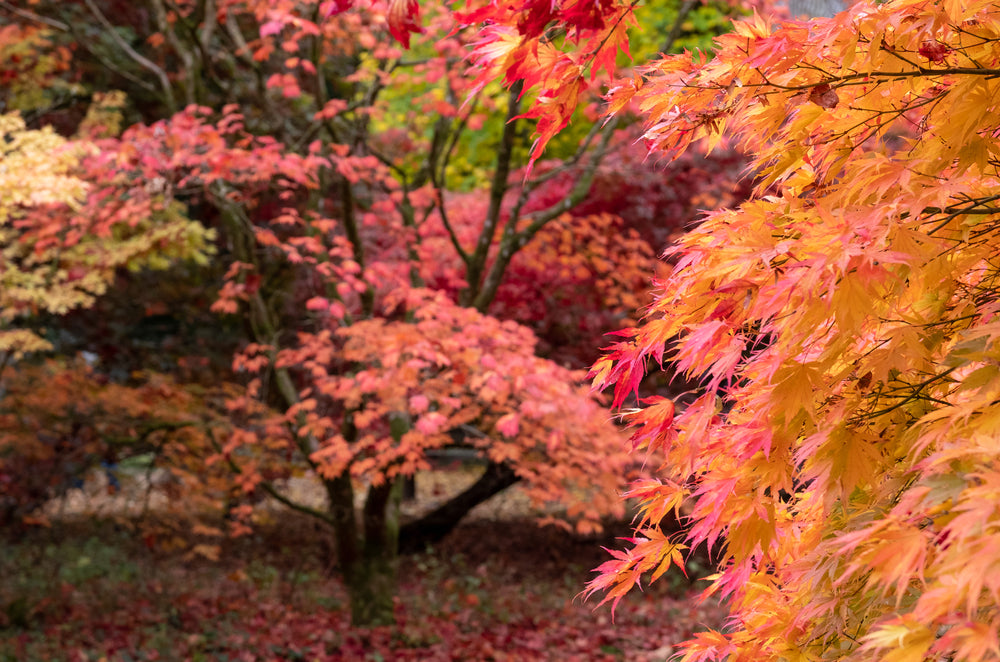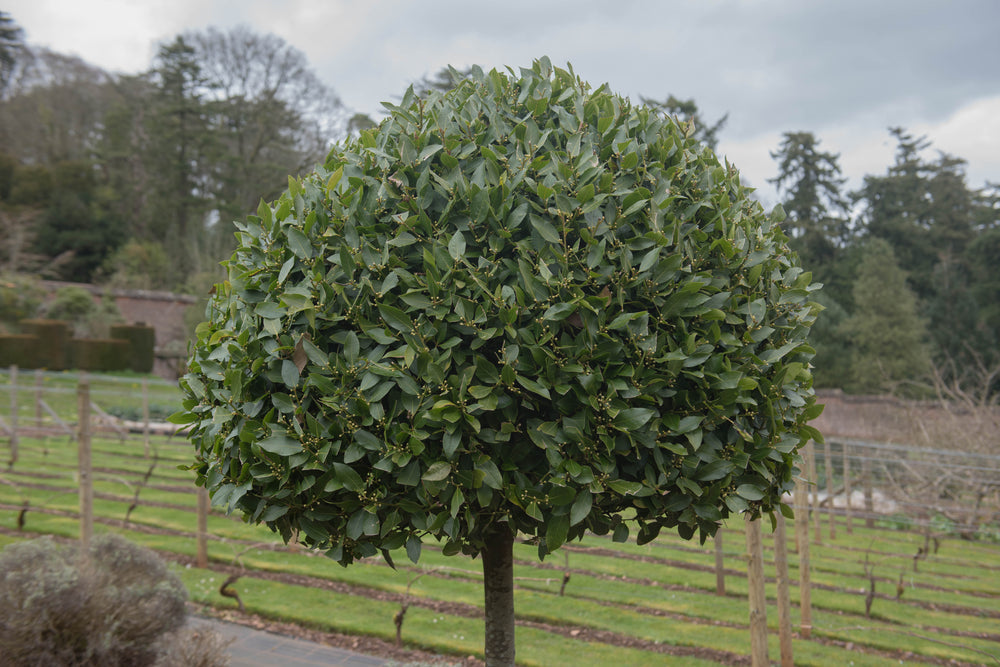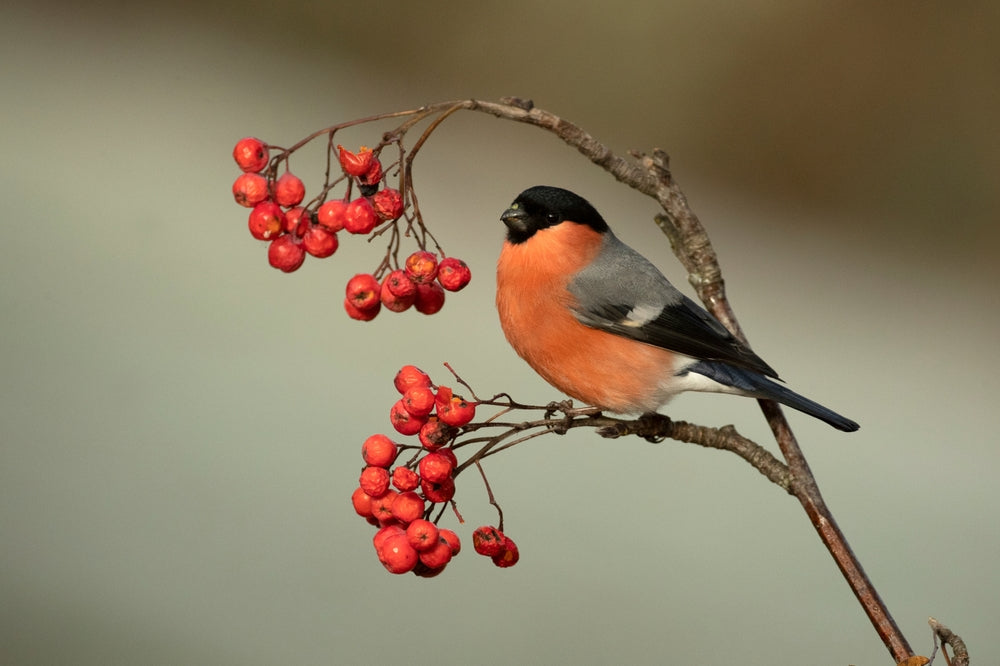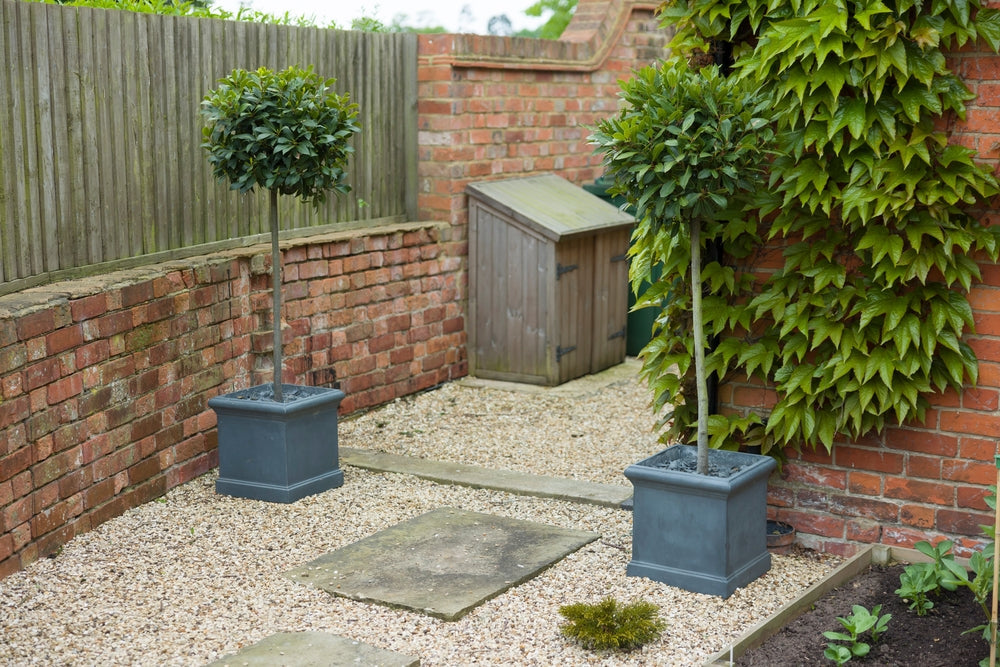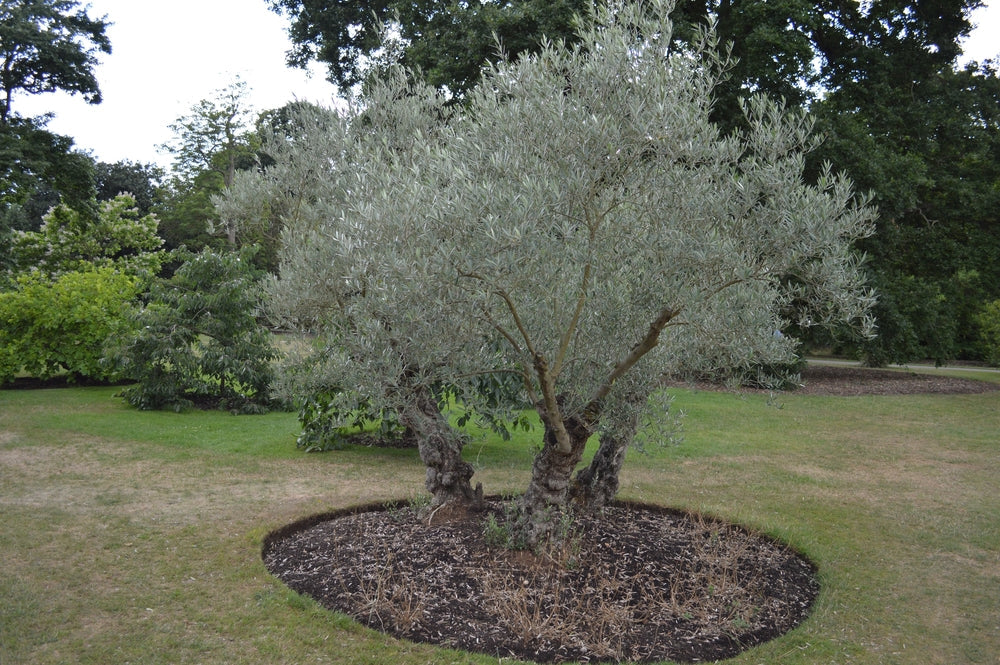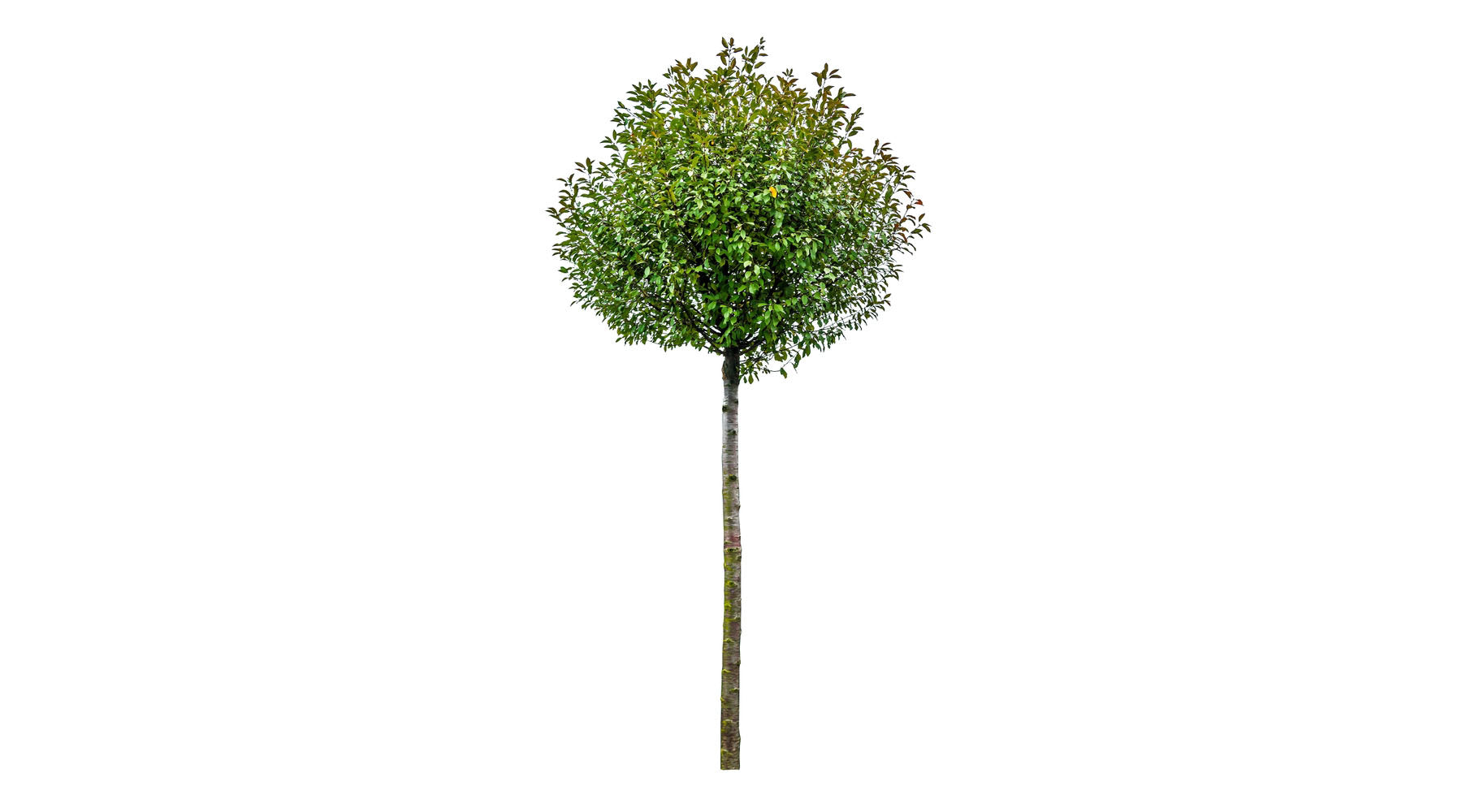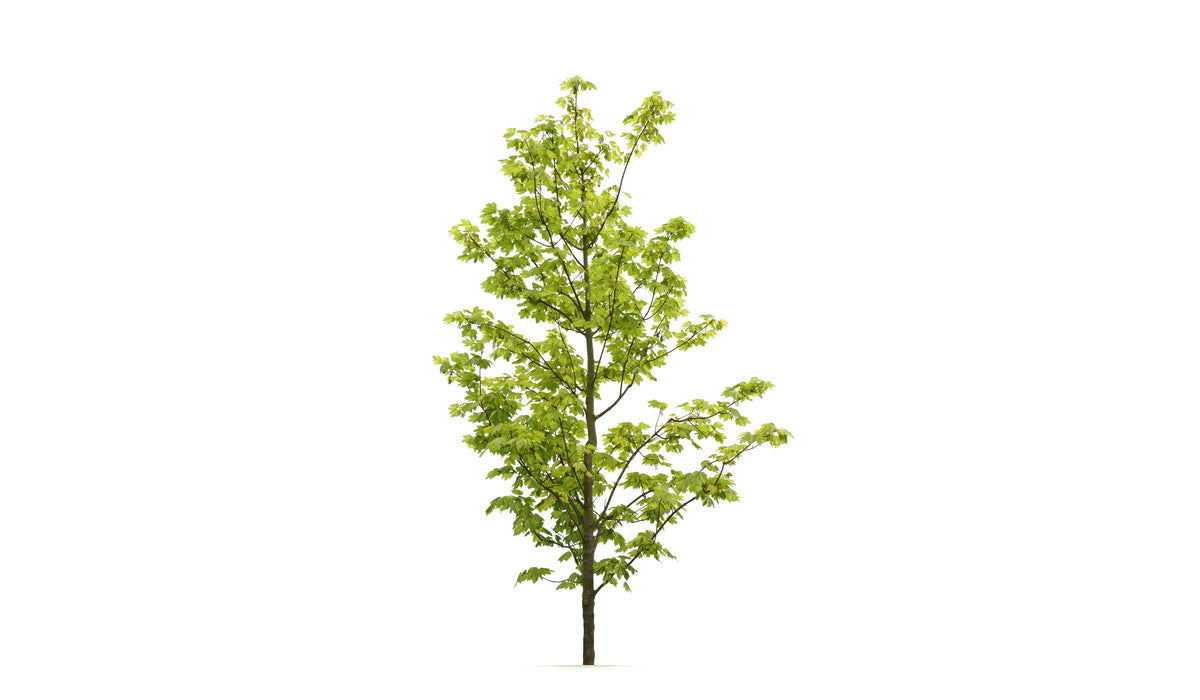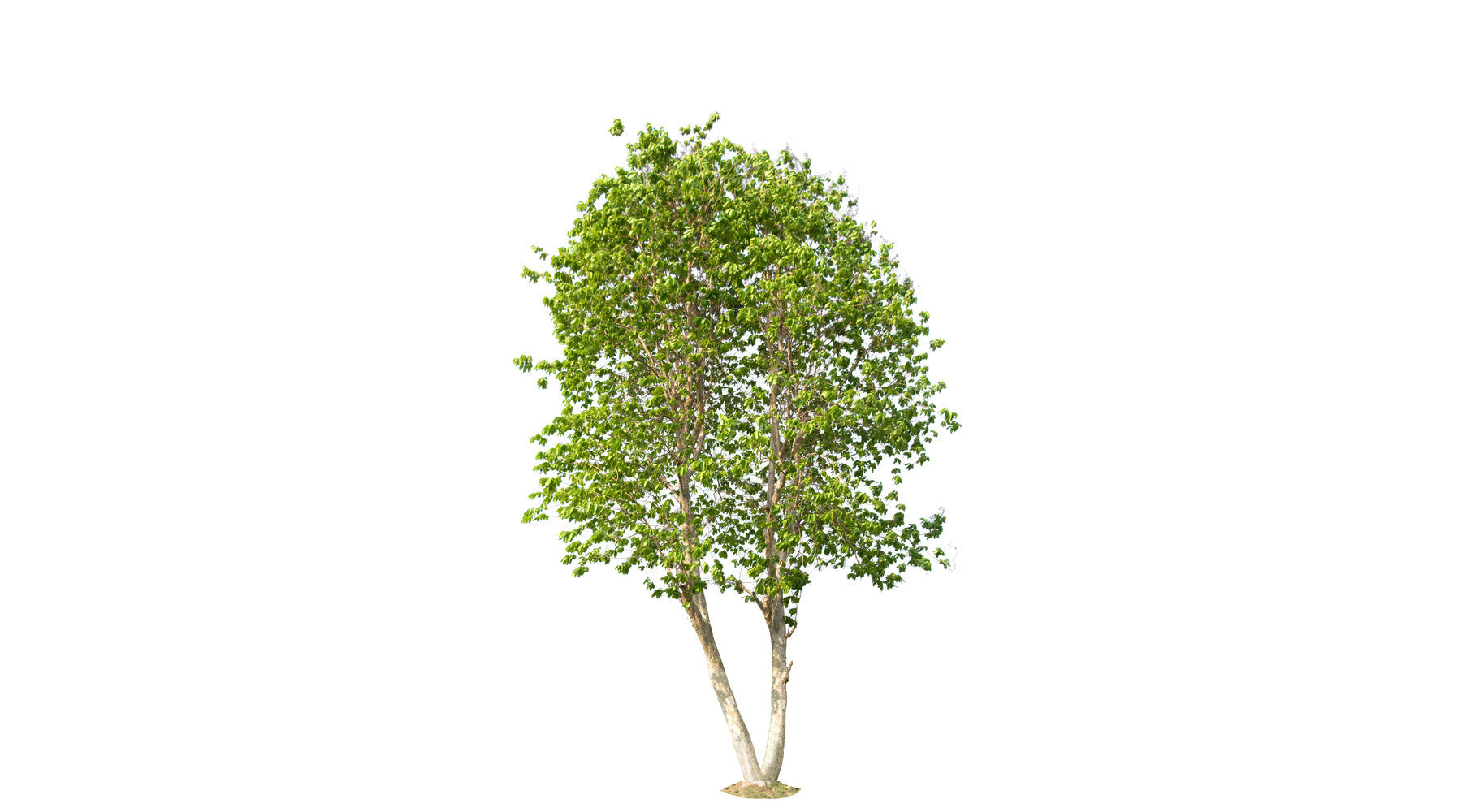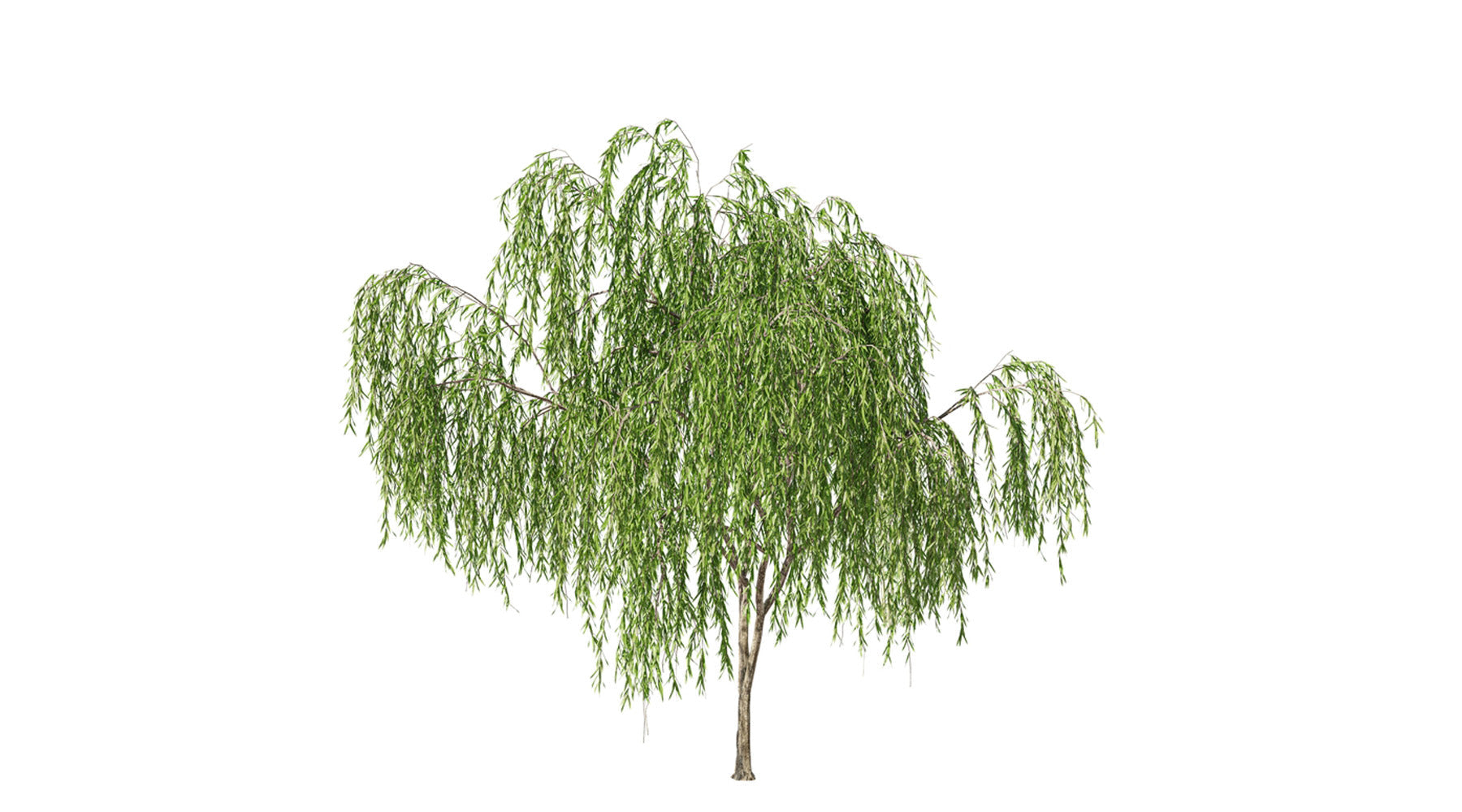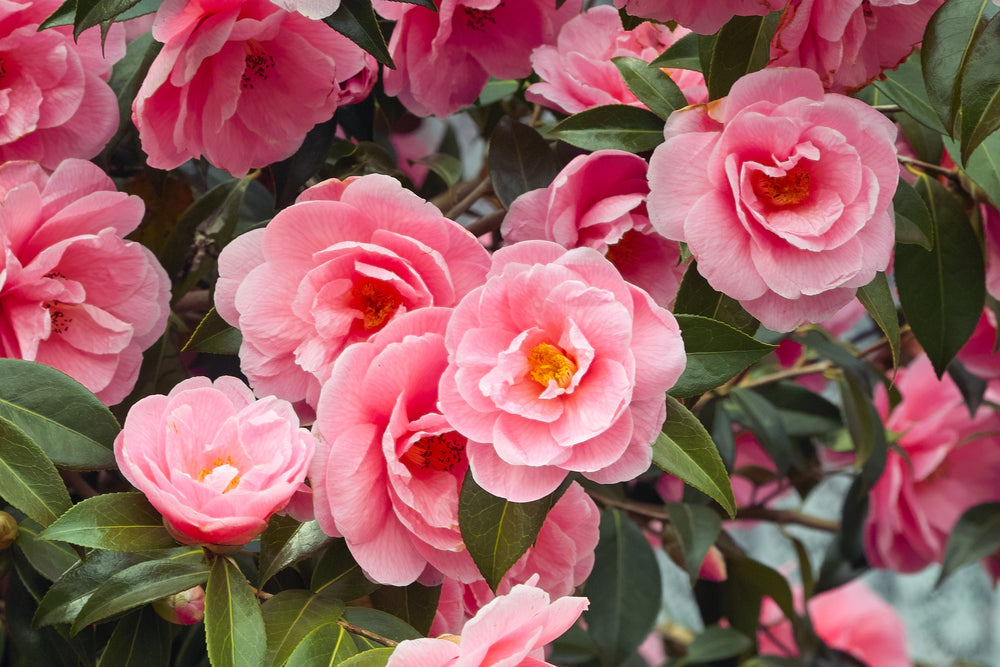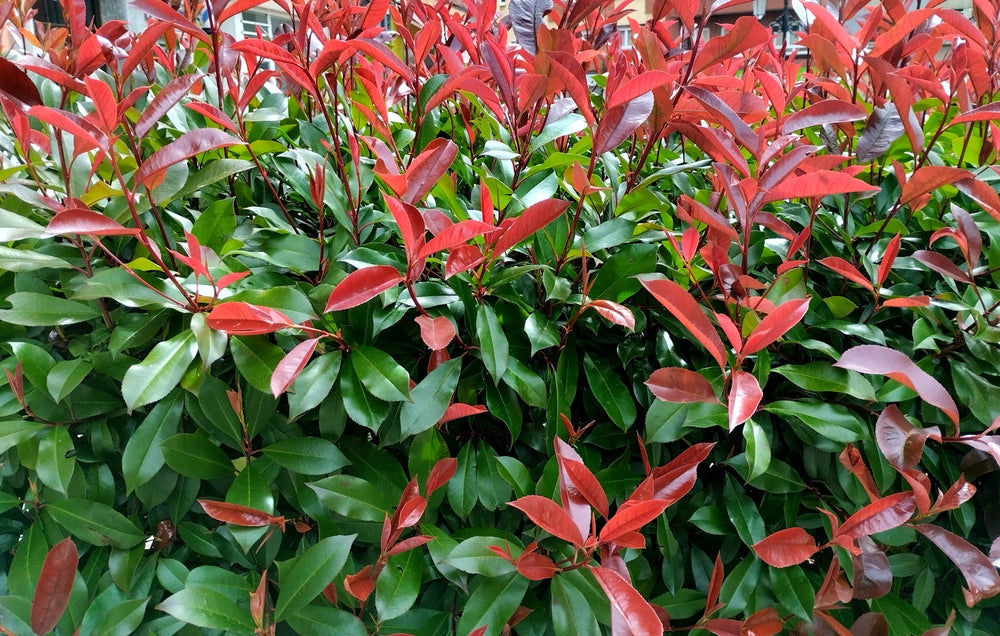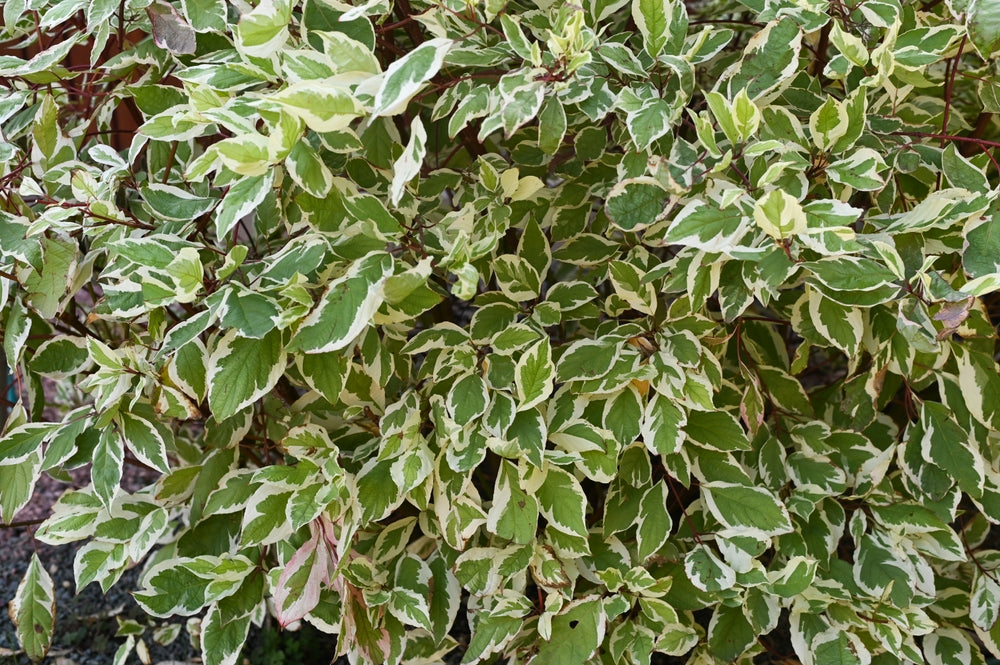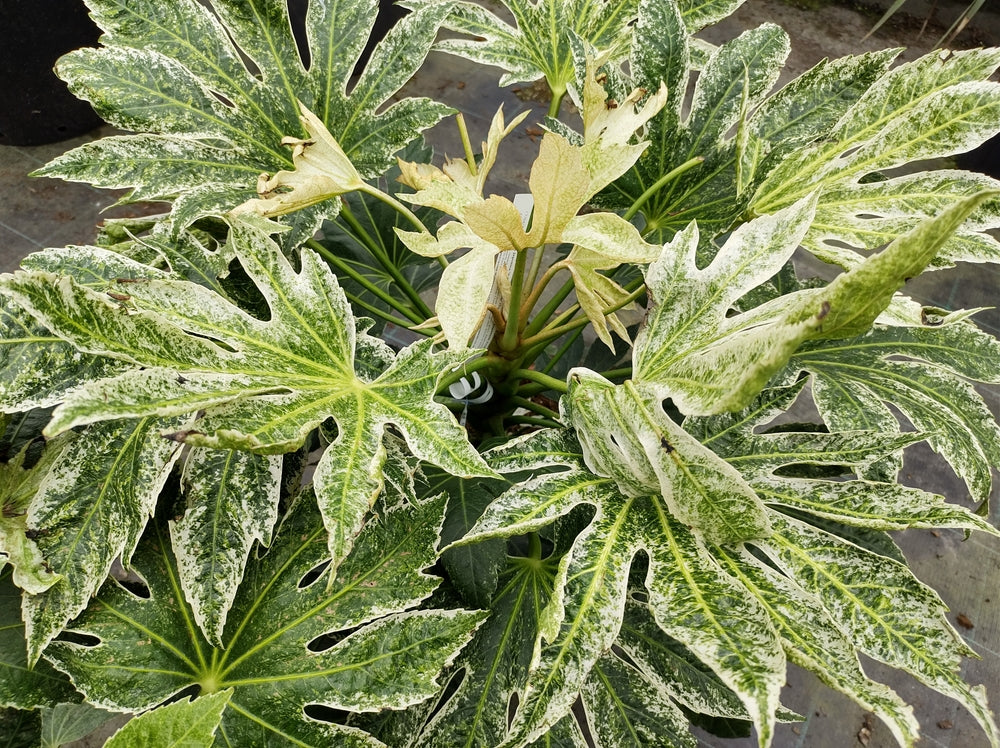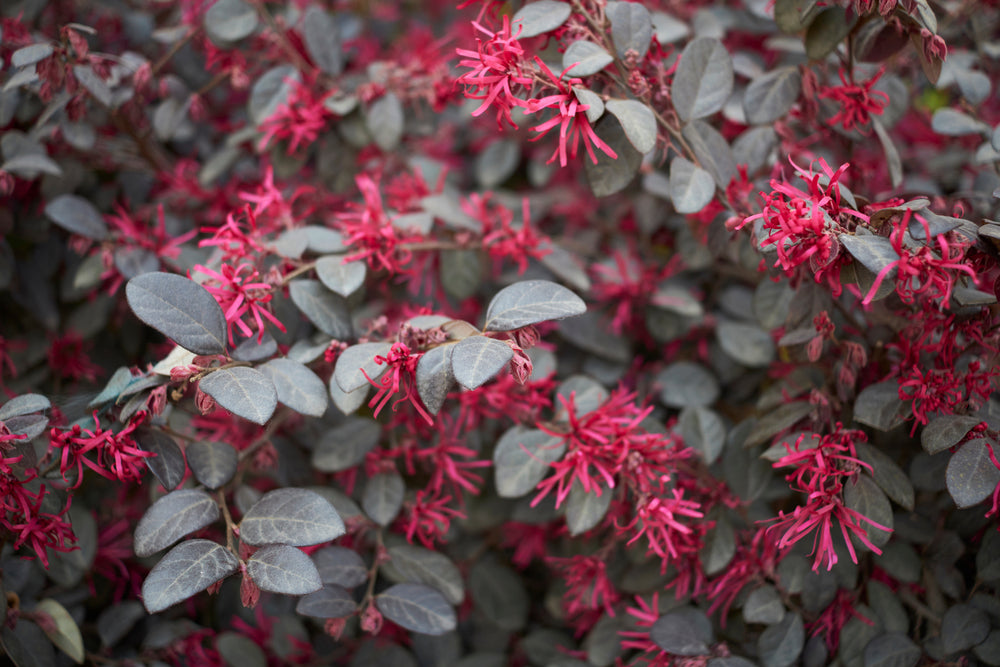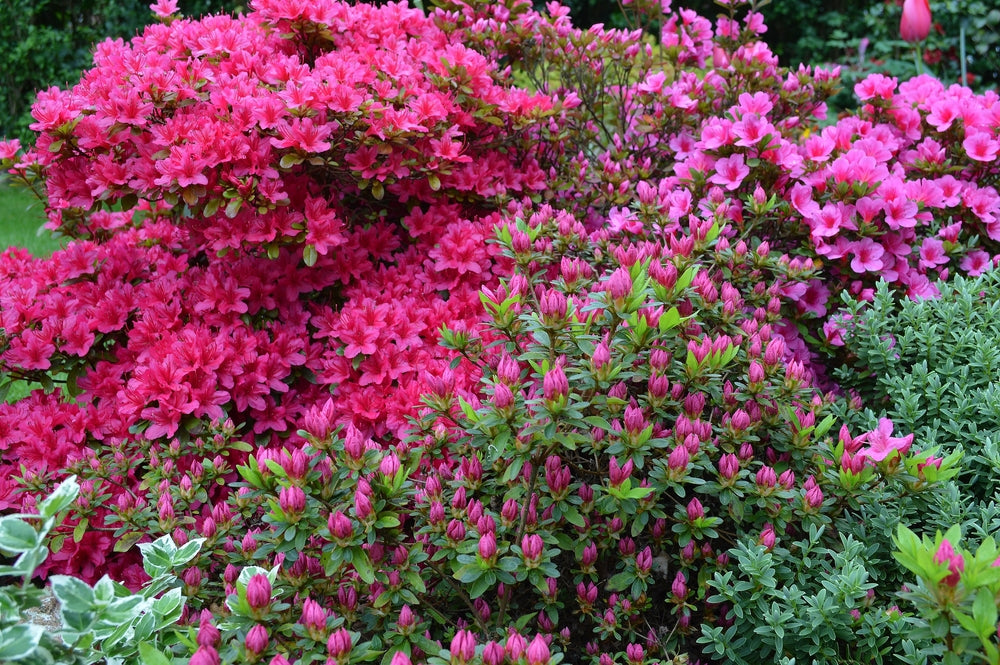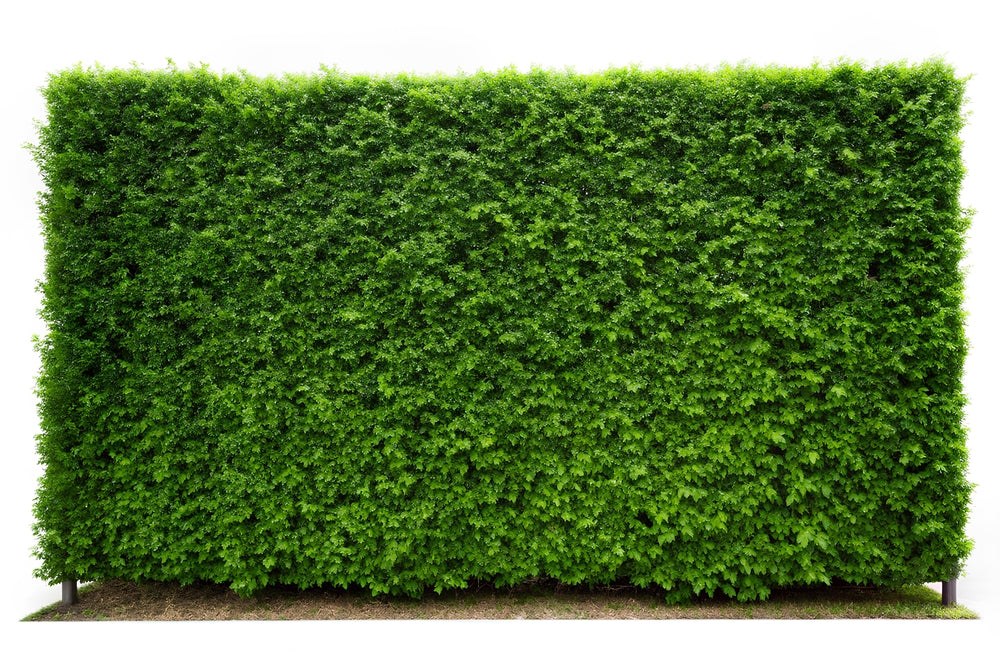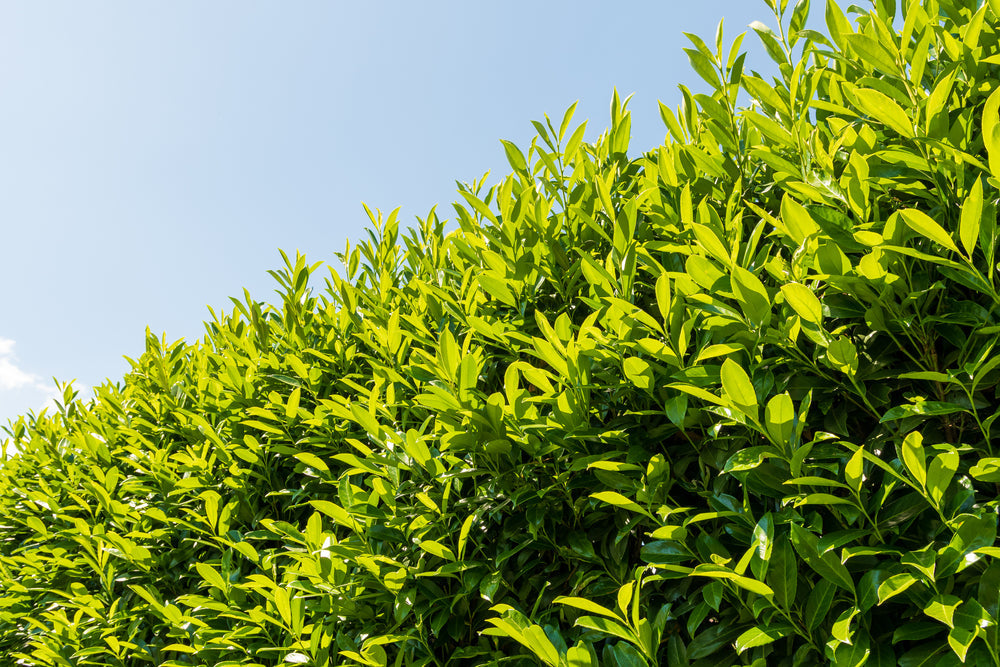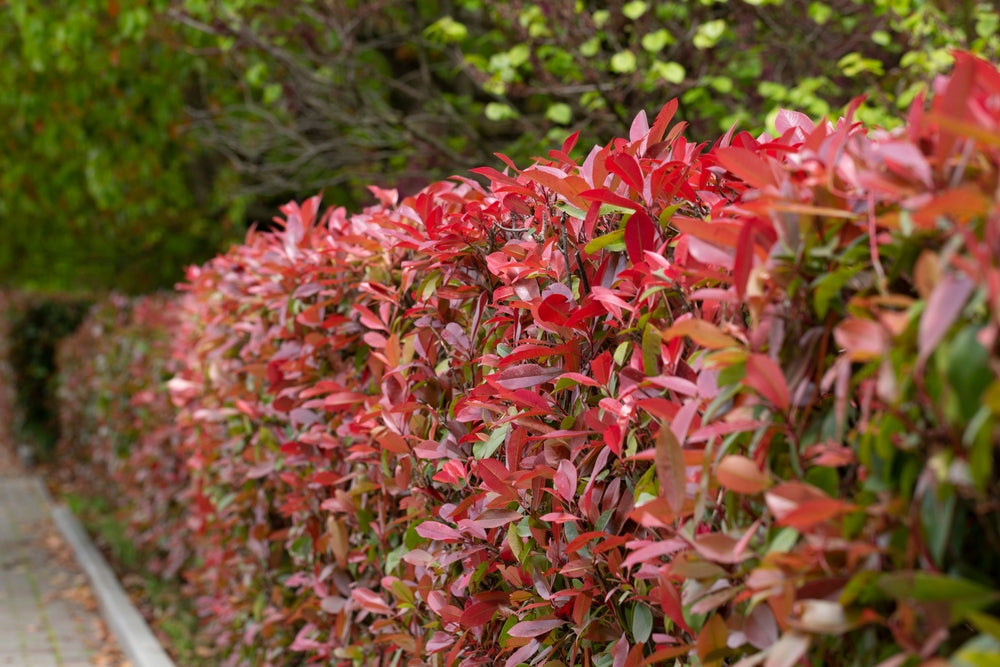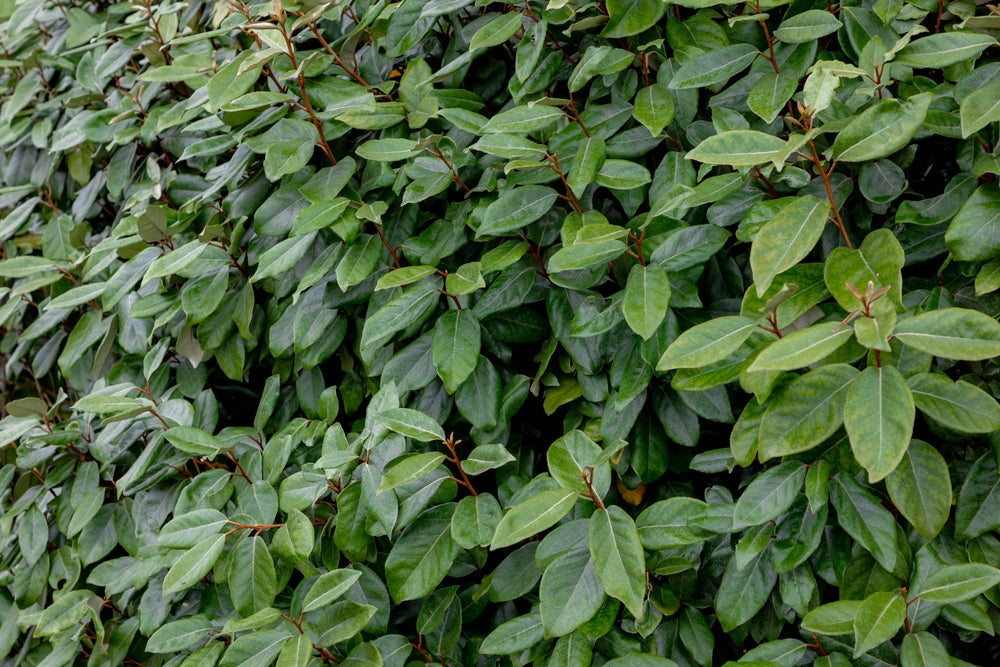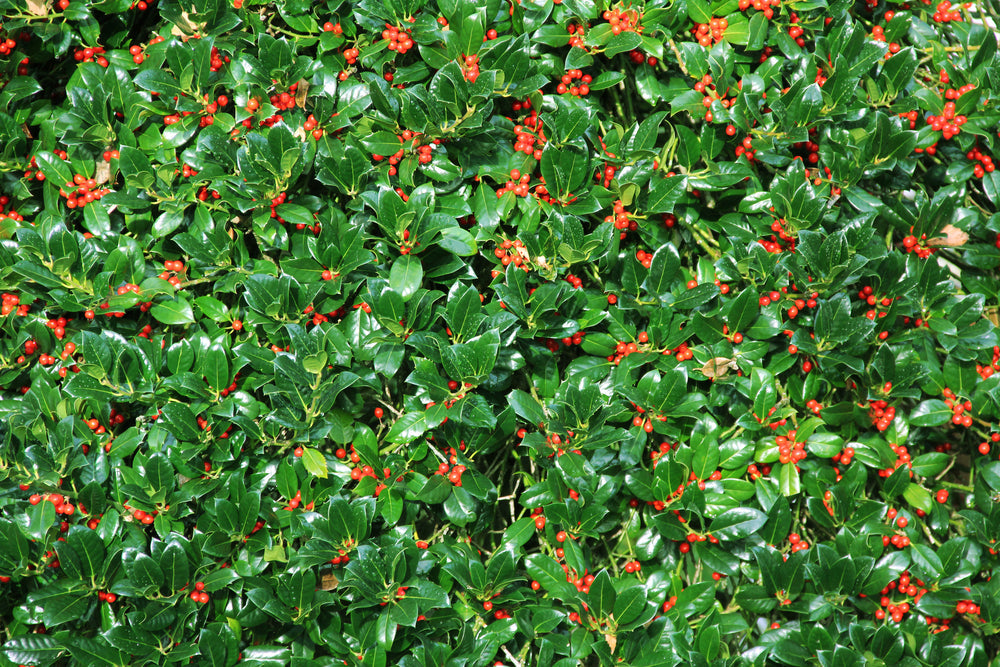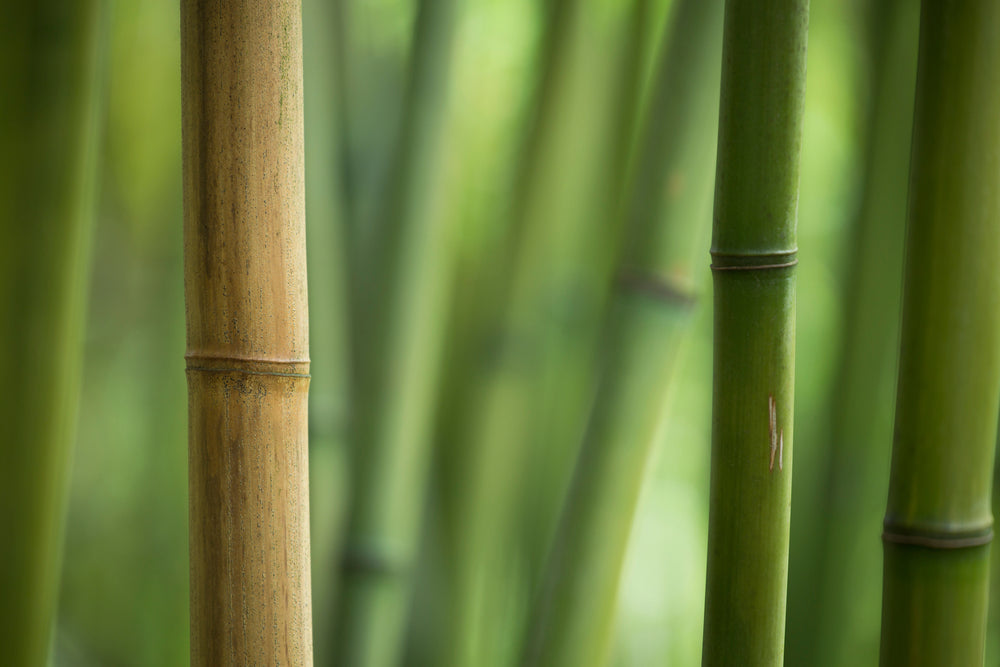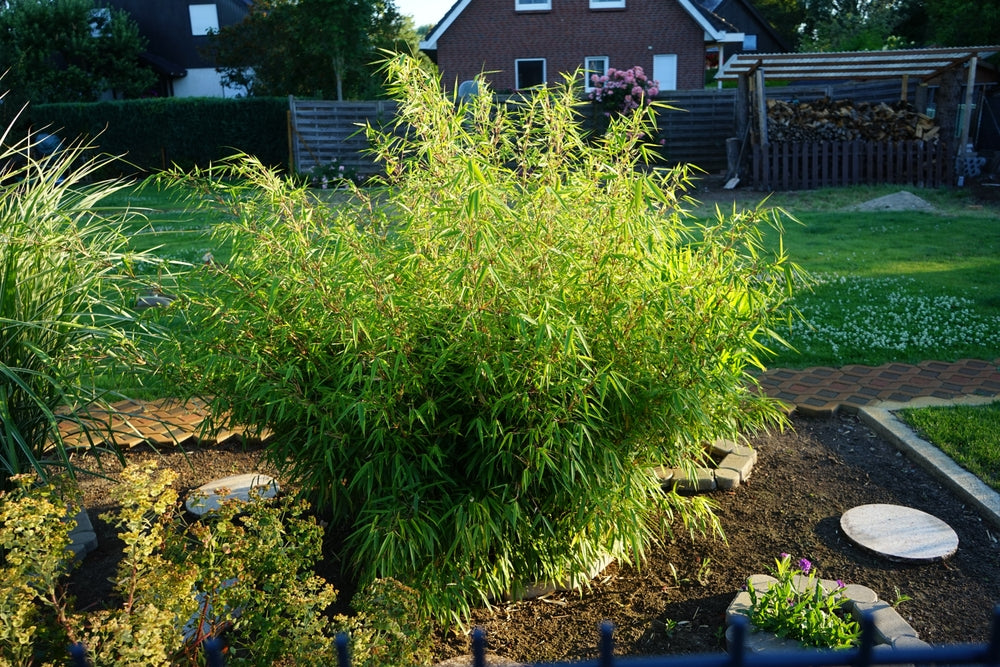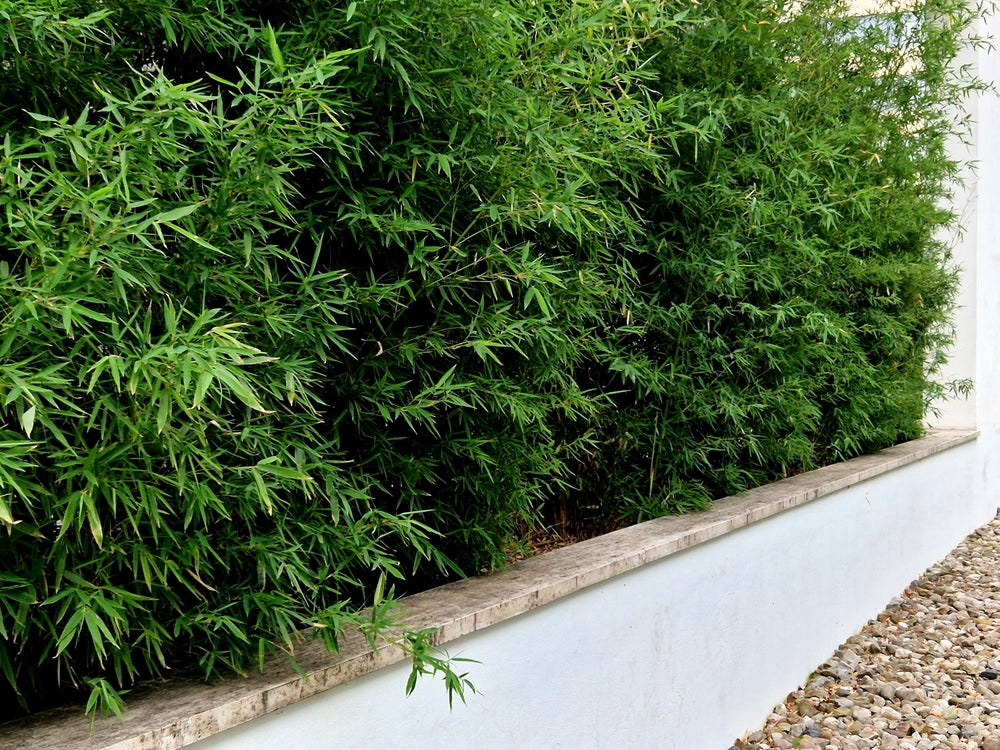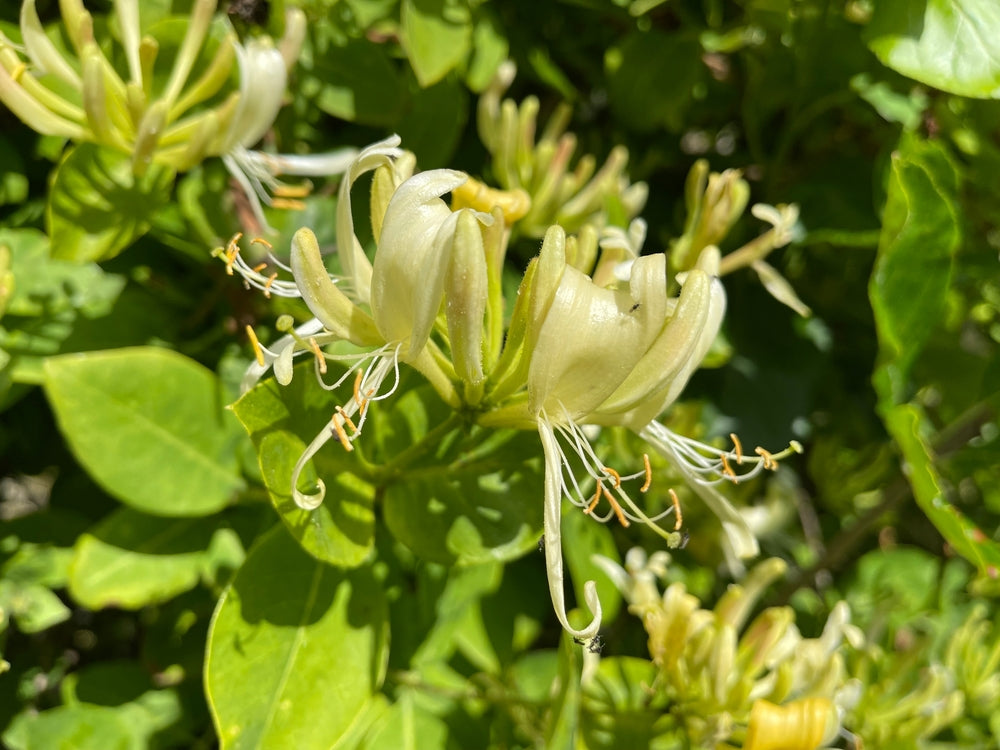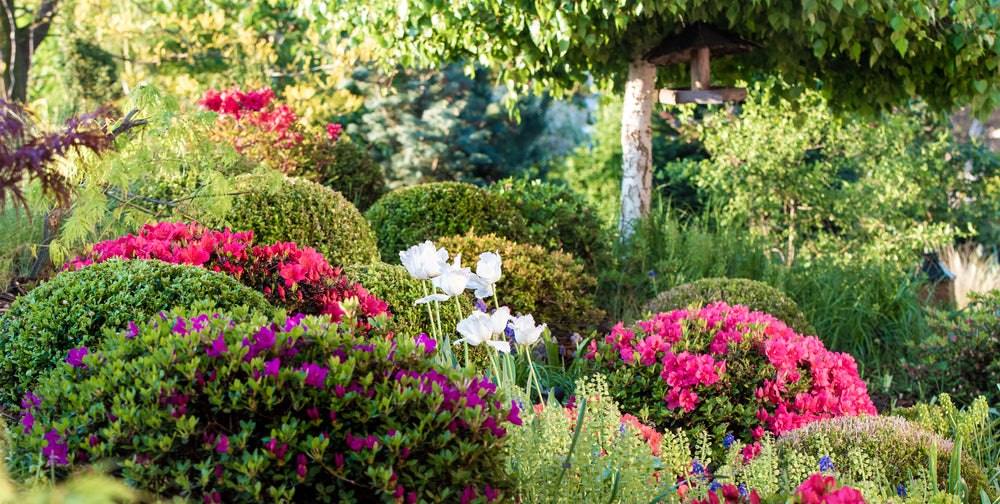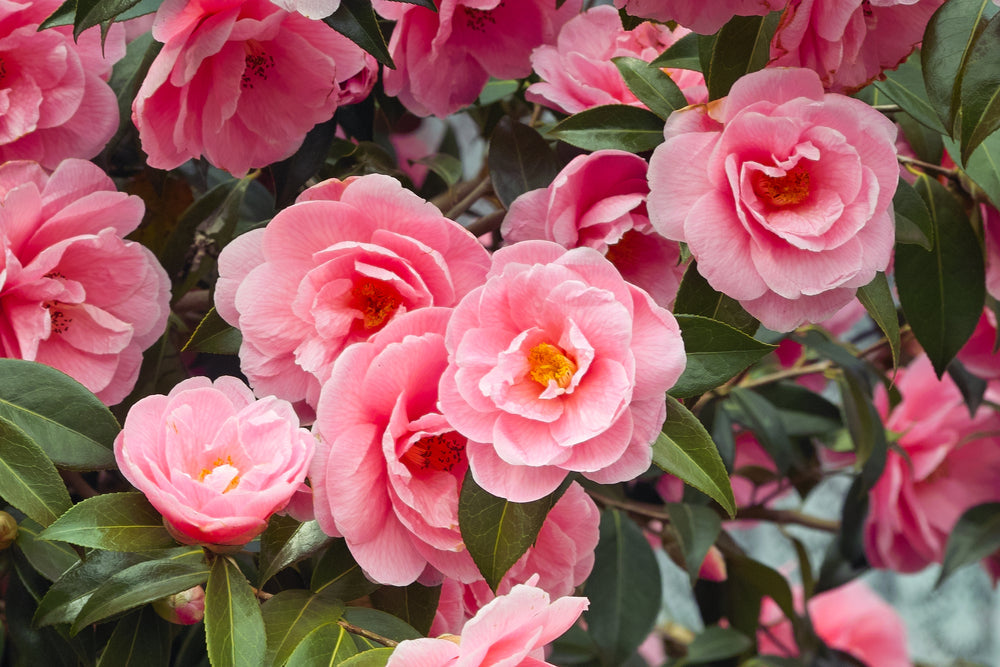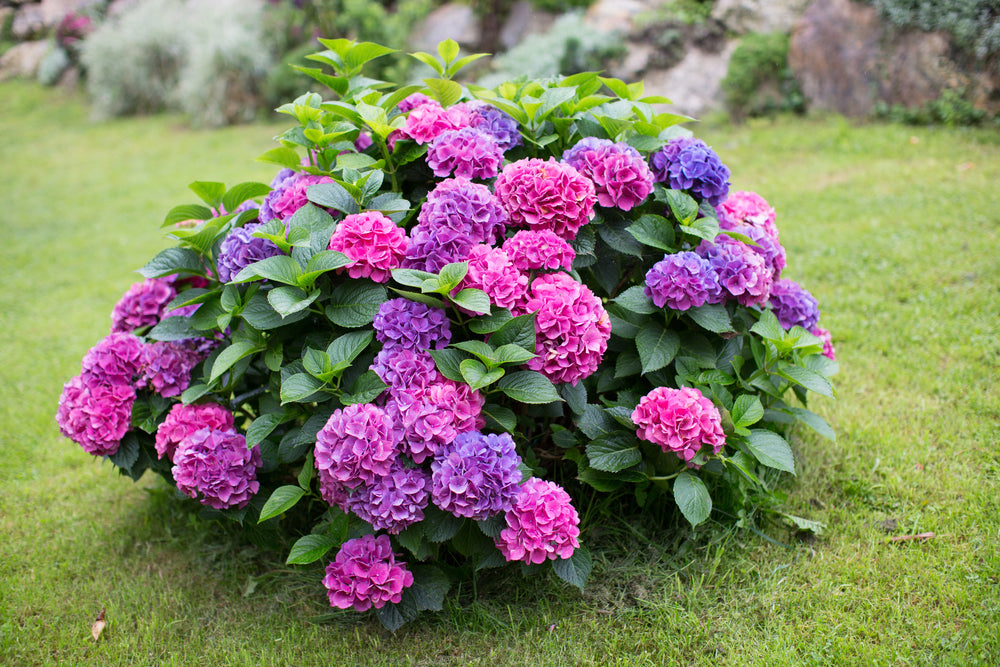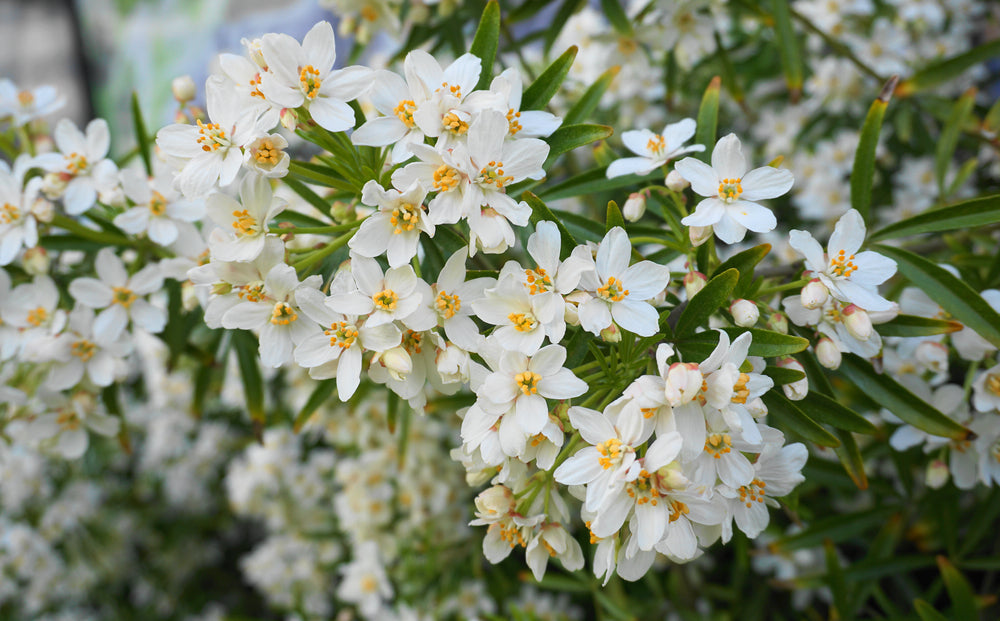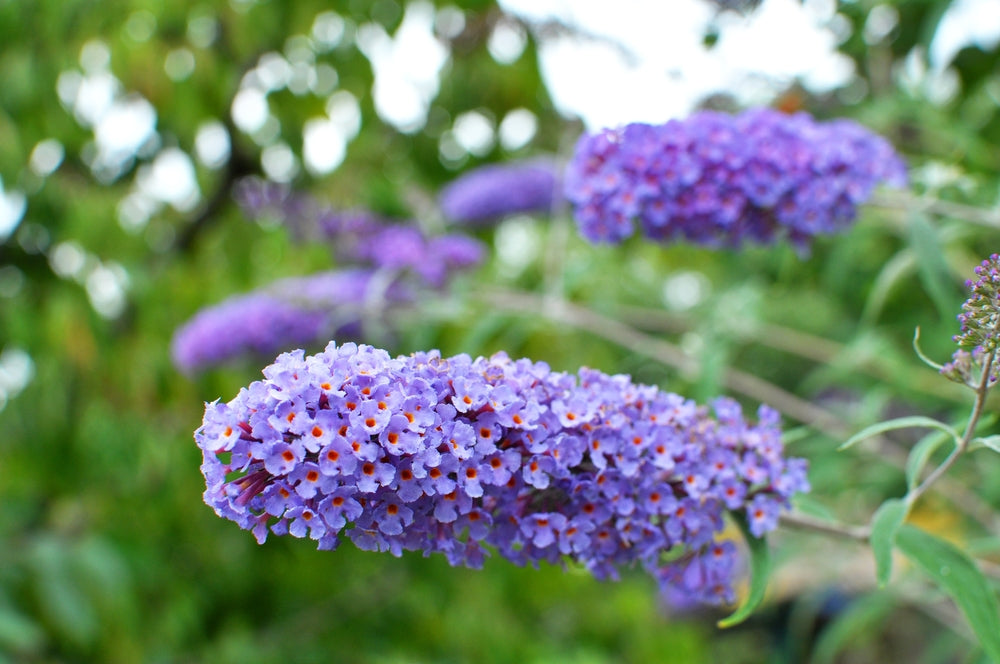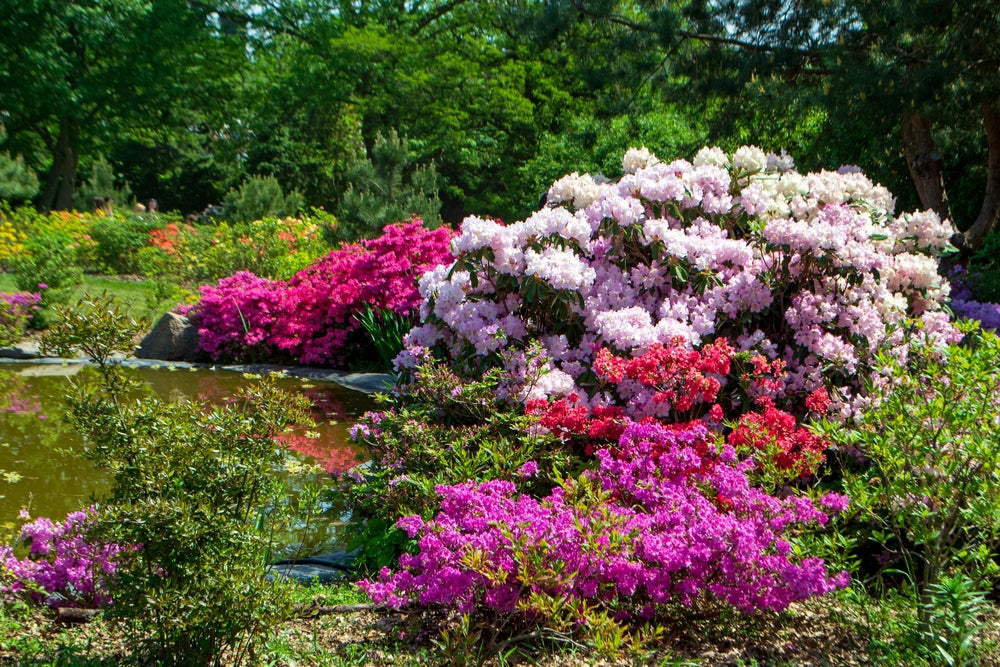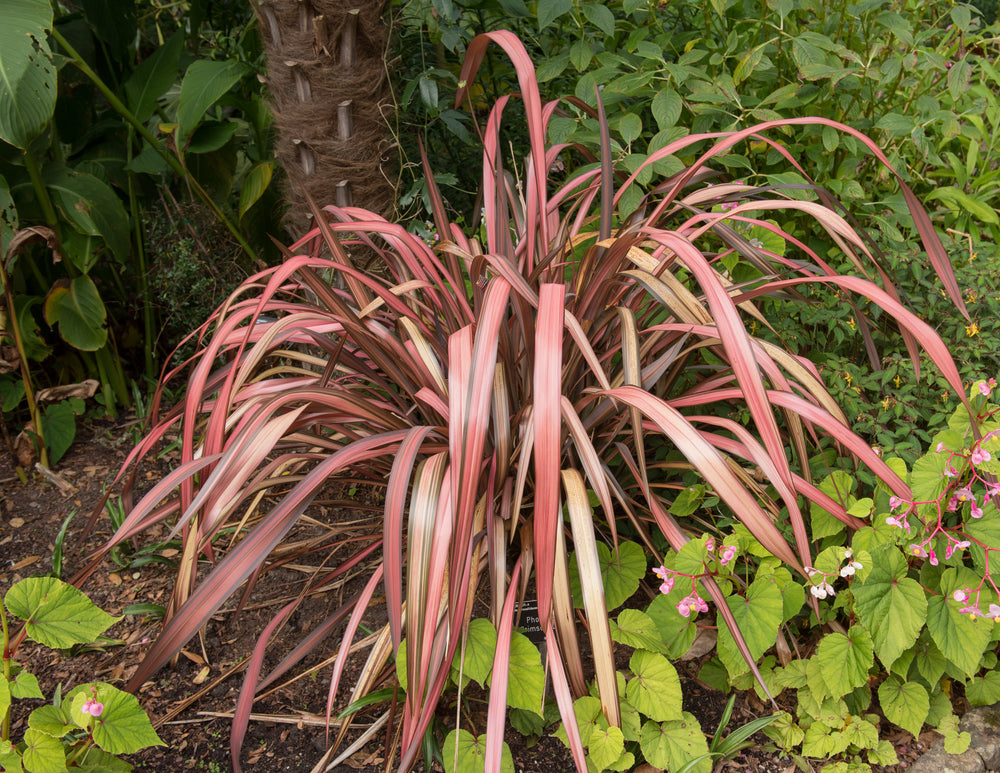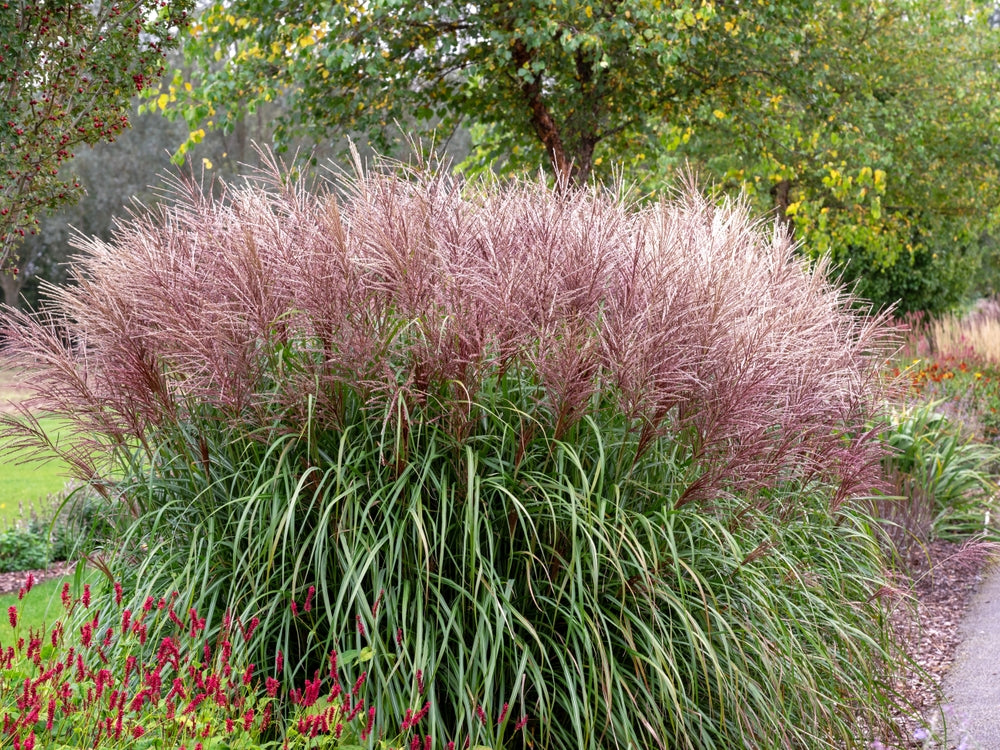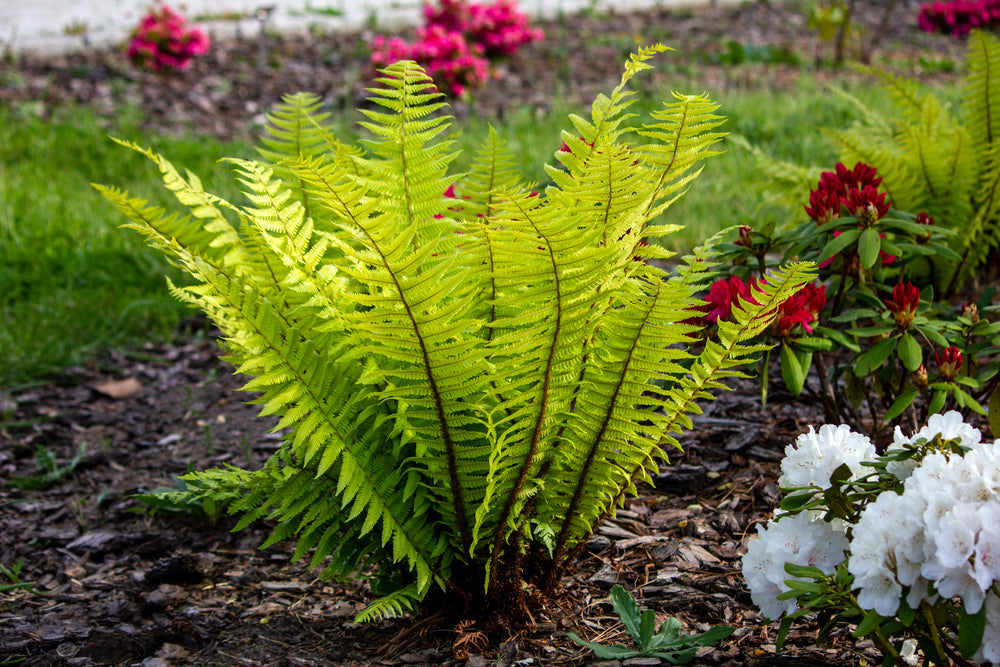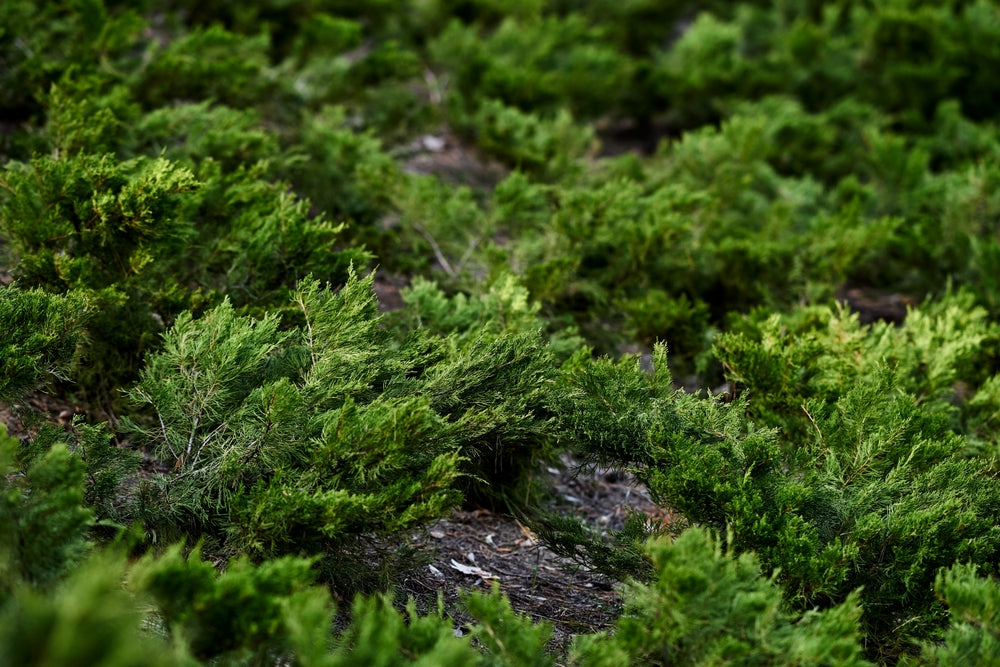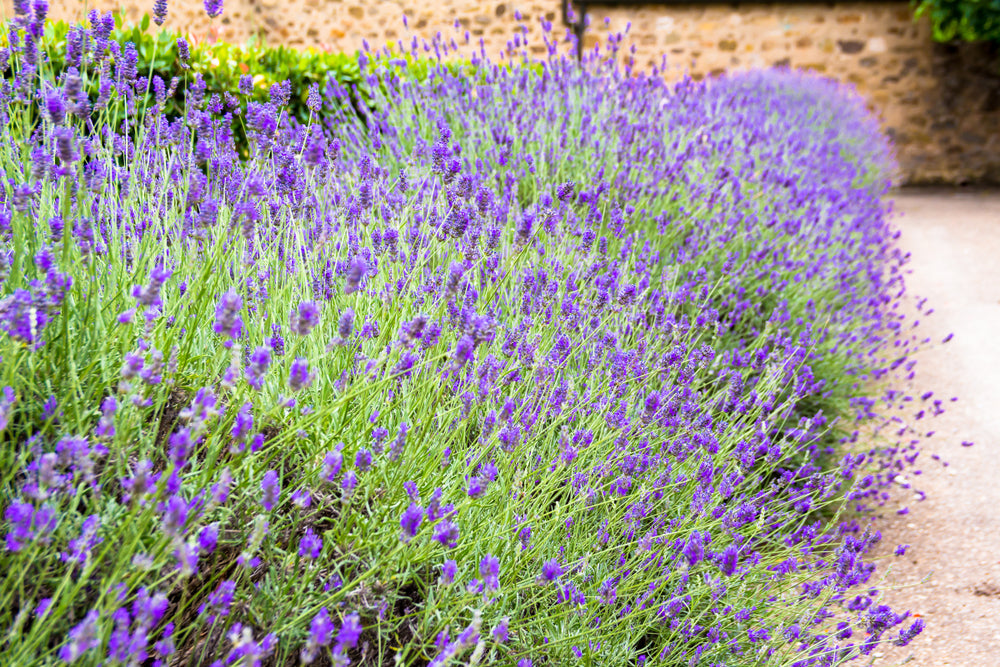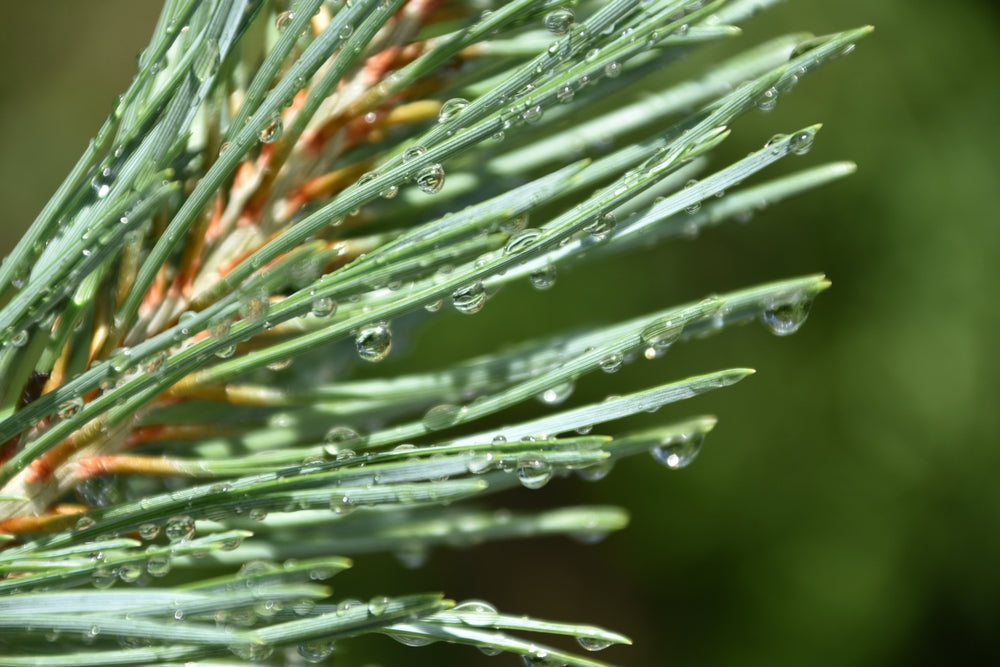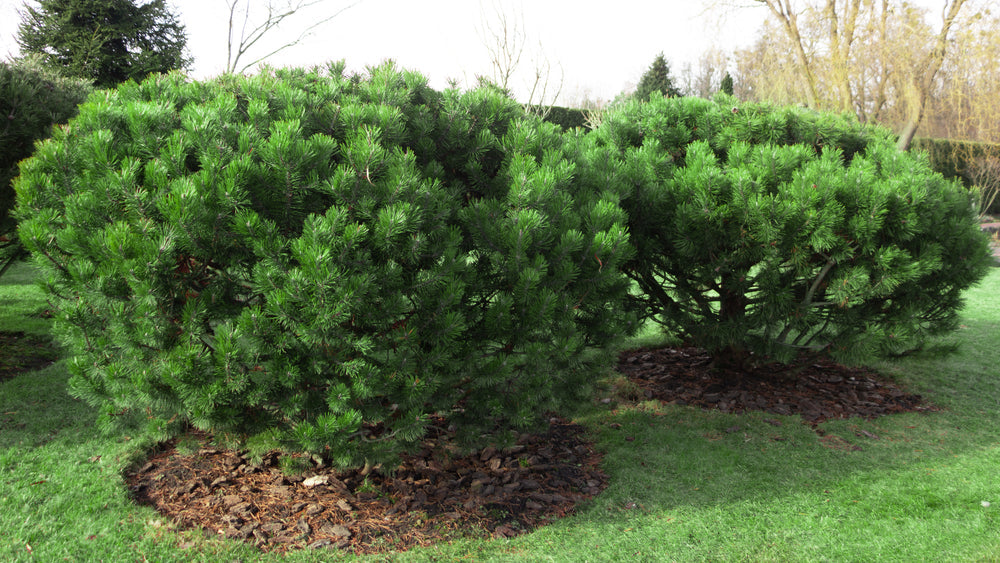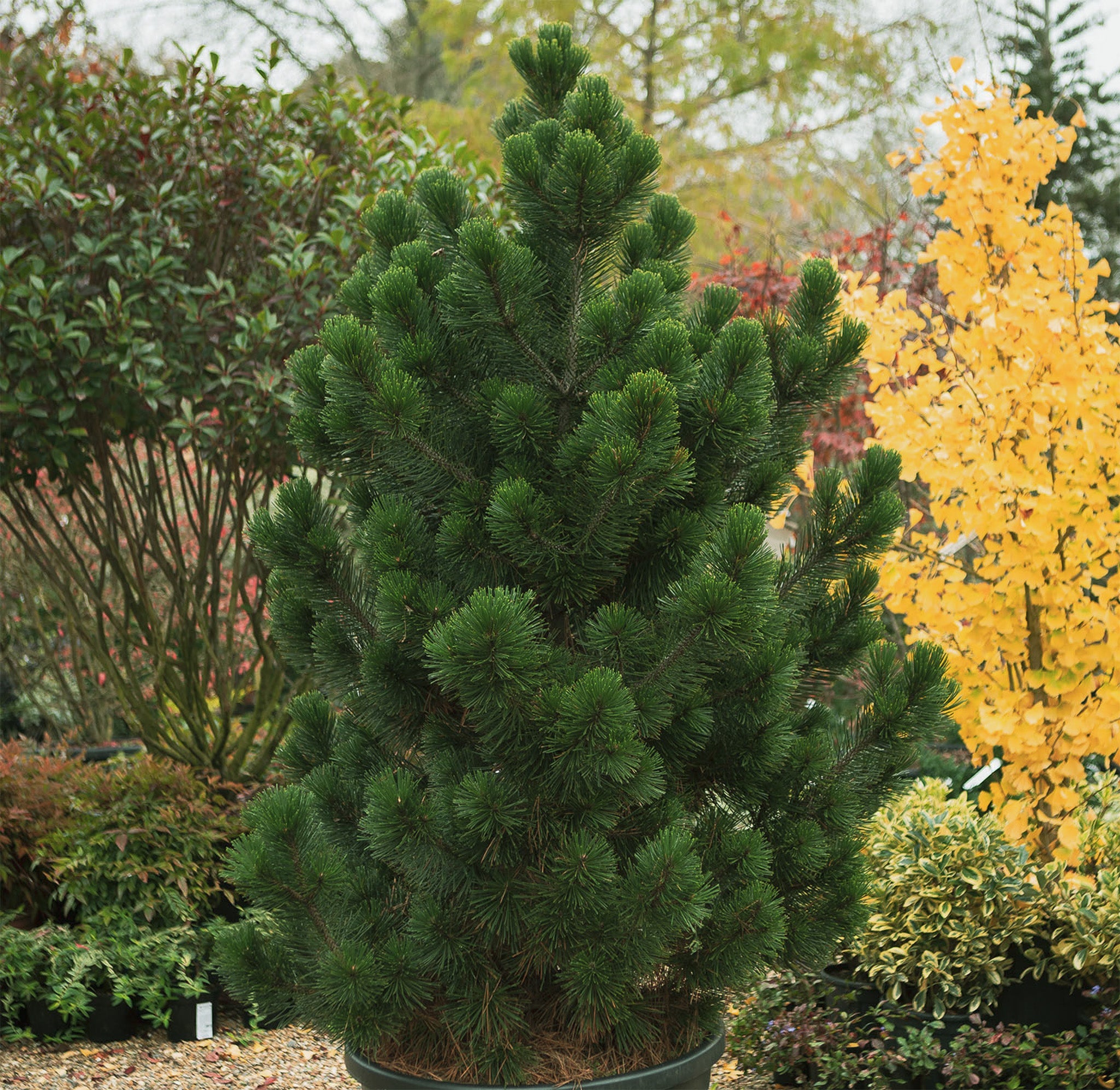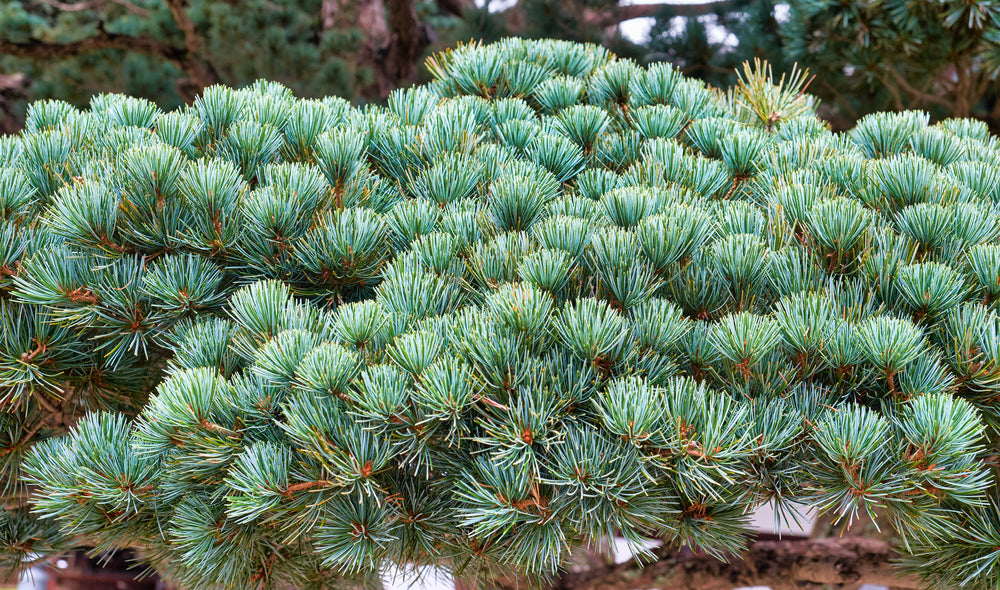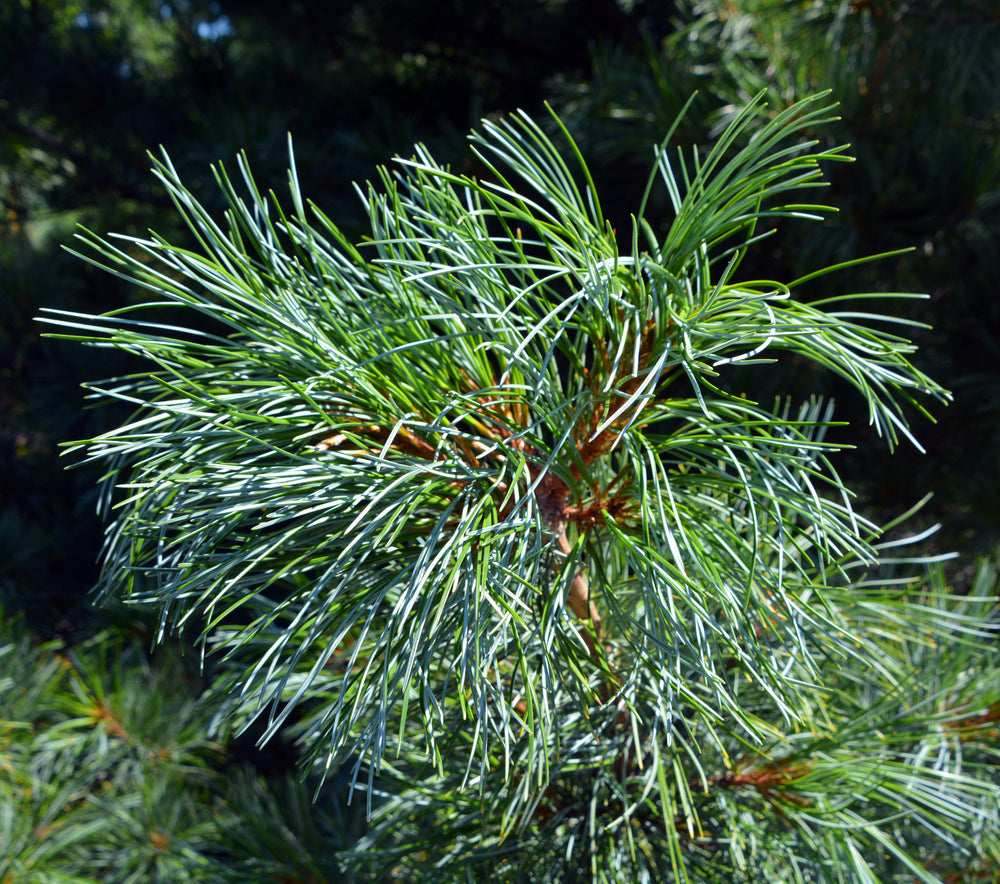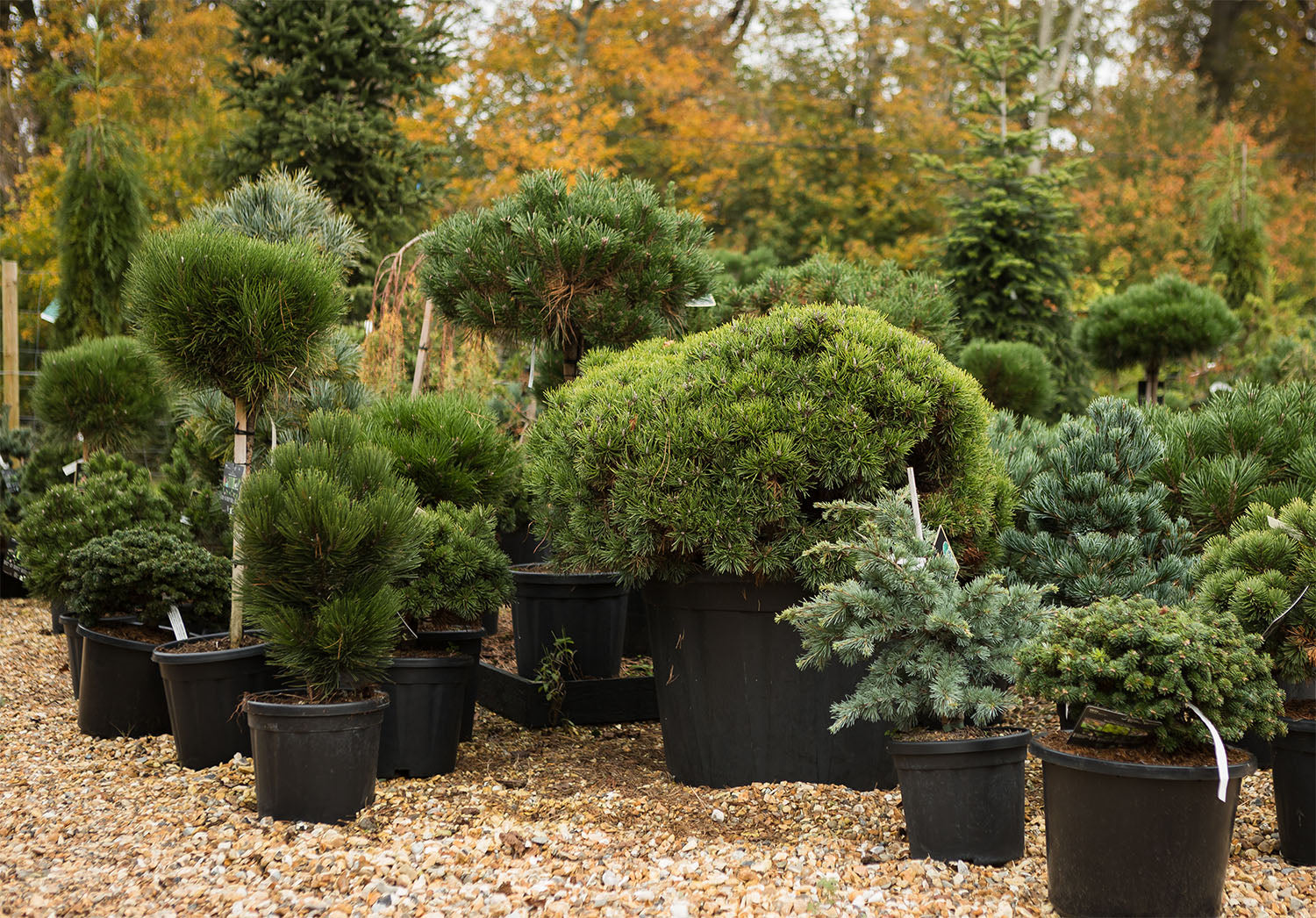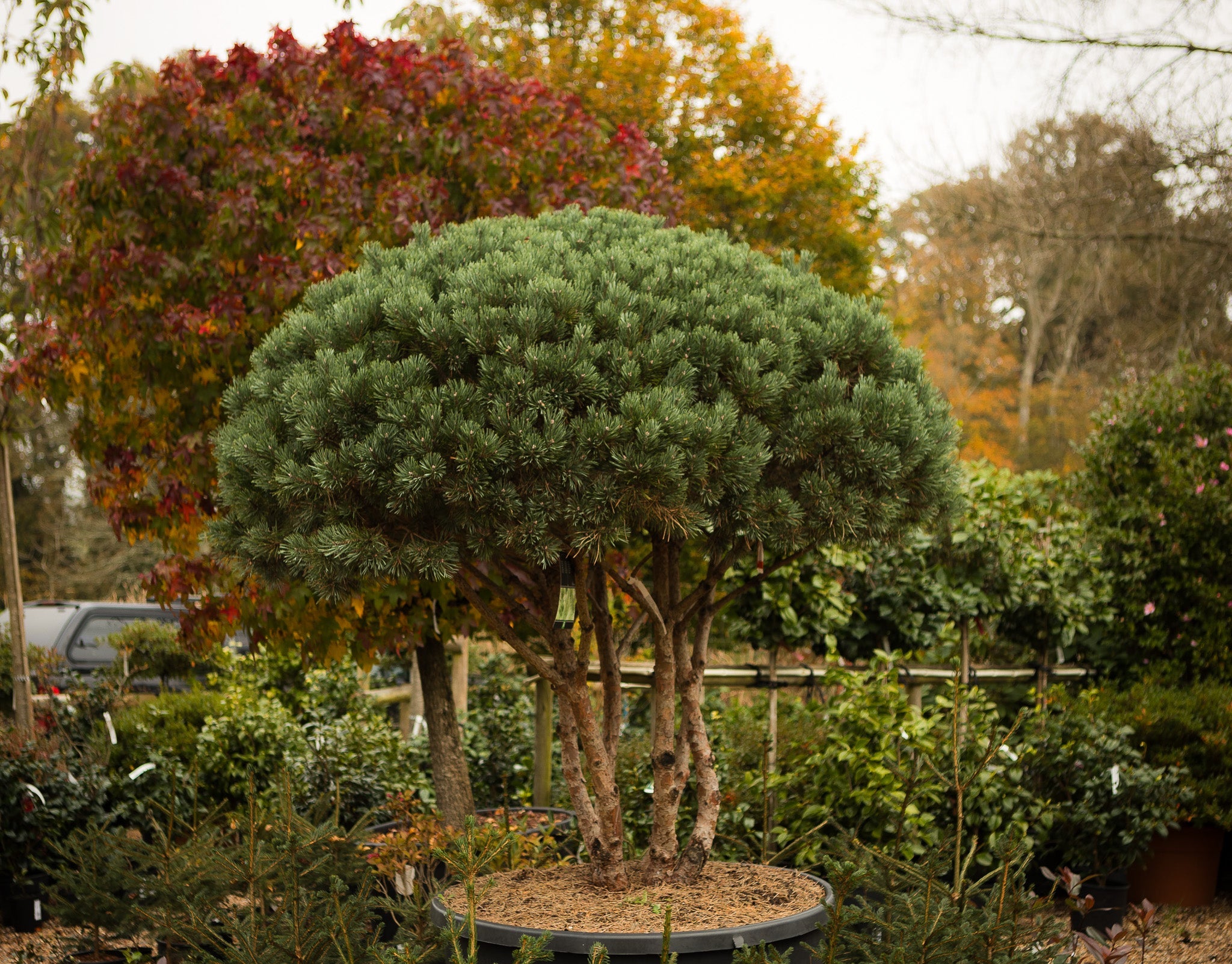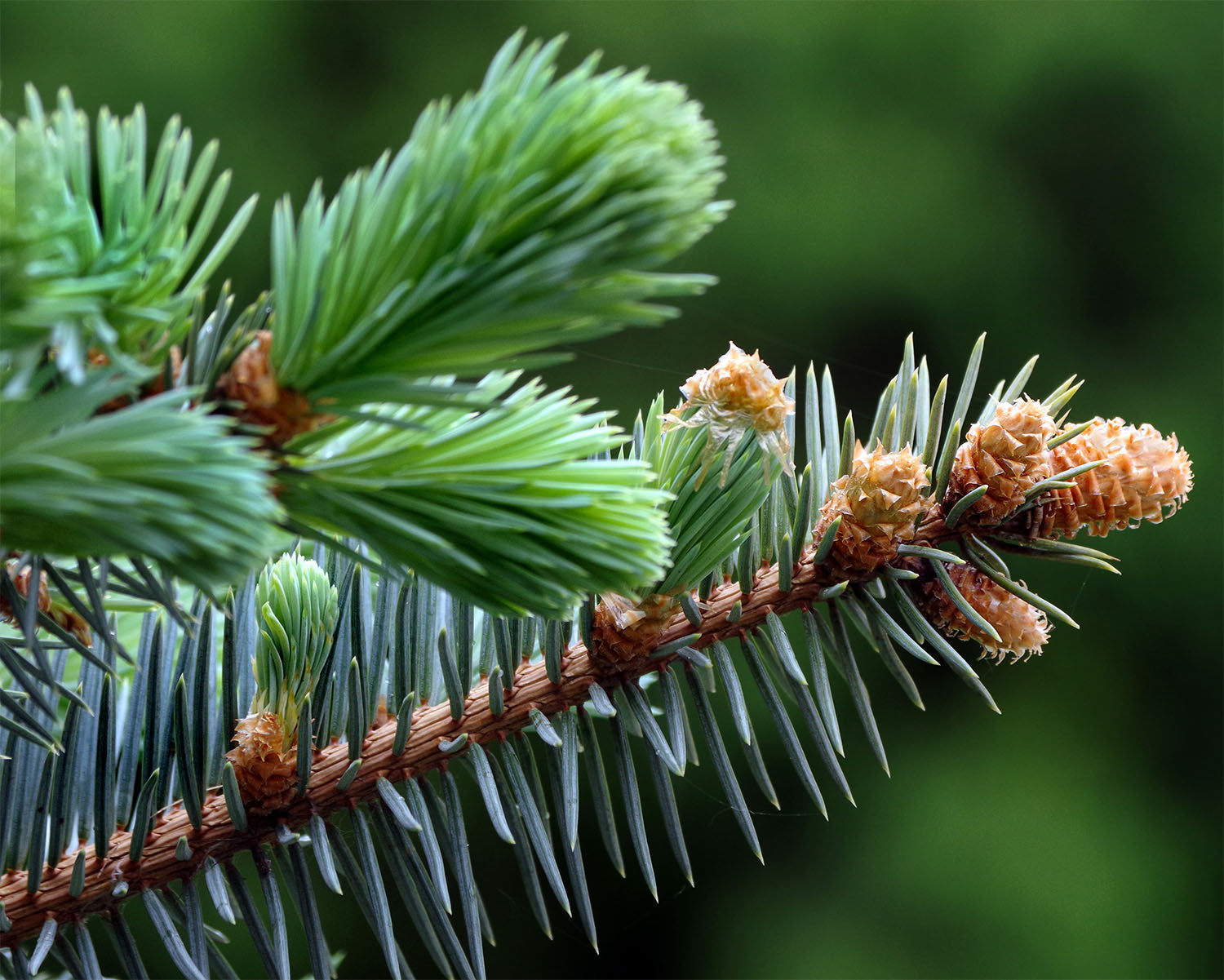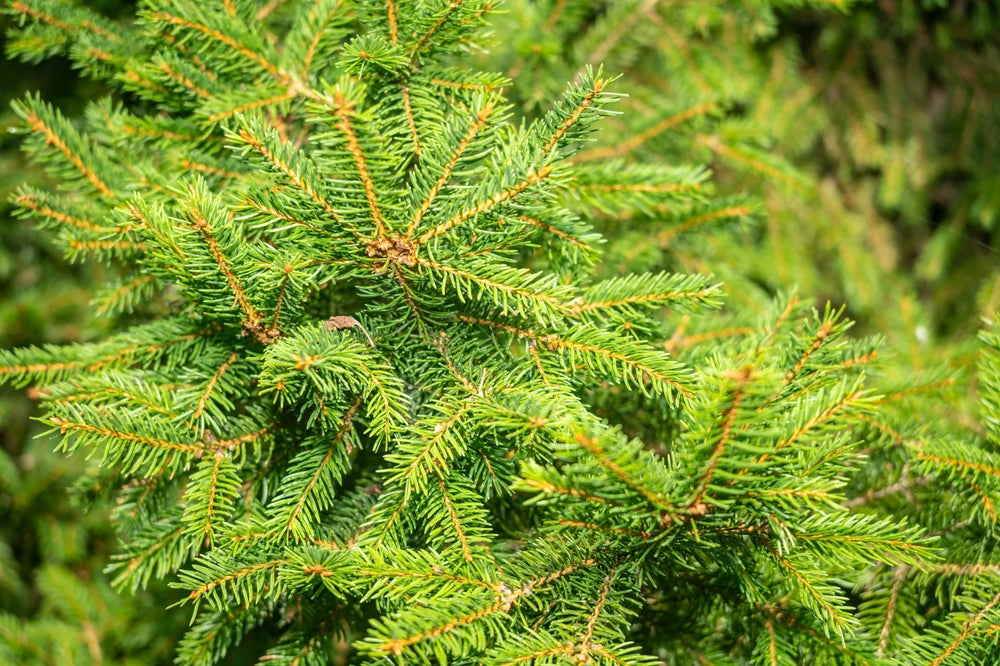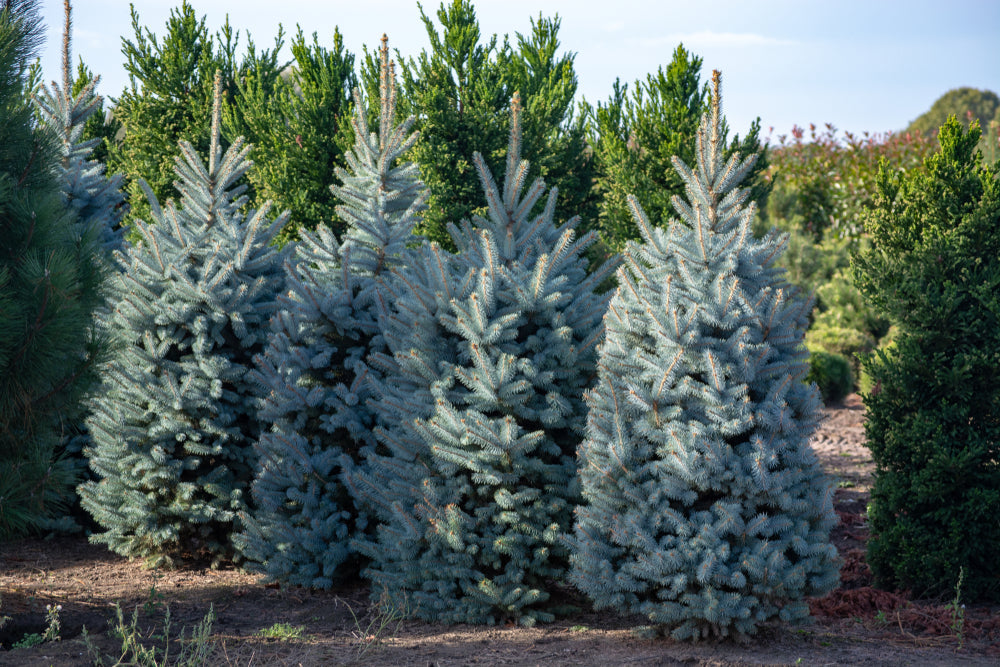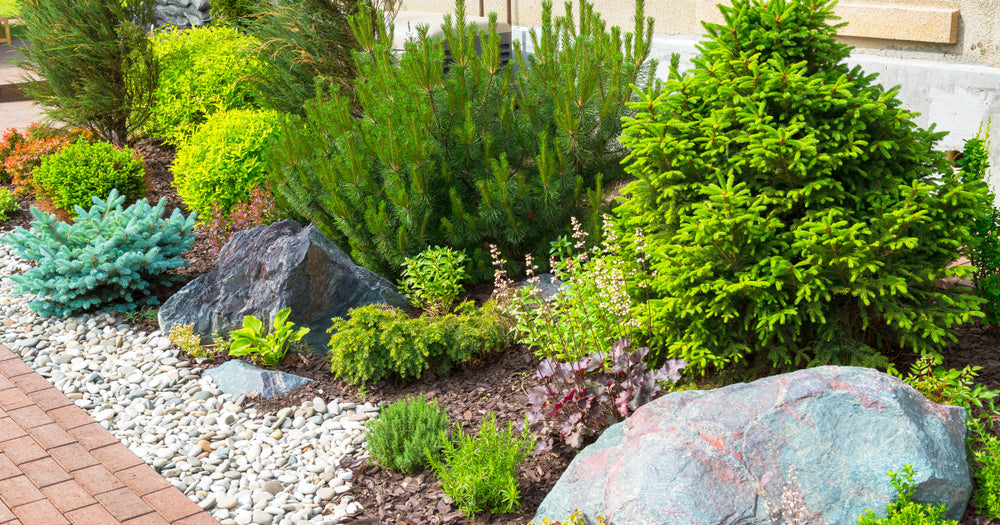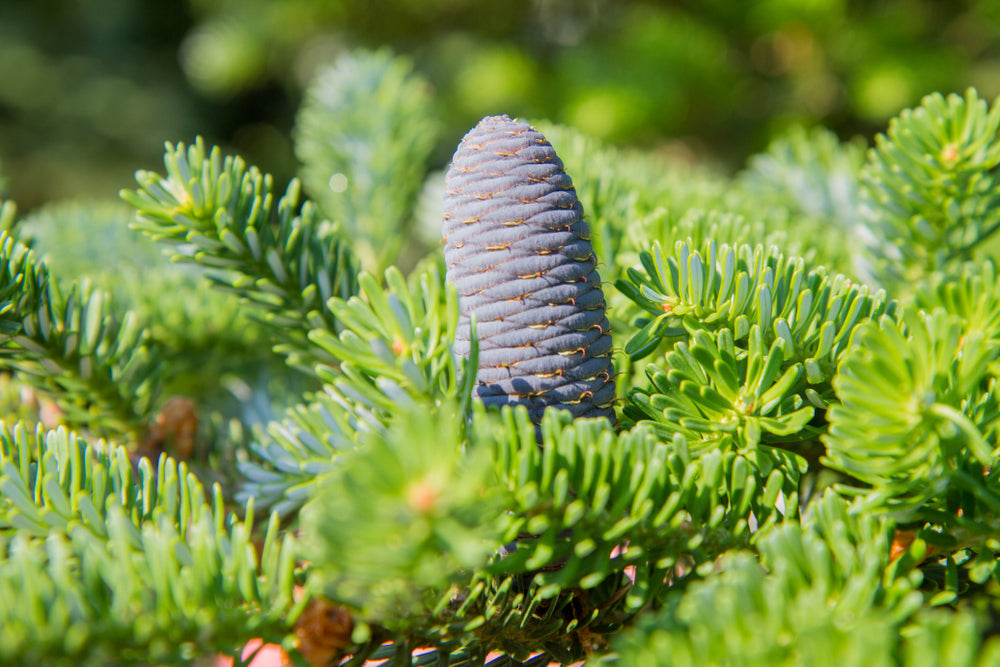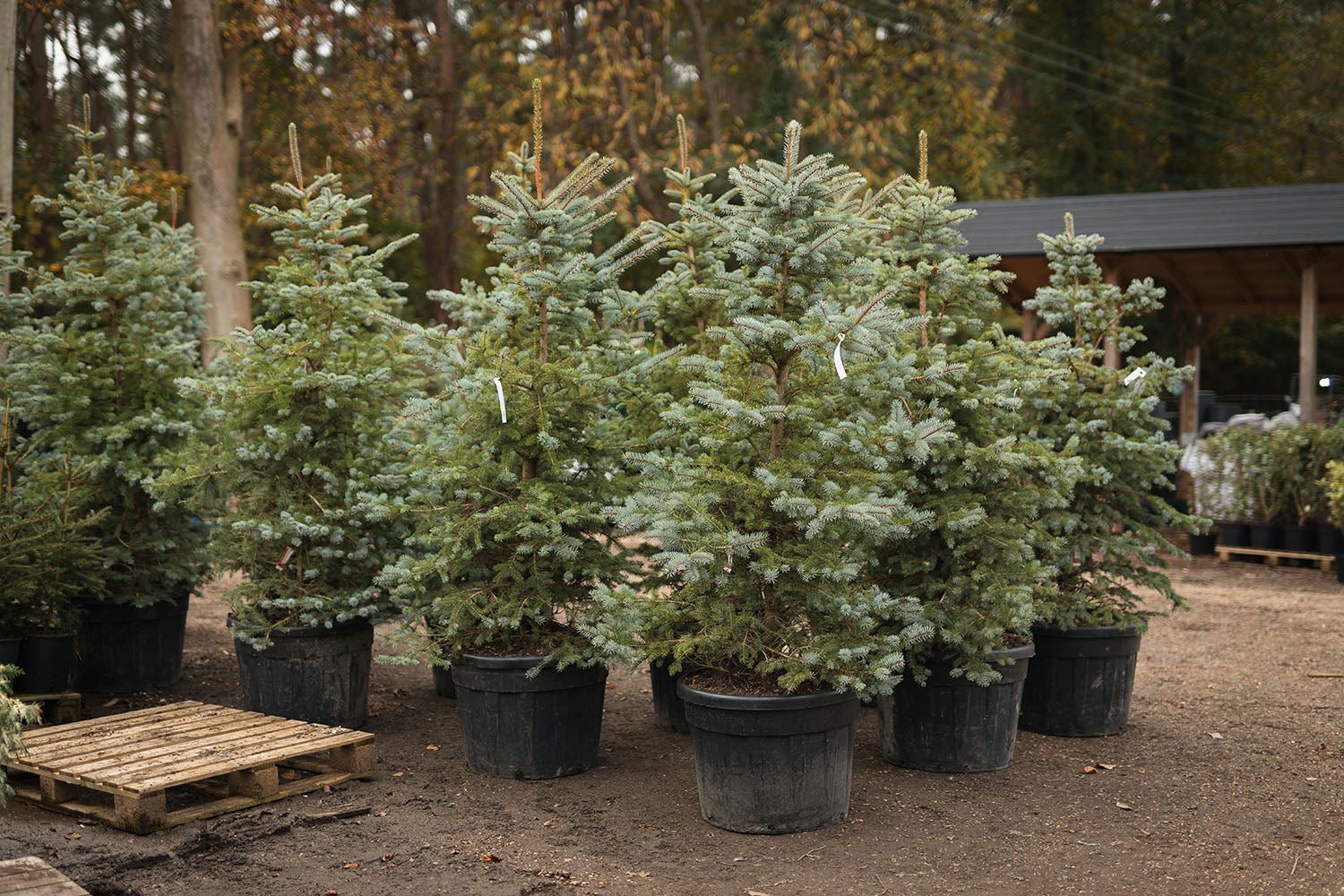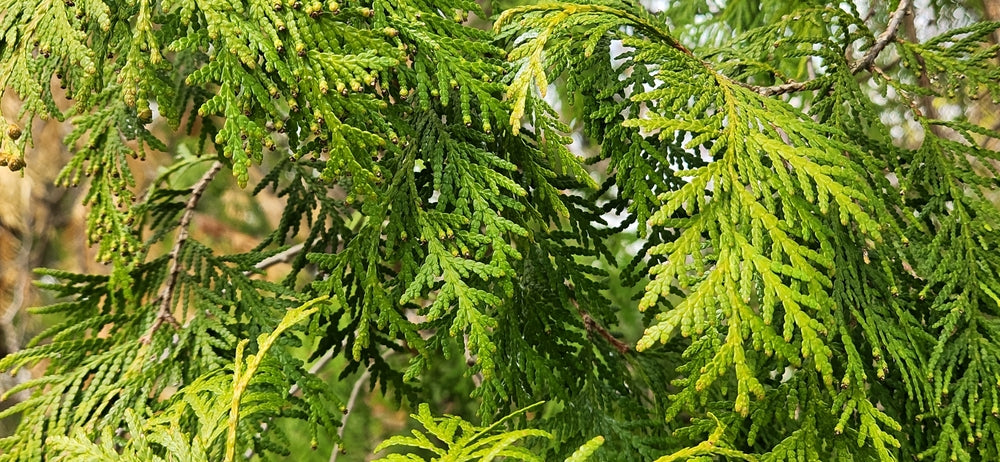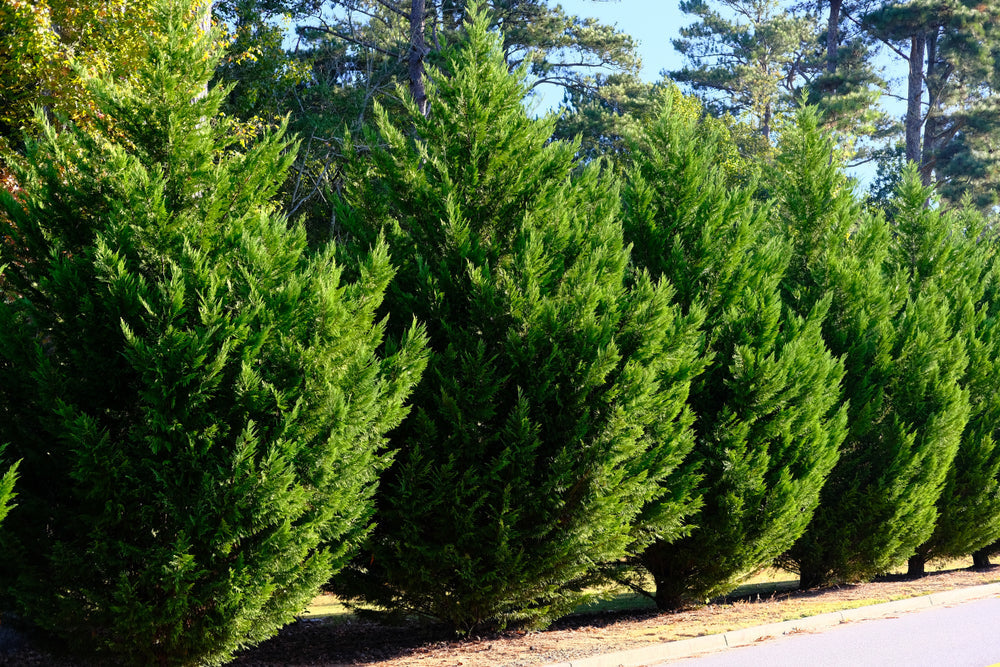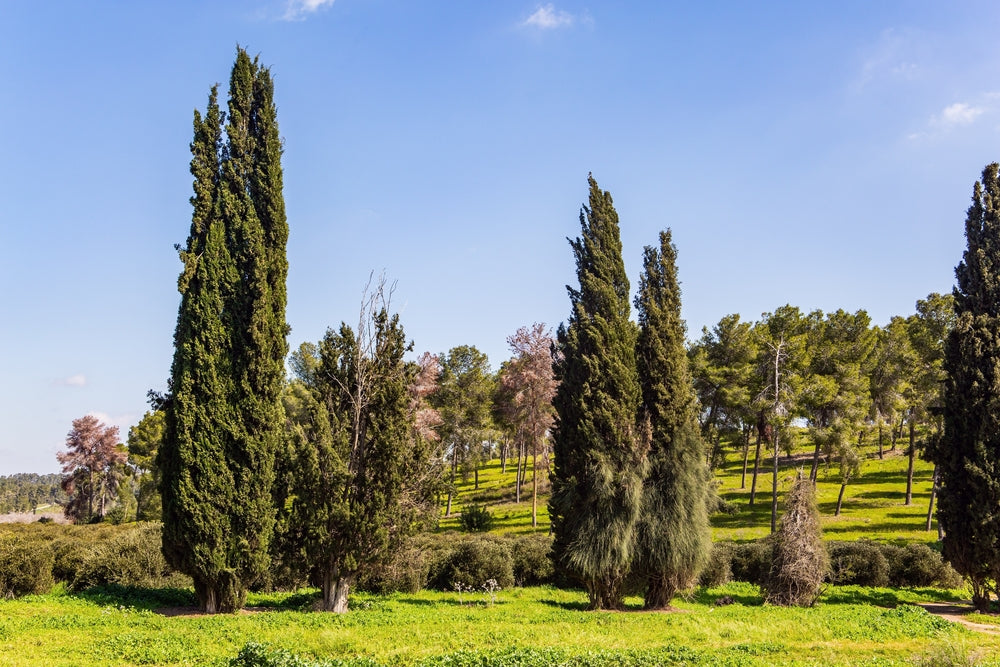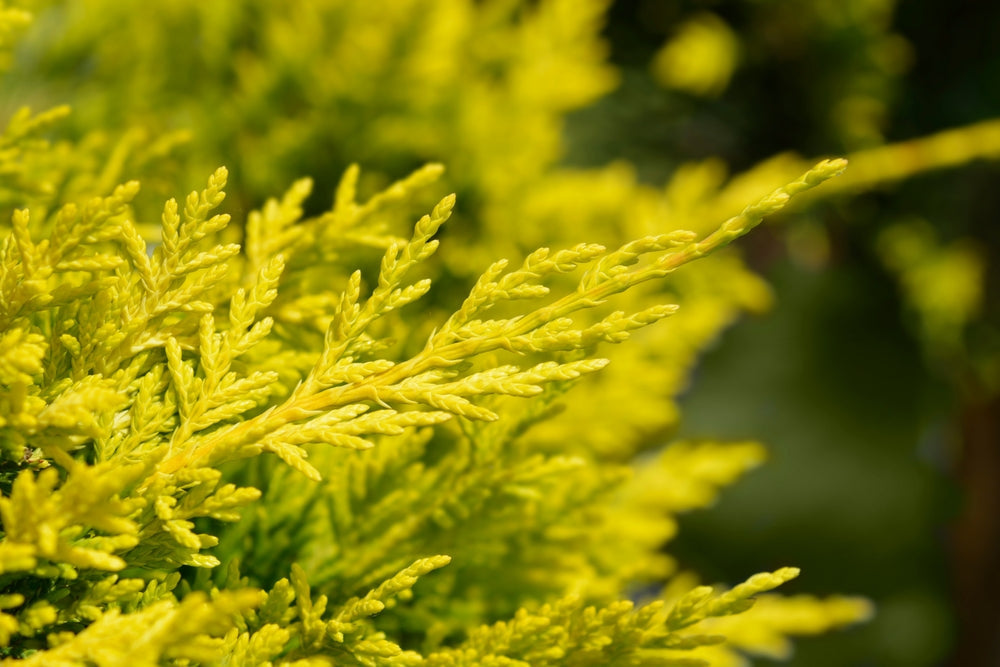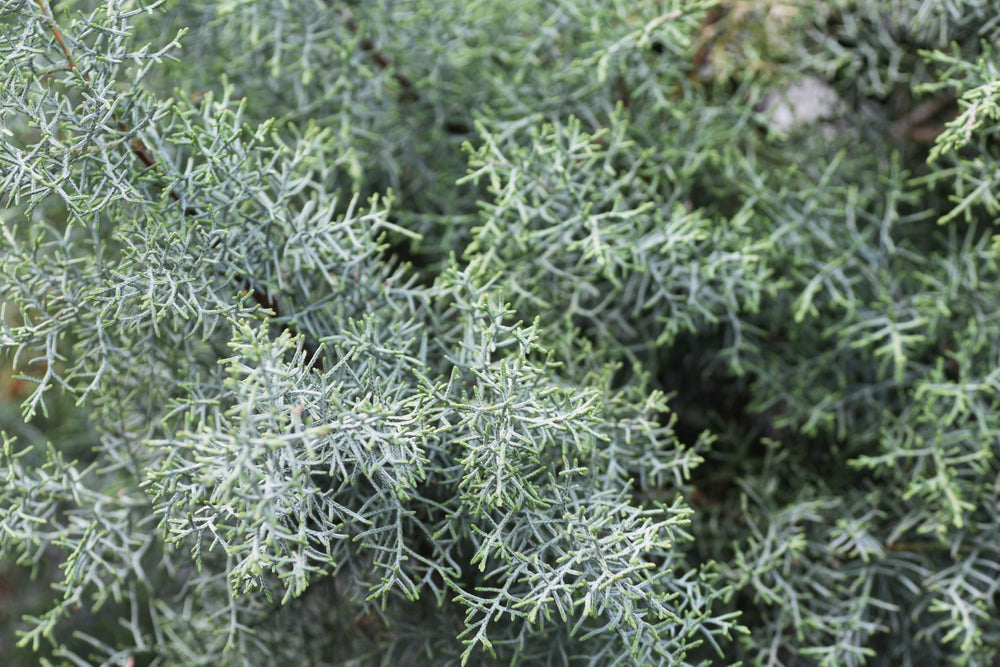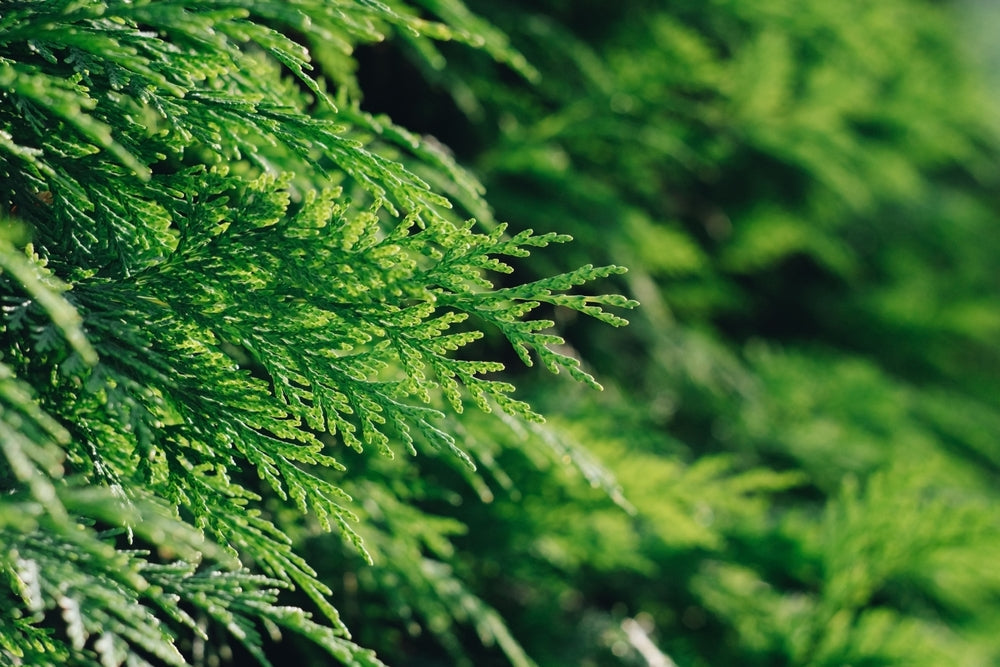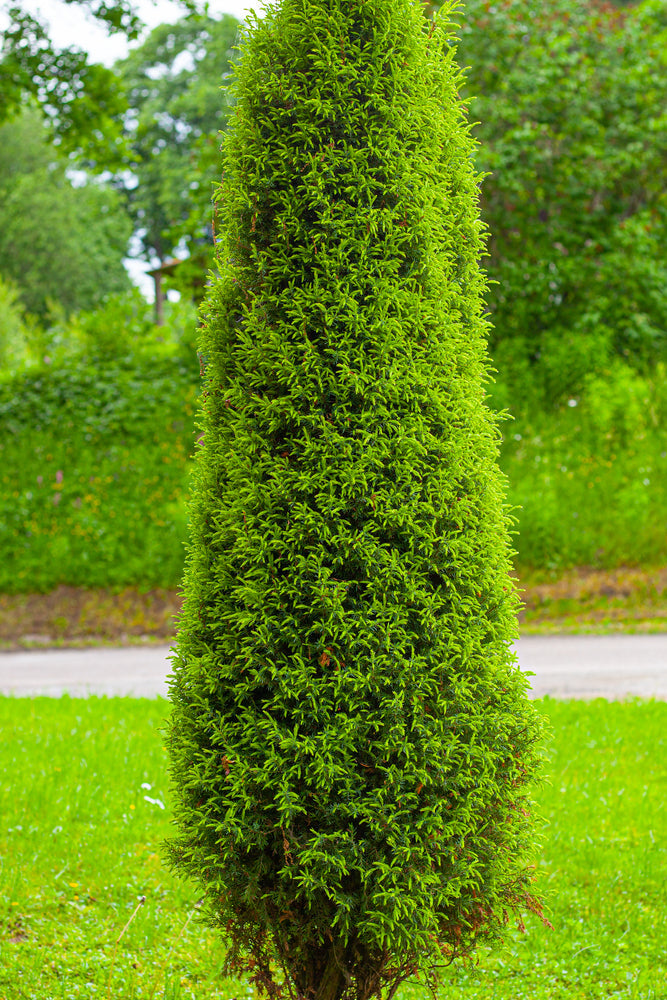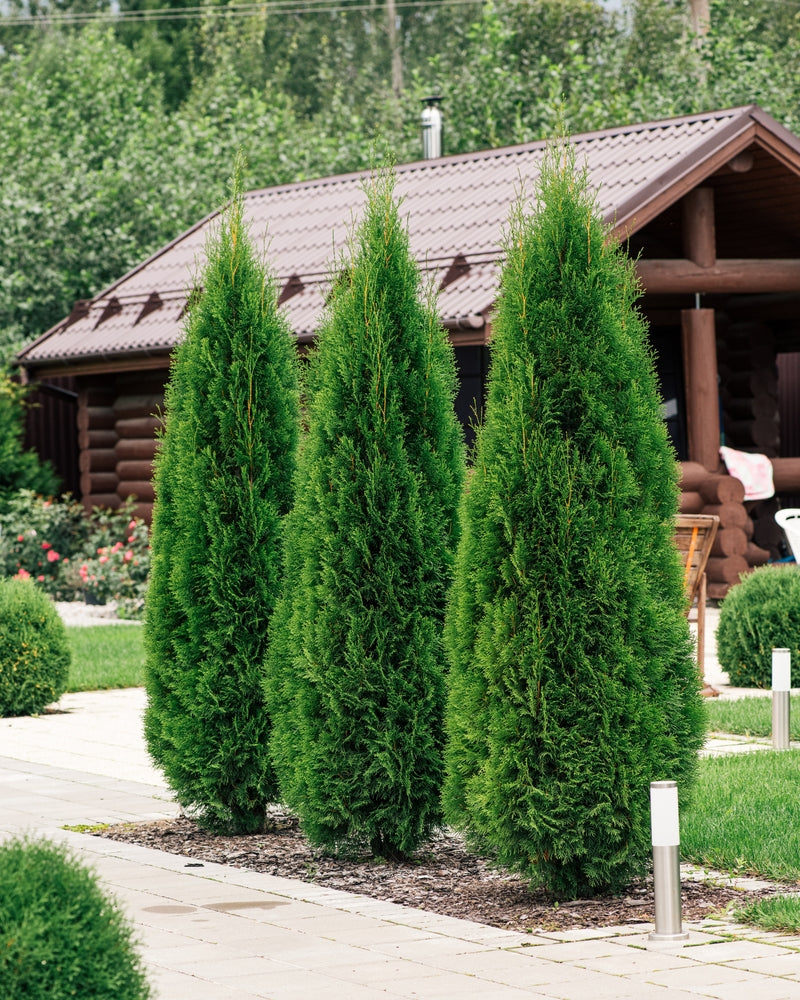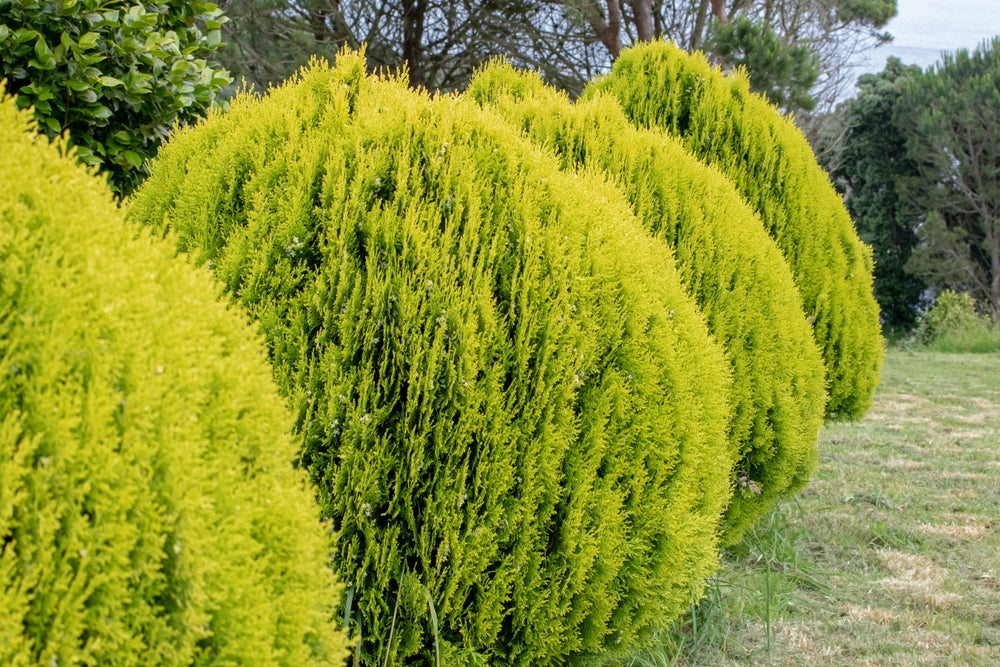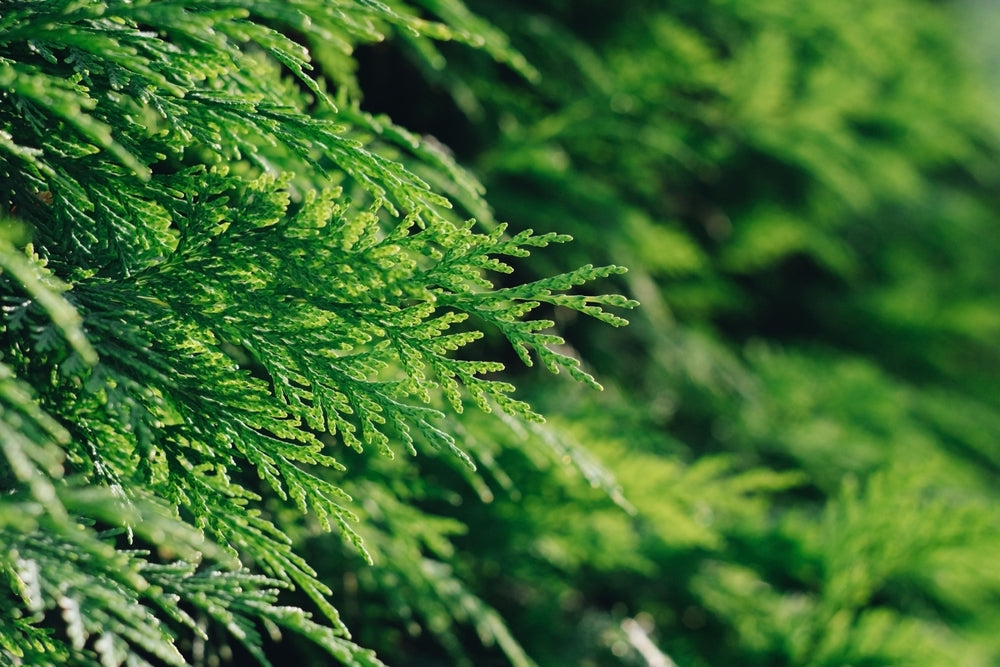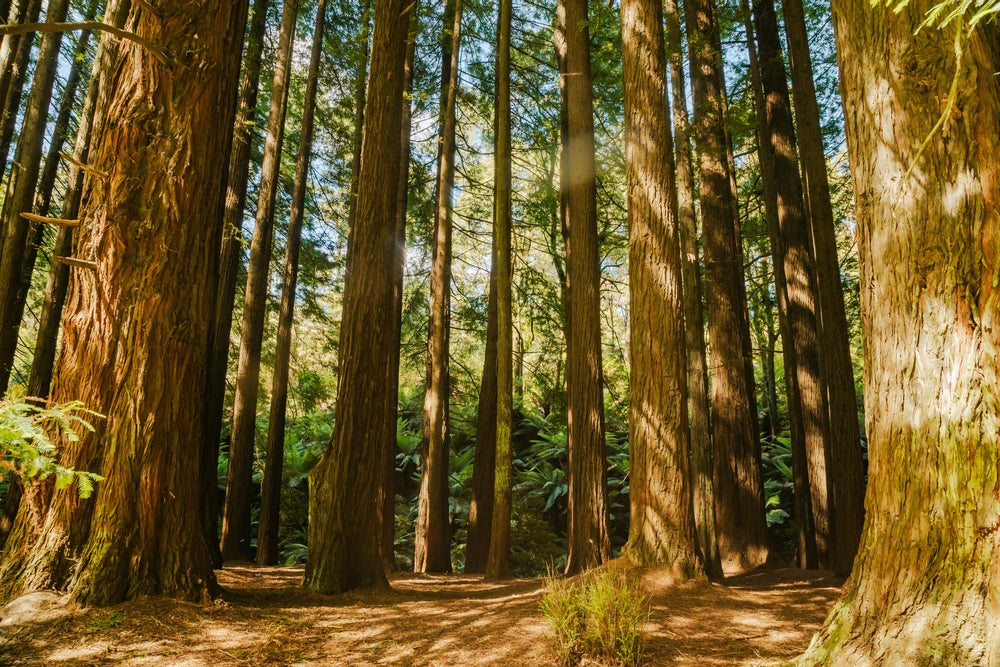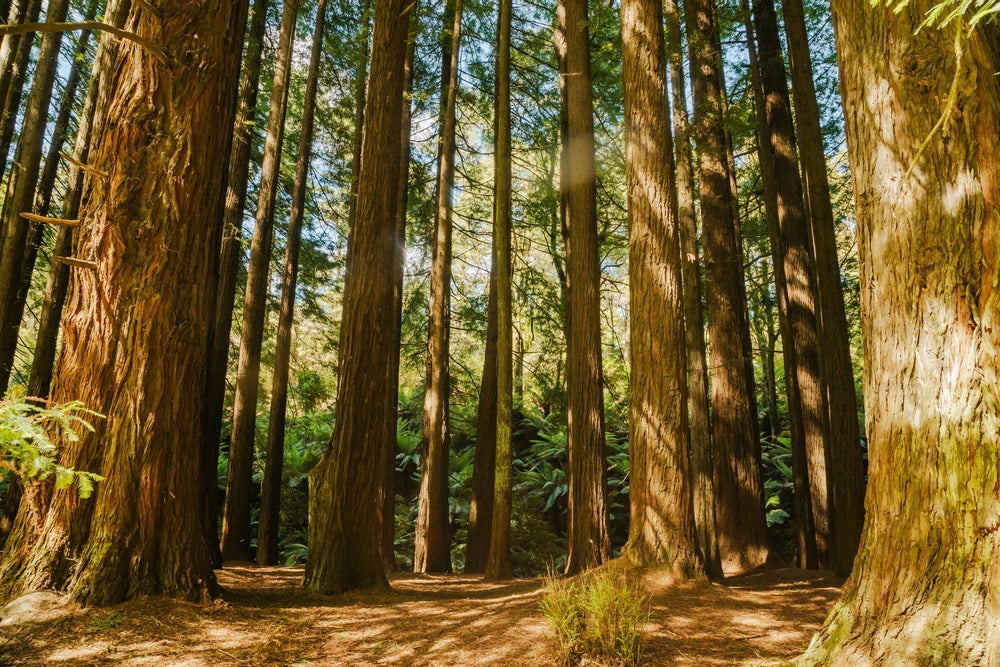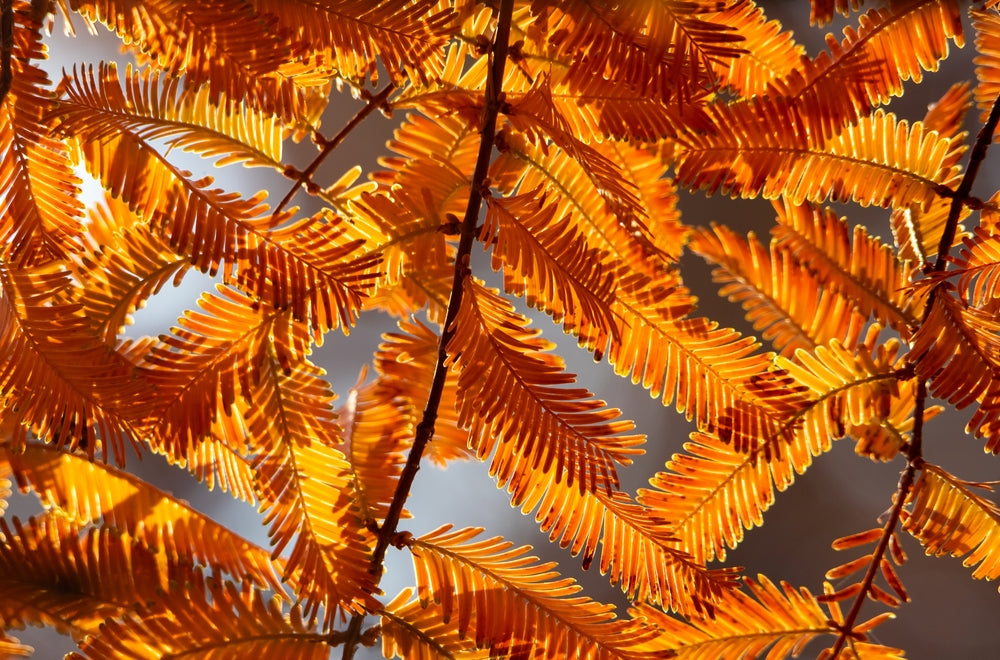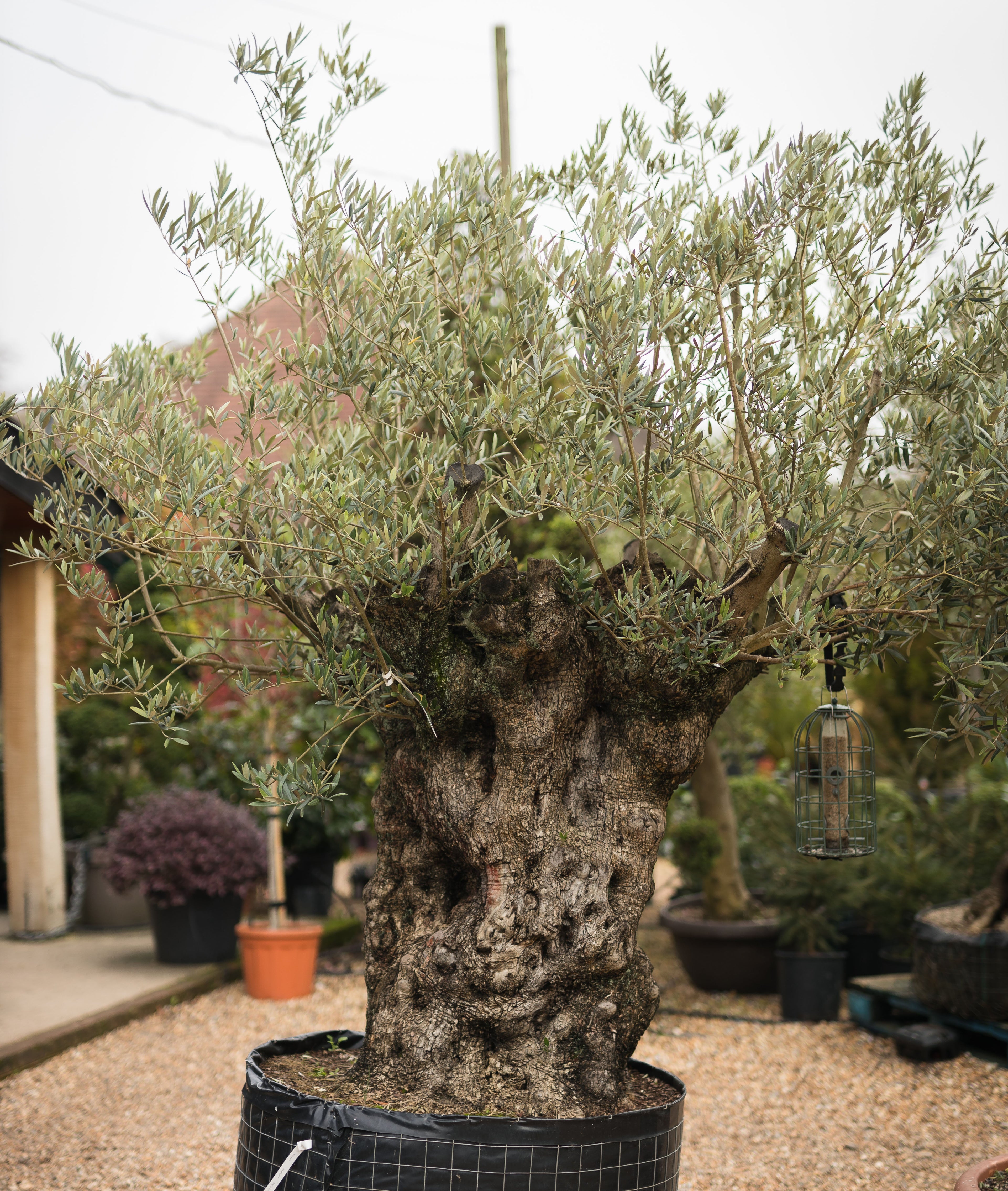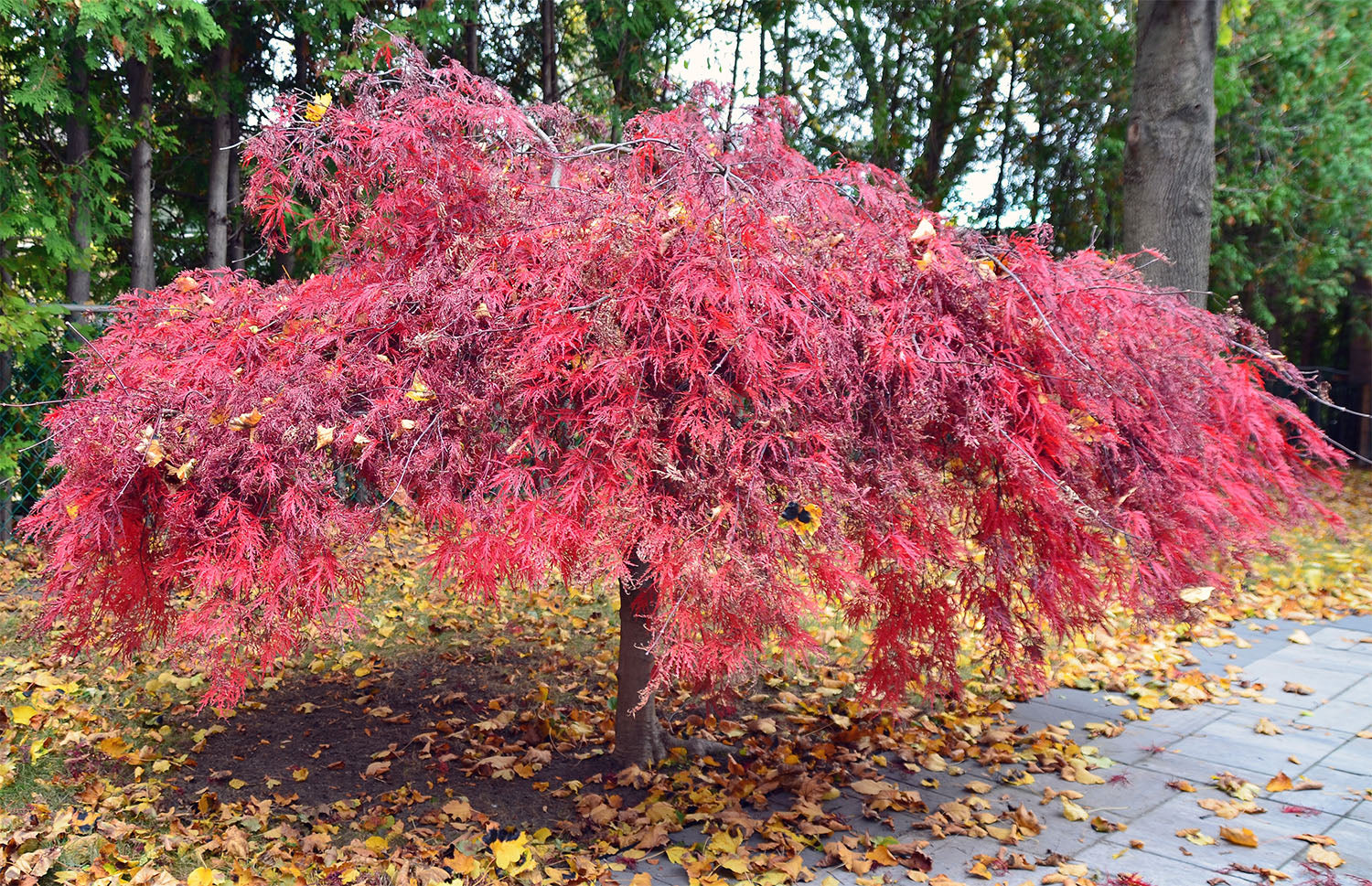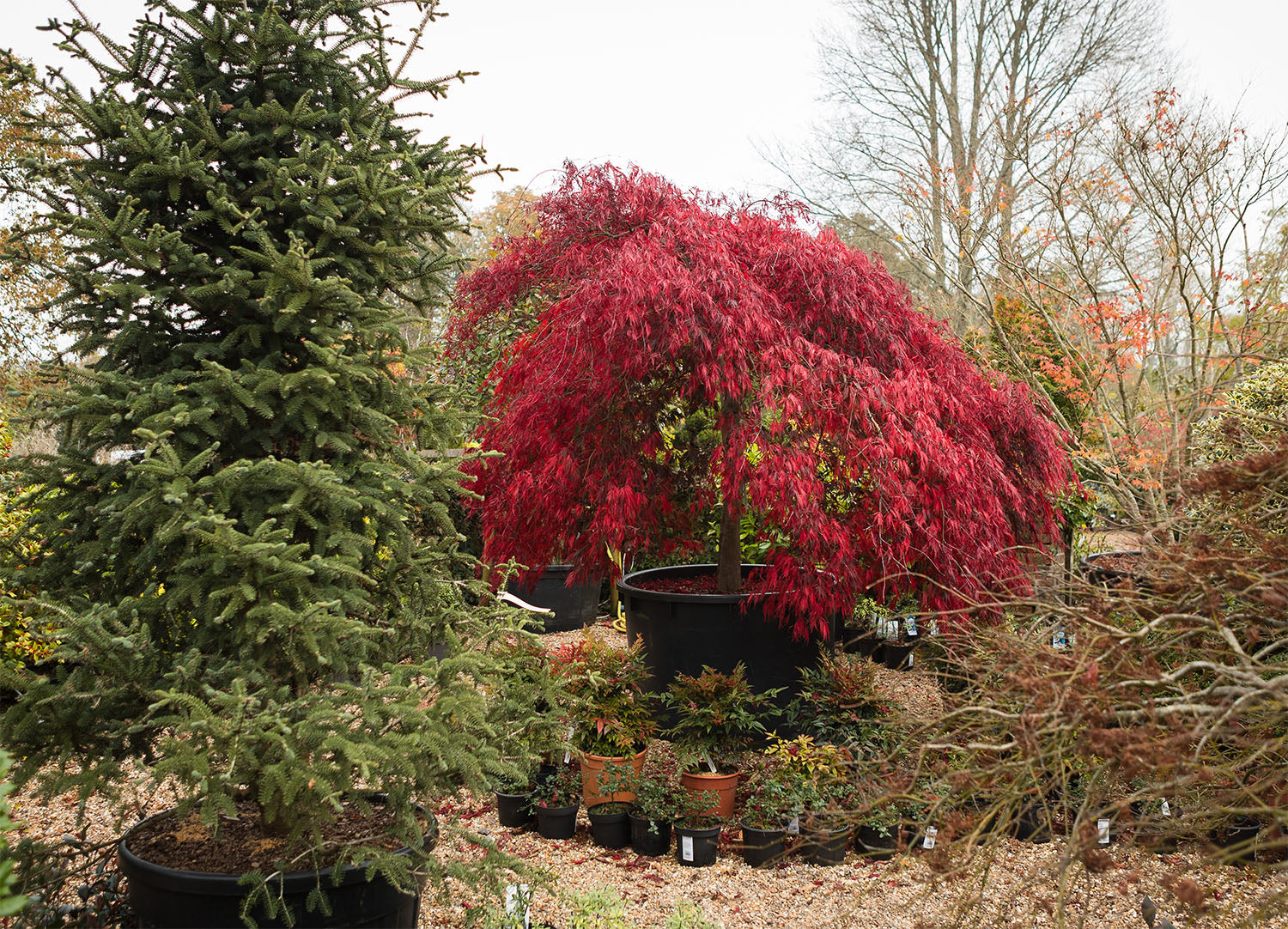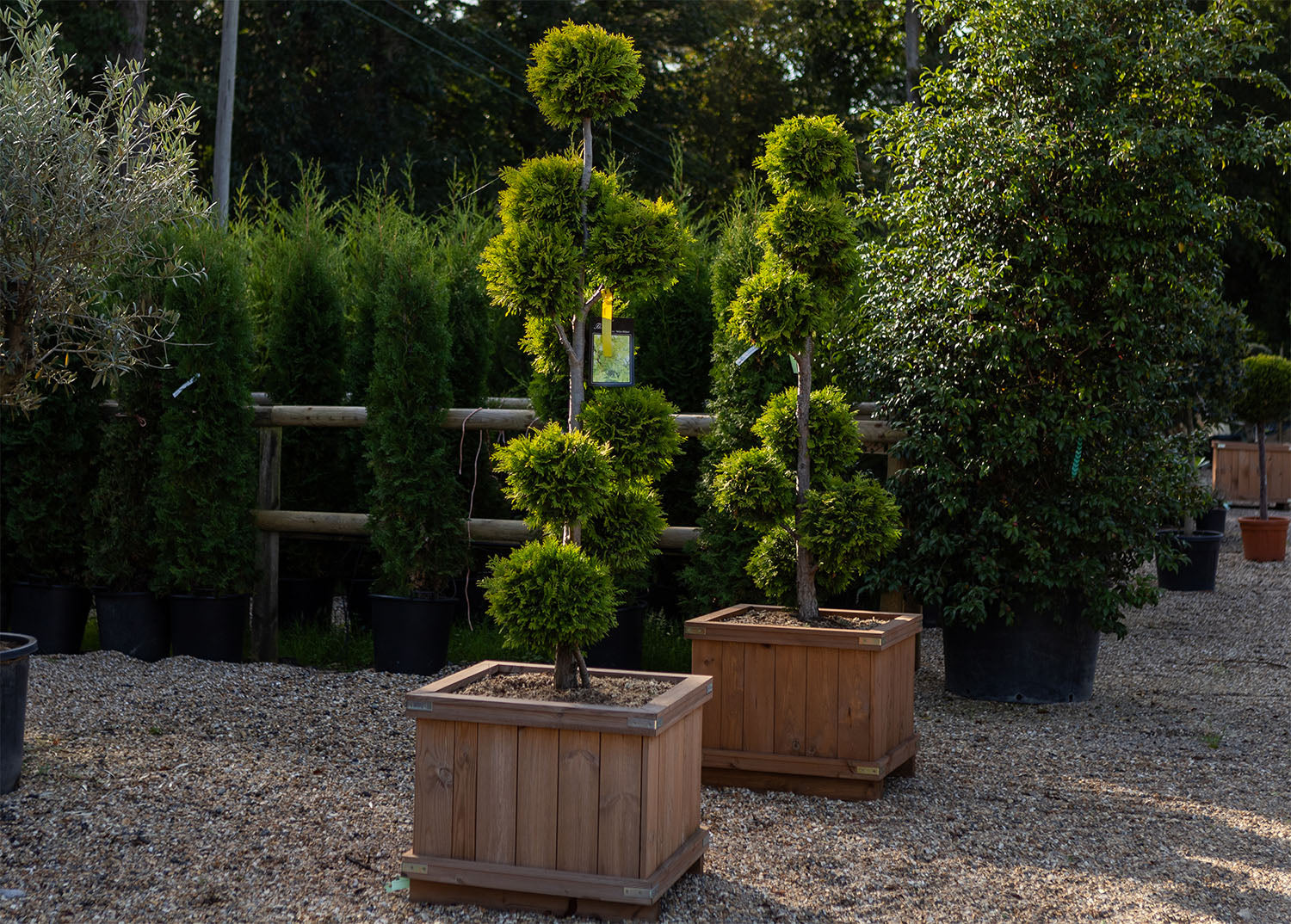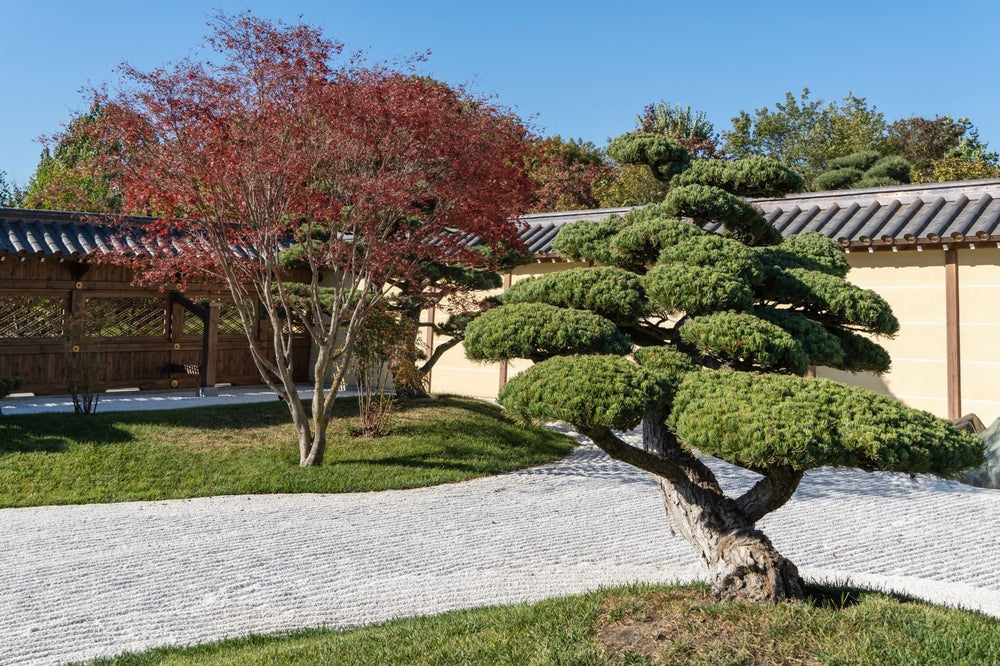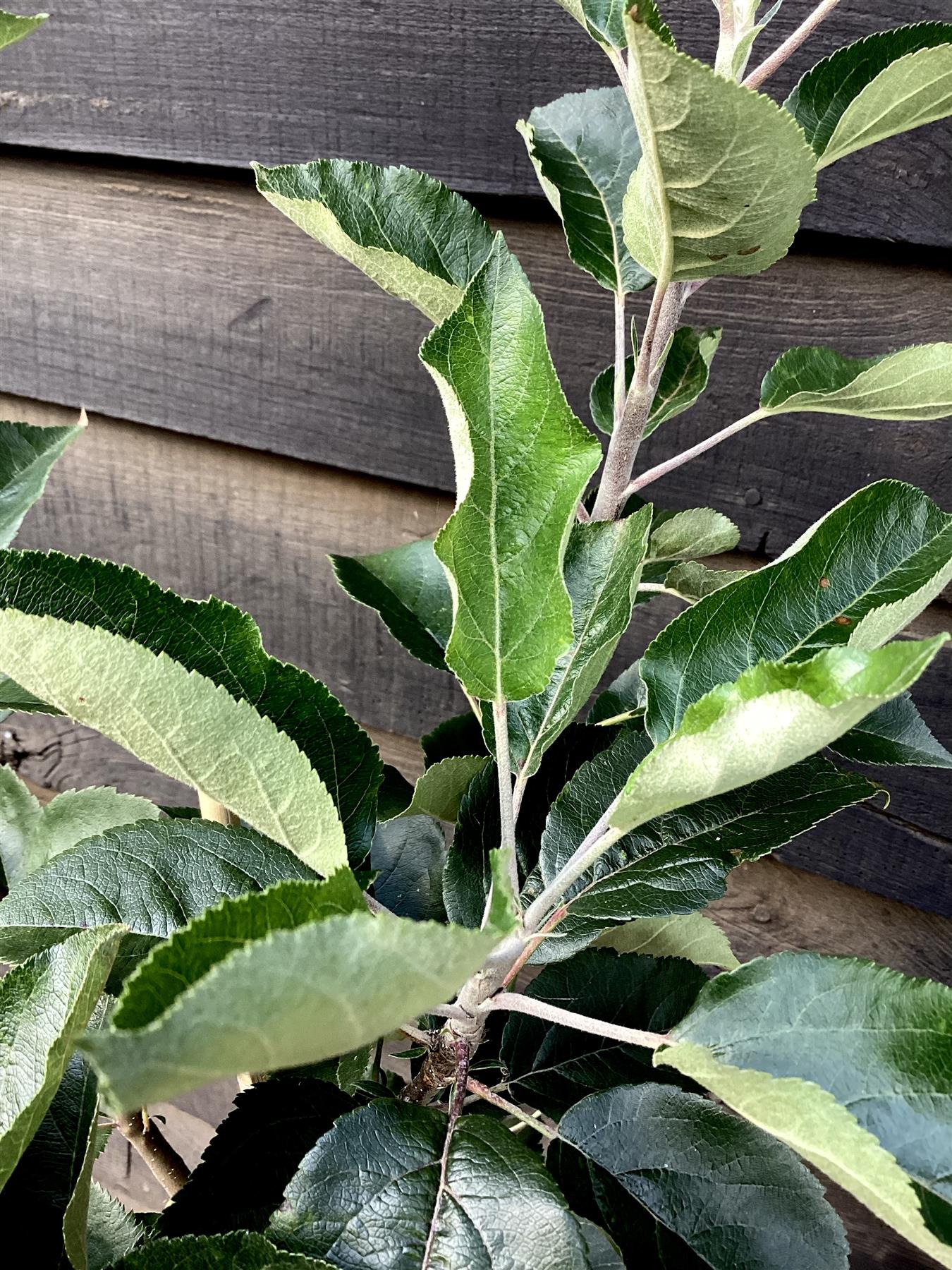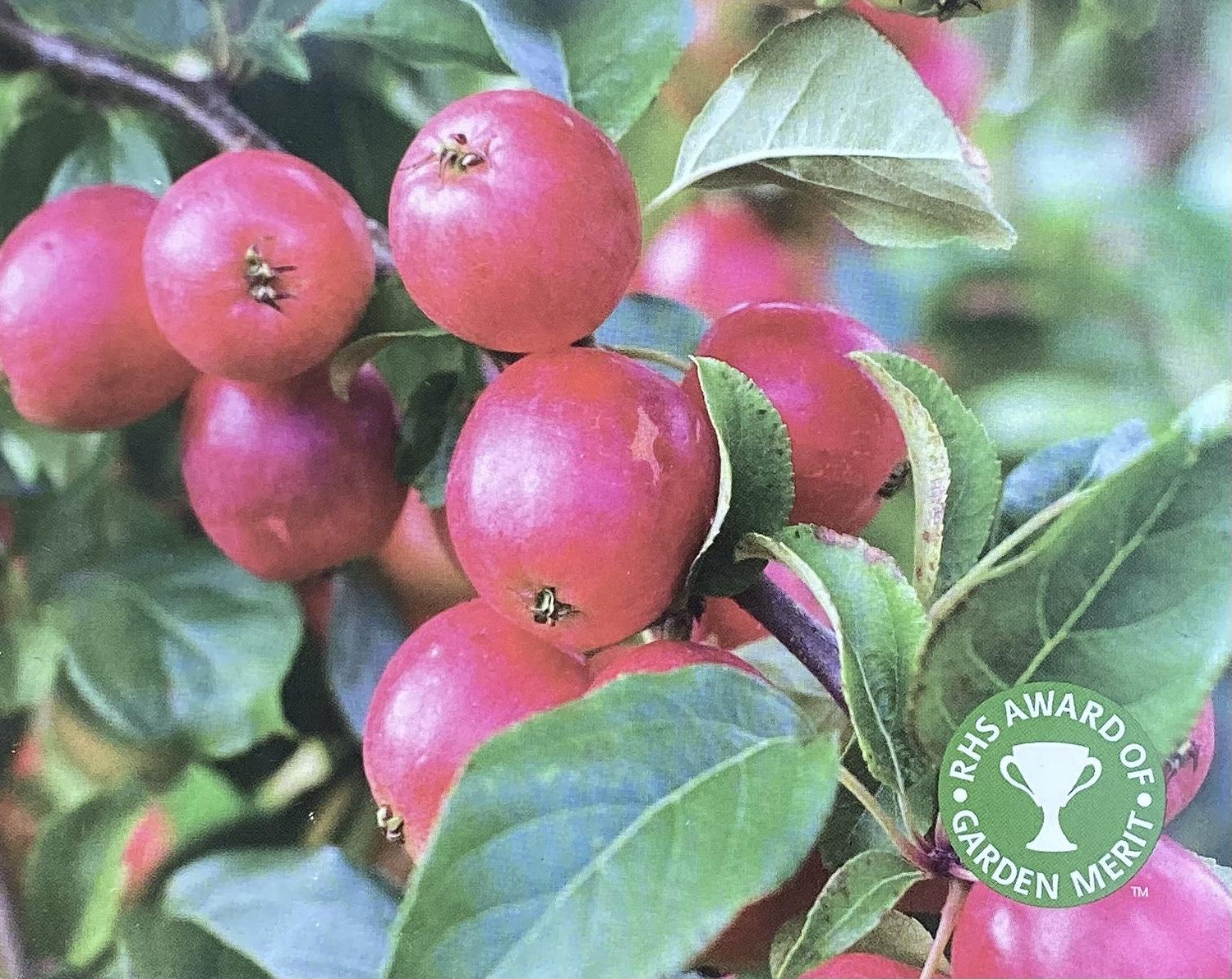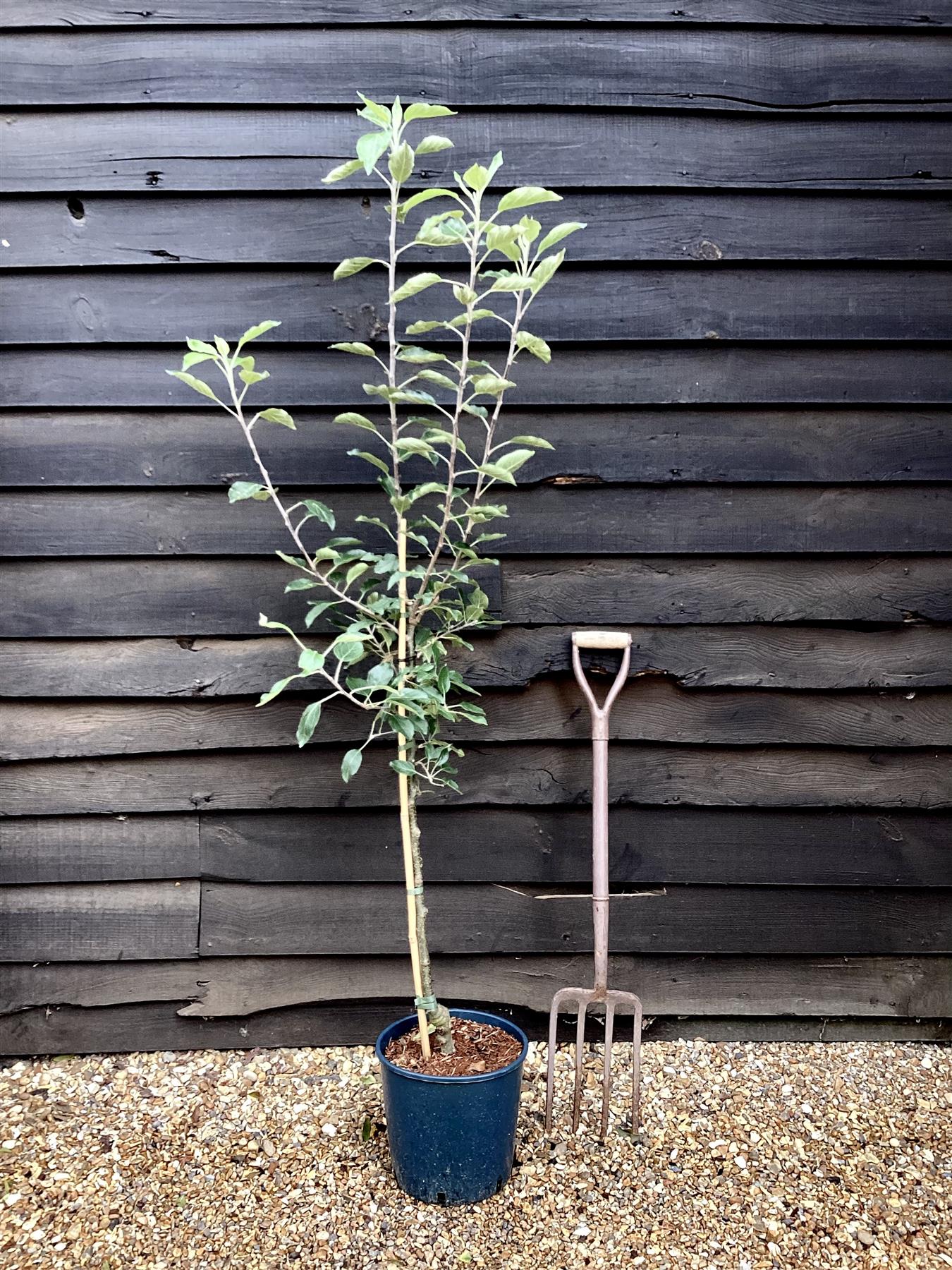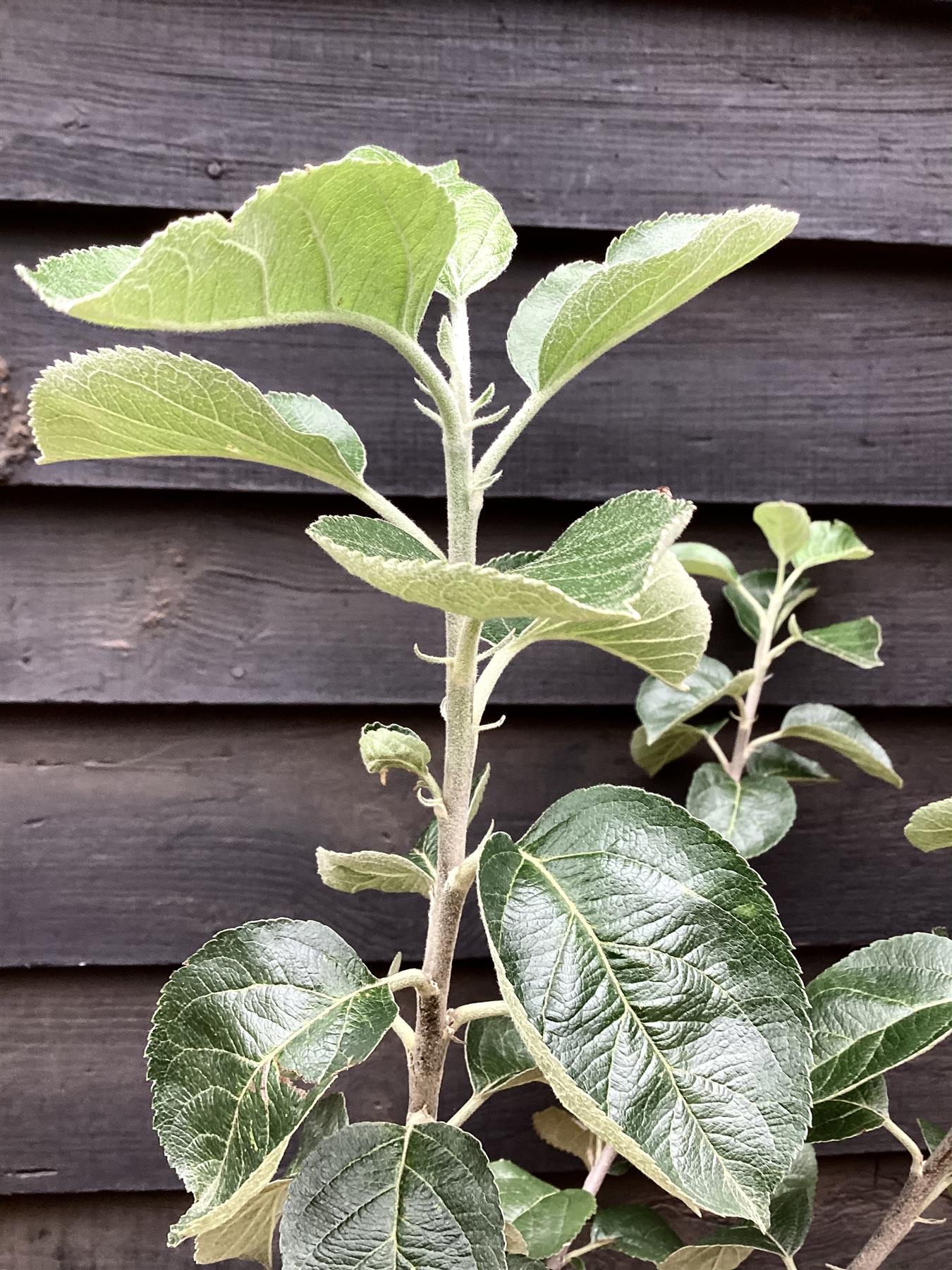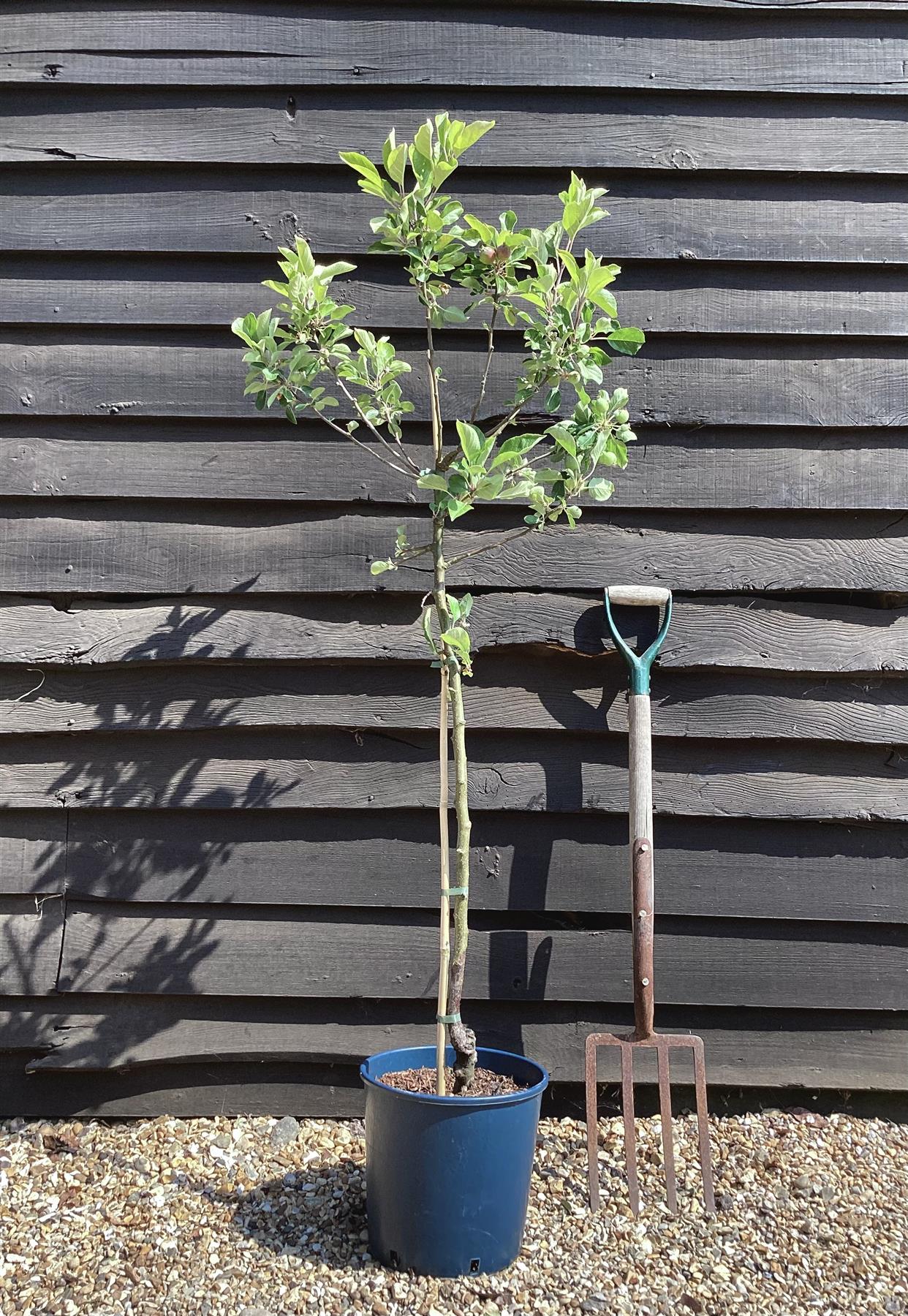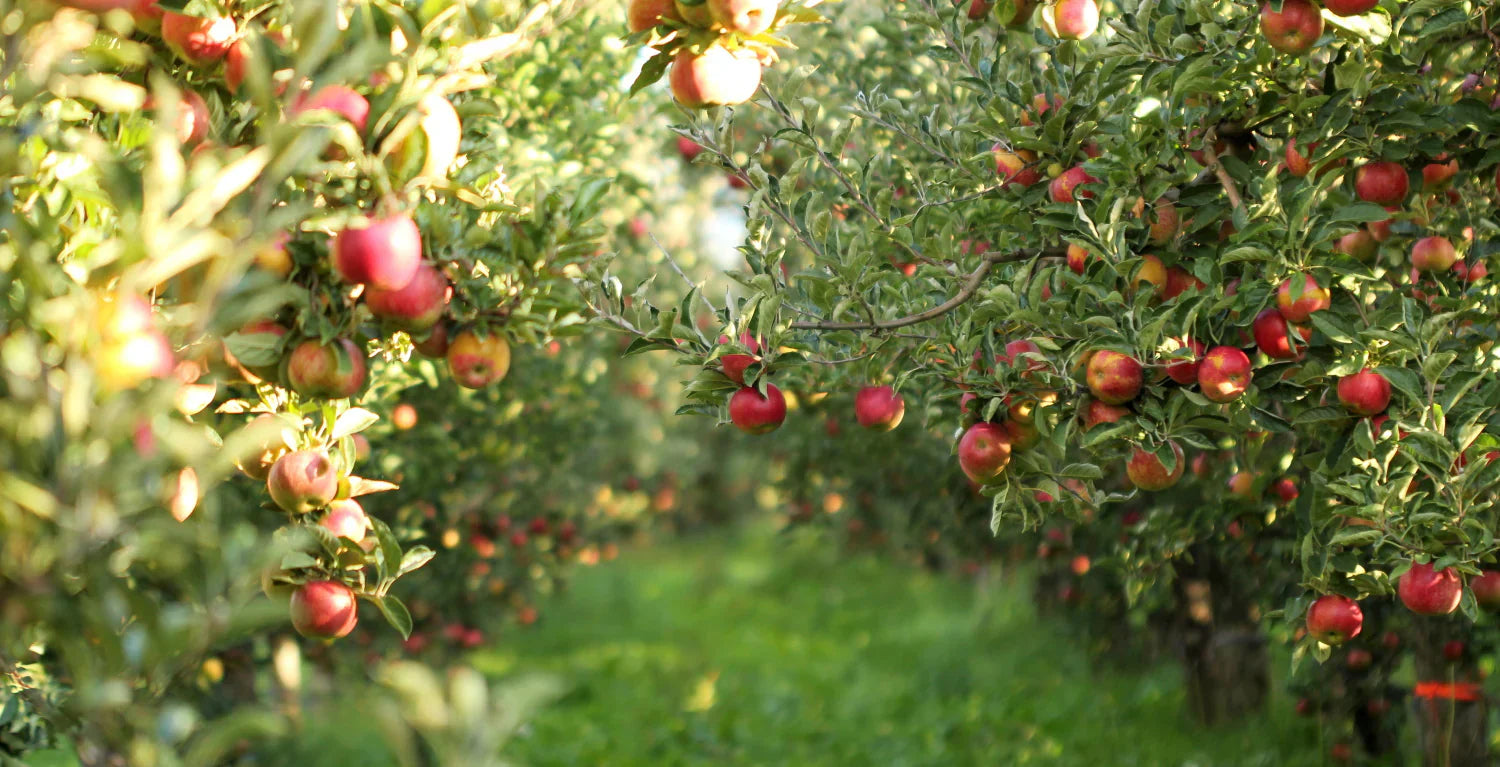24 products
24 products
Sort by:
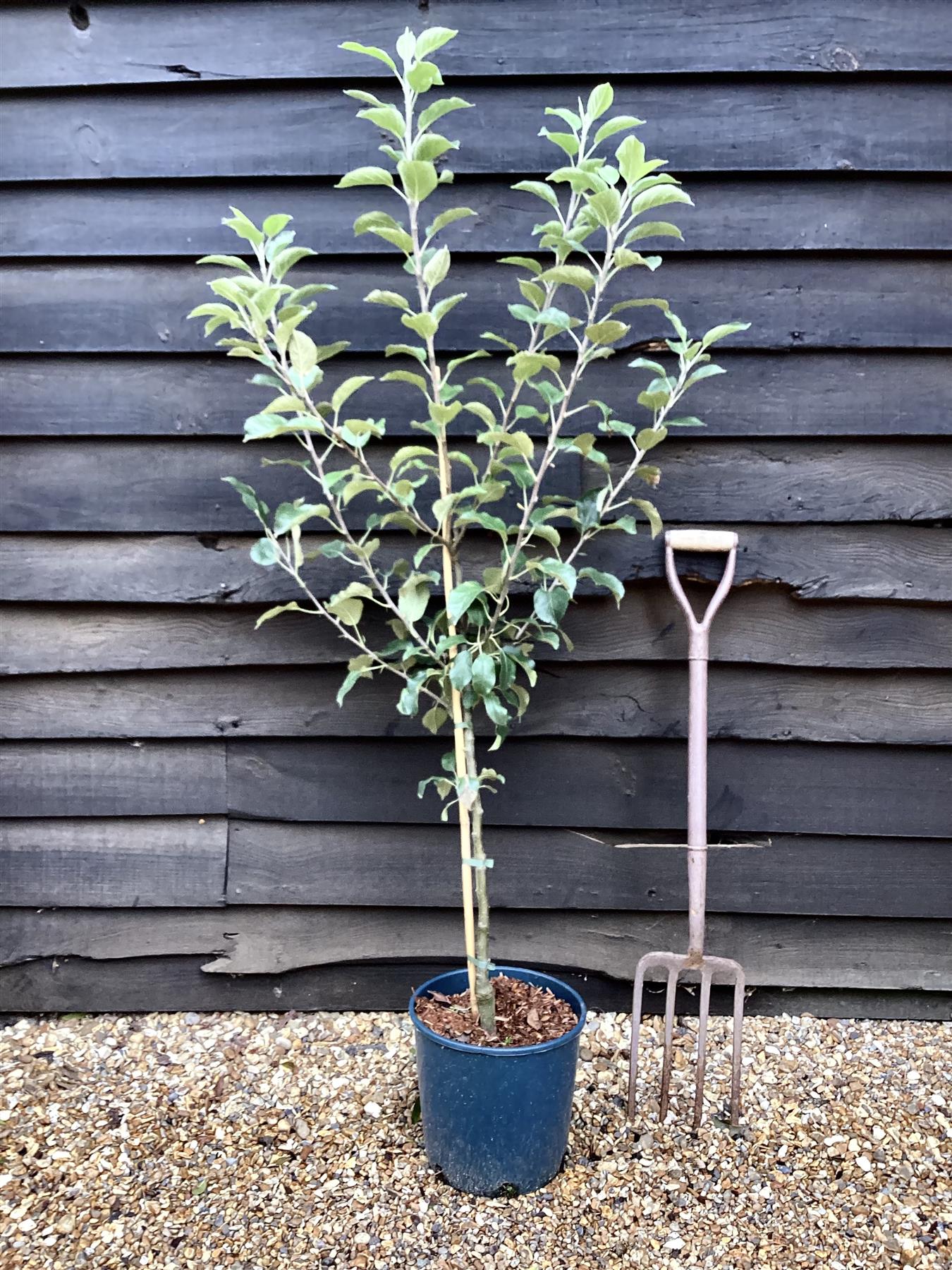
Apple tree 'Egremont Russet' | Malus domestica - M26 - Dwarfing - 120-140cm - 10lt
£77.00
Unit price perApple tree 'Egremont Russet' | Malus domestica - M26 - Dwarfing - 120-140cm - 10lt
£77.00
Unit price perMalus domestica 'Egremont Russet' is a deciduous, apple tree with ovate, green leaves, and fragrant, pale pink flowers blooming in late spring and summer. Rough-skinned, dull yellow, flushed red, apples with crisp, firm flesh and sweet, nutty flavour are ready for harvesting in October and can be stored until December. Malus domestica 'Egremont Russet' grows best in neutral, moderately fertile, consistently moist, but well-drained soils. It thrives in full sun and best crop is achieved in full sun, but it is tolerant of partial shade. It grows best in areas with cold winter and moderate summer temperatures, and medium to high humidity. Needs to be sheltered form harsh winter winds. Requires regular pruning and may need fruit thinning. Pollination group 2. 'Egremont Russet' Apple is a nice addition to any informal, cottage, and urban garden. It is mostly grown for its delicious fruit with characteristic nutty flavour. It produces good, regular crops. Suitable for growing in containers.
M26 is a semi-dwarfing rootstock (smaller than MM106) used for apple trees, particularly in orchards and home gardens. It produces trees 10-12 feet in height, making them easier to manage and harvest. M26 ensures early fruit production, good anchorage, and medium vigor. However, it requires staking during early years and is moderately susceptible to fire blight.
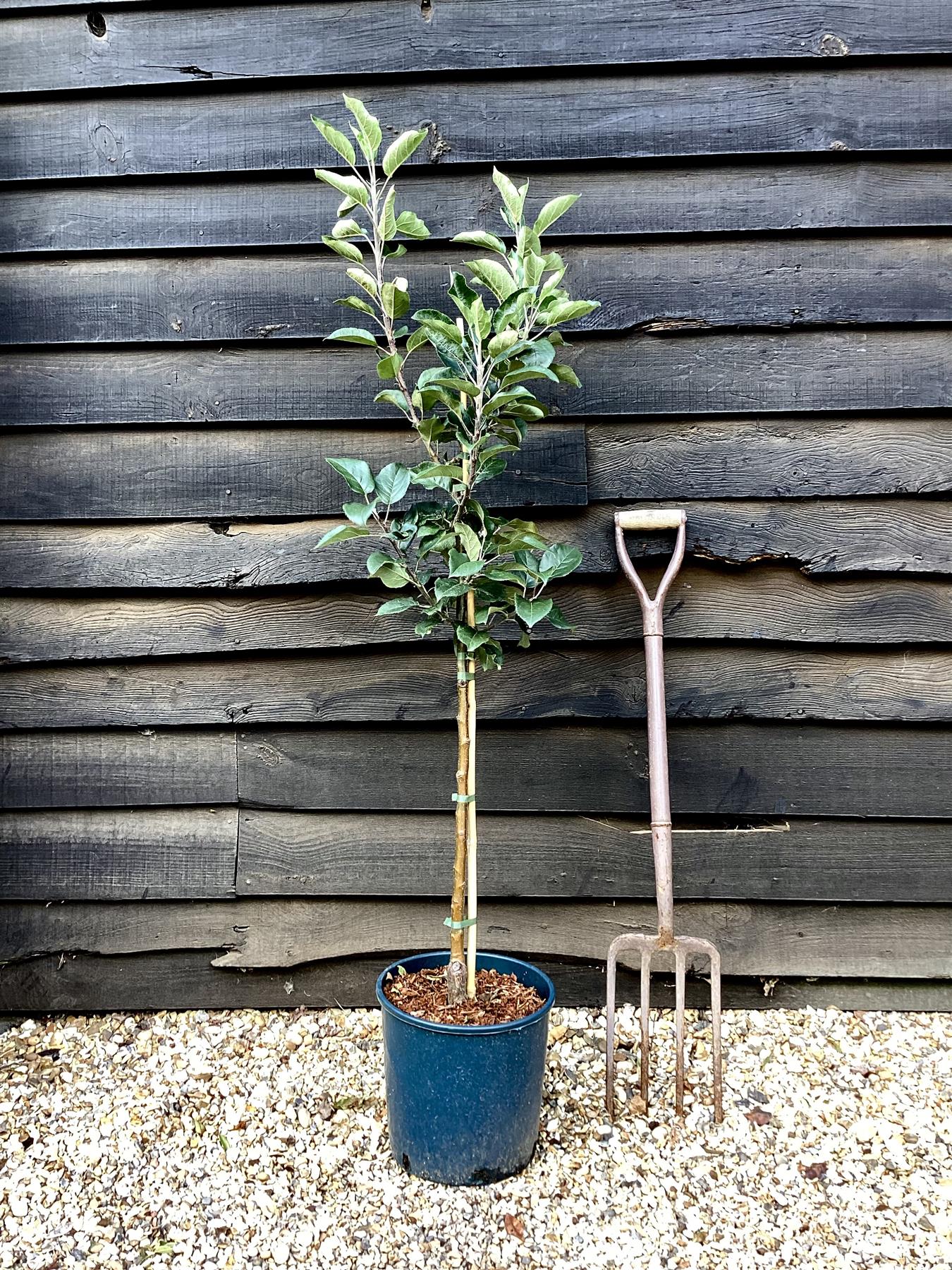
Apple tree 'Discovery' | Malus domestica - M26 - Dwarfing - 130-140cm - 10lt
£70.00
Unit price perApple tree 'Discovery' | Malus domestica - M26 - Dwarfing - 130-140cm - 10lt
£70.00
Unit price perMalus domestica 'Discovery' is an excellent early-producing apple tree with an upright, compact growth habit. Attractive white flowers emerge in spring, and delicious bright red apples, with hints of green and yellow, are ready for harvesting in late August and September. The apples are hard and crisp, sweet and slightly acidic, with delicate light flavour that has a touch of strawberry. As every early-producing variety, it can be stored only for a short period of time. Discovery Apple tree is very easy to care for. It is resilient and undemanding. It prefers neutral, well-drained soil, and full sun in a sheltered position. It is generally disease-resistant and pest-resistant and tolerates frost very well. It is not self-pollinating. It needs to cross-pollinate with other apple trees. As a partial tip-barer, it can be grown in cordons and espaliers. Suitable for containers and large pots.
M26 is a semi-dwarfing rootstock (smaller than MM106) used for apple trees, particularly in orchards and home gardens. It produces trees 10-12 feet in height, making them easier to manage and harvest. M26 ensures early fruit production, good anchorage, and medium vigor. However, it requires staking during early years and is moderately susceptible to fire blight.
Apple tree 'Cox Orange Pippin' | Malus domestica - M26 - Dwarfing - 150-160cm - 10lt
£77.00
Unit price perApple tree 'Cox Orange Pippin' | Malus domestica - M26 - Dwarfing - 150-160cm - 10lt
£77.00
Unit price perCox’s Orange Pippin apple is the classic English apple. It was discovered in England in 19th century as a chance seedling. It is famous for its rich and complex flavour and considered to be one of the finest dessert apples. The fruit is small to medium-sized. It has yellow skin with orange-red blush and crisp, firm, very juicy and aromatic flesh. The flavour has hints of mango and orange. Cox’s Orange Pippin apple plant is an upright tree with spreading growth habit. Its vigorous and bushy growth can become difficult to control. The plant is sensitive and demanding with regard to soil and climate. It needs exceptional soil and adequate weather conditions to grow well. It prefers rich neutral soil, moist but well drained, and sheltered position in full sun. It is susceptible to diseases and doesn’t tolerate frost. The best flavour is achieved in cool maritime climate.
M26 is a semi-dwarfing rootstock (smaller than MM106) used for apple trees, particularly in orchards and home gardens. It produces trees 10-12 feet in height, making them easier to manage and harvest. M26 ensures early fruit production, good anchorage, and medium vigor. However, it requires staking during early years and is moderately susceptible to fire blight.
Apple tree 'Braeburn' | Malus domestica - M26 - Dwarfing - 150-160cm - 10lt
£77.00
Unit price perApple tree 'Braeburn' | Malus domestica - M26 - Dwarfing - 150-160cm - 10lt
£77.00
Unit price perBraeburn Apples, Malus Domestica ‘Braeburn’, is a very popular, modern apple variety, discovered in New Zealand in 1952. as a “chance seedling”. Probably a relative of Lady Hamilton and Granny Smith apple. It is an all-purpose apple and its luscious strong flavour resembles the classic apple cultivars. Its moderately vigorous tree has green oval leaves, pure white flowers, and yellow-red fruit. Requires pruning every year for larger crop. Dwarf and semi-dwarf trees are popular because they produce more fruit and are easier to manage. This apple tree prefers full sun and sheltered, frost-free locations. It needs deep, loamy, fertile, moist, but well-drained soil. It is self-pollinated but its crop is better if cross-pollinated with varieties that bloom at the same time. Apple fruits are firm and crisp, sweet and tasteful, perfect for eating and cooking. Apart from that, Braeburn Apple trees are very decorative and a nice addition to the landscape.
M26 is a semi-dwarfing rootstock (smaller than MM106) used for apple trees, particularly in orchards and home gardens. It produces trees 10-12 feet in height, making them easier to manage and harvest. M26 ensures early fruit production, good anchorage, and medium vigor. However, it requires staking during early years and is moderately susceptible to fire blight.
Apple tree 'Blenheim Orange' | Malus domestica - MM26 - Dwarfing - 150-160cm - 10lt
£70.00
Unit price perApple tree 'Blenheim Orange' | Malus domestica - MM26 - Dwarfing - 150-160cm - 10lt
£70.00
Unit price perMalus domestica Blenheim Orange is a very old English apple variety. It’s an attractive, vigorous apple tree with pale pink flowers blooming in April and May and large, golden, flushed red, crisp, nutty, dessert and cooking apples with crumbly texture. Ready for harvesting in September and October. Malus domestica Blenheim Orange prefers moderately fertile, moist, well-drained soil in full sun. It can tolerate partial shade, but the crop is best in full sun. It is suitable for northerly, cooler, rainier climates. Resistant to scab and mildew. It can withstand frost, but it needs to be sheltered from harsh winds. It’s a triploid, it needs two other varieties for pollination. Regular pruning is required. Apple ‘Blenheim Orange’ is a vigorous architectural tree perfect for informal, cottage, and urban gardens. Suitable for growing in containers. Fruits can be eaten fresh, cooked to purée or cooked to keep its shape. It is thought to be one of the best dual purpose apples.
M26 is a semi-dwarfing rootstock (smaller than MM106) used for apple trees, particularly in orchards and home gardens. It produces trees 10-12 feet in height, making them easier to manage and harvest. M26 ensures early fruit production, good anchorage, and medium vigor. However, it requires staking during early years and is moderately susceptible to fire blight.
Apple tree 'James Grieve' | Malus domestica - 150-160cm - 10lt
£70.00
Unit price perApple tree 'James Grieve' | Malus domestica - 150-160cm - 10lt
£70.00
Unit price perJames Grieve Apple is a hardy, deciduous tree suitable for cold climate zones. It is best grown in northerly areas with cold winters, moderate summer temperatures, and medium to high humidity. It’s an old apple variety, raised in 1893. in Edinburgh, Scotland, by James Grieve from pollination of Cox’s Orange Pippin and most likely Pott’s Seedling apple. Generally, a resilient plant, it needs some protection from harsh winds. It’s a good polliniser for other apples. It cannot be found in supermarkets because it is sensitive to pressure and easily bruised and cannot sustain supermarket handling.
James Grieve apples are medium to large, yellow-green, speckled and striped orange-red, with creamy, refreshing and very juicy flesh. At the beginning of season, it is sharp and perfect for cooking, retaining its shape when cooked. After a few weeks, it becomes milder and sweeter, like a firm pear in texture.
Showing 24/24



